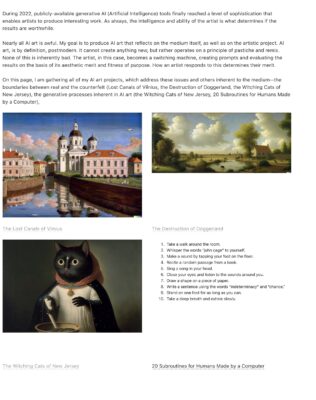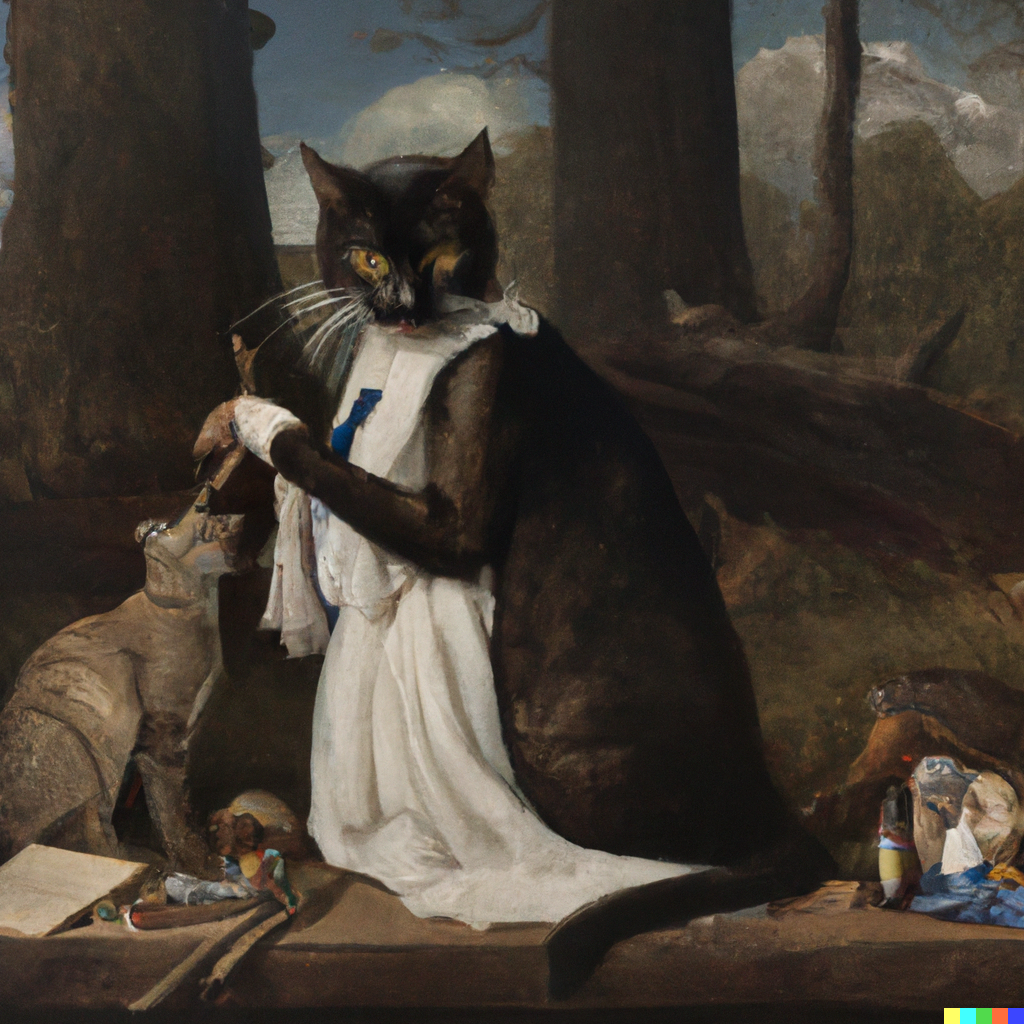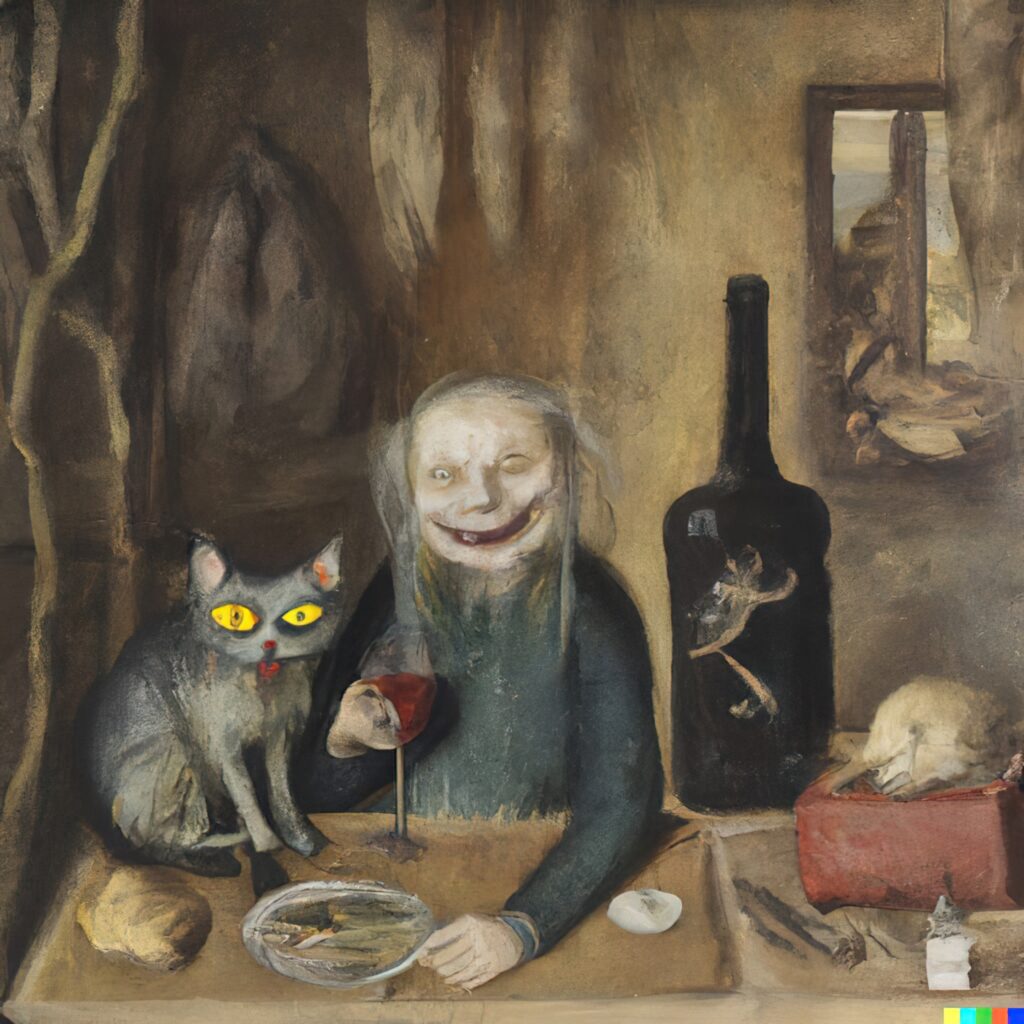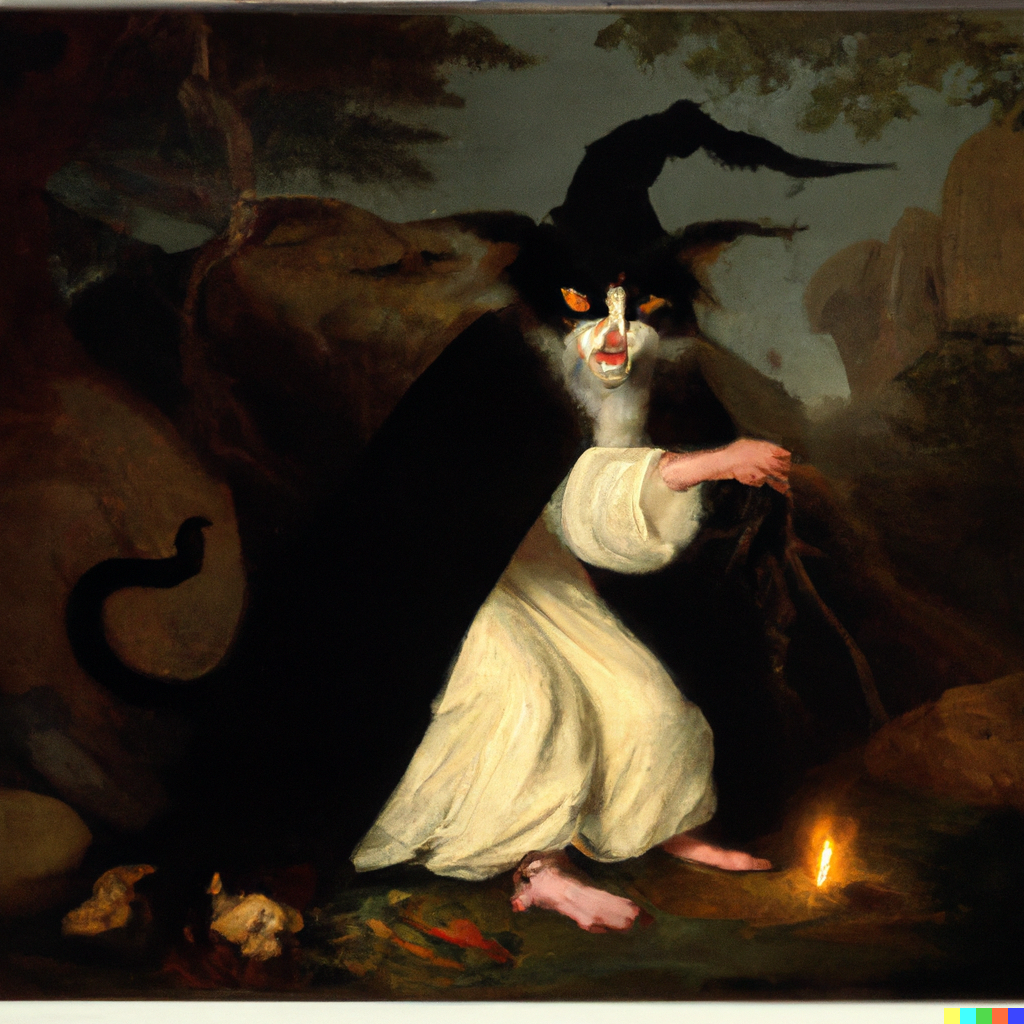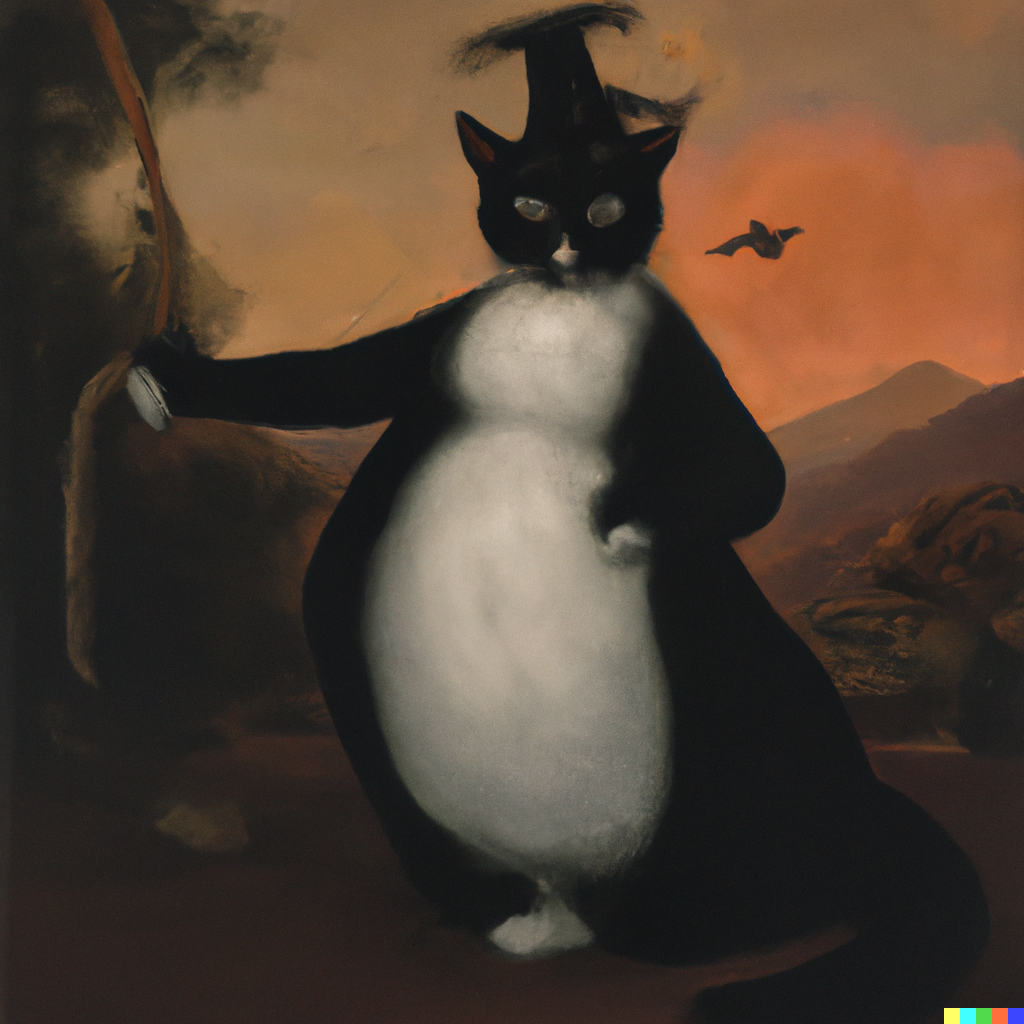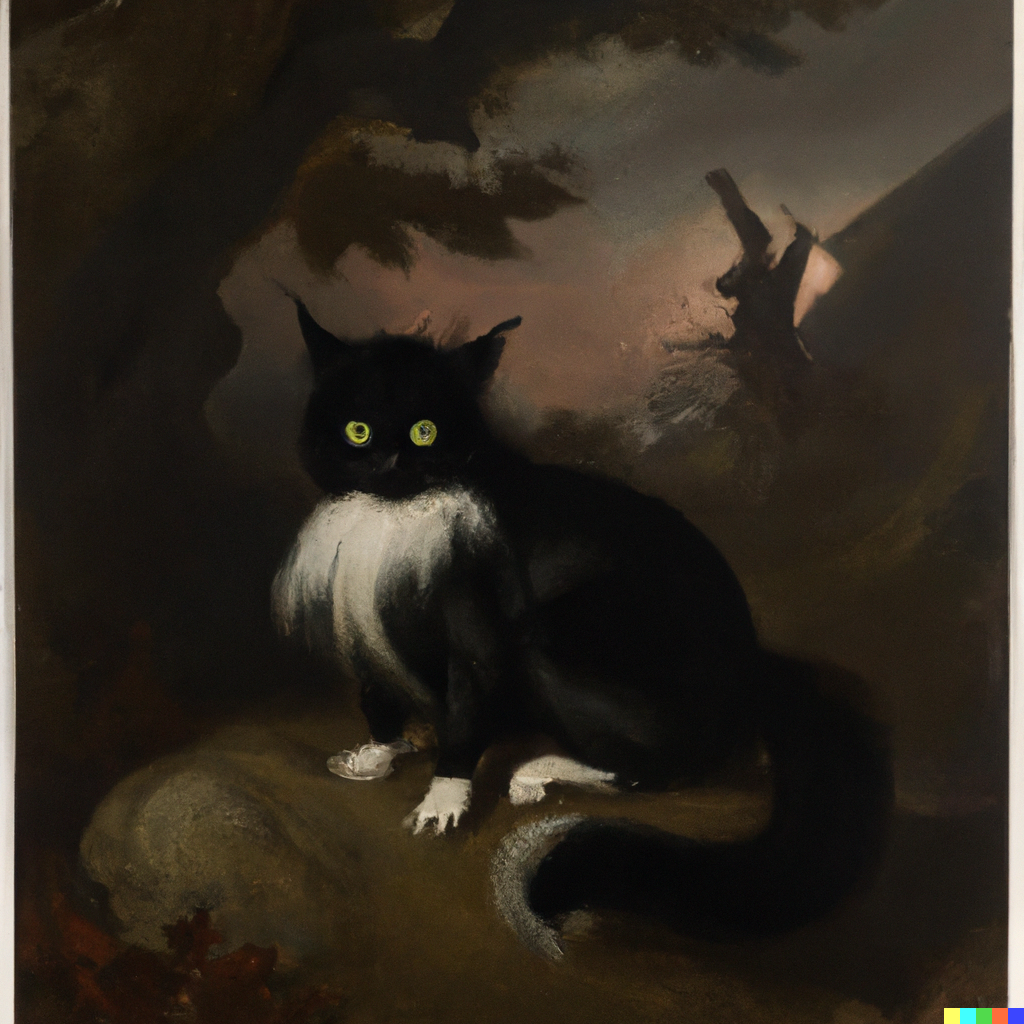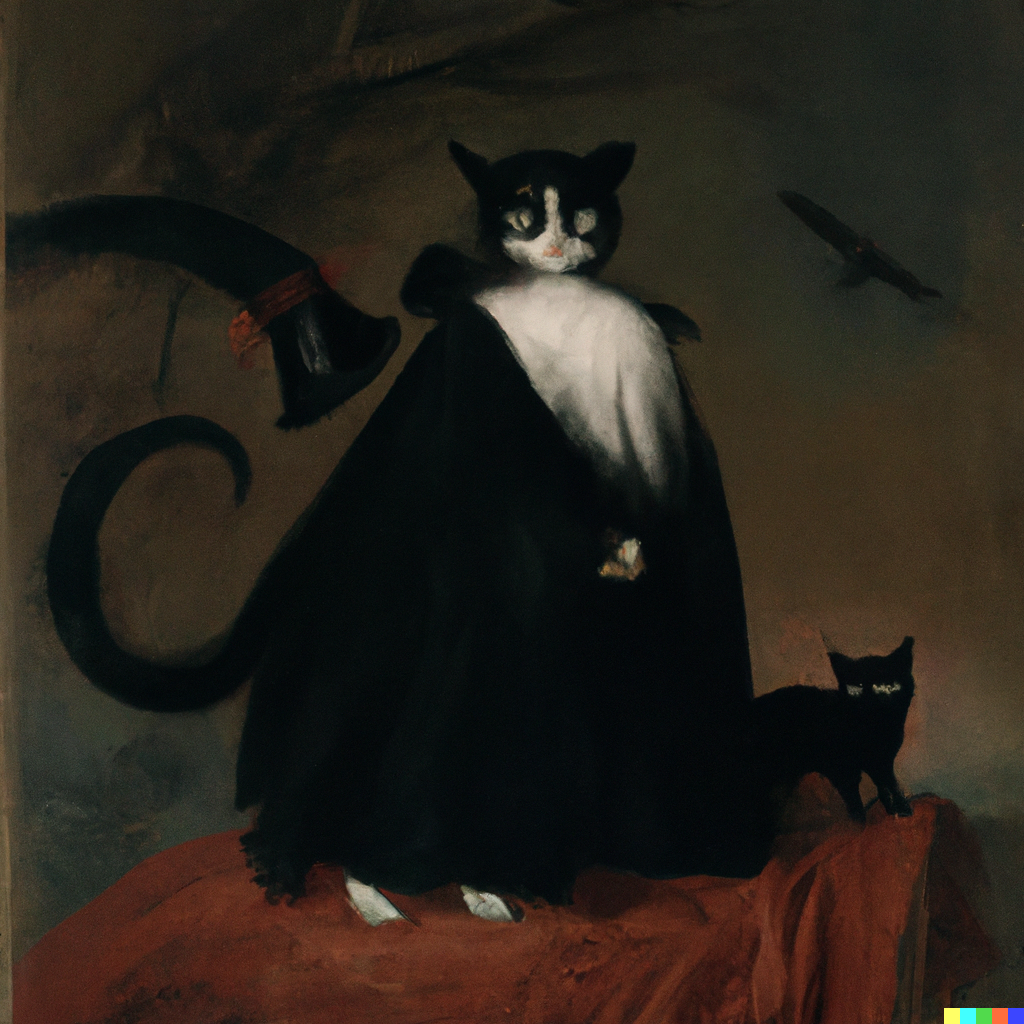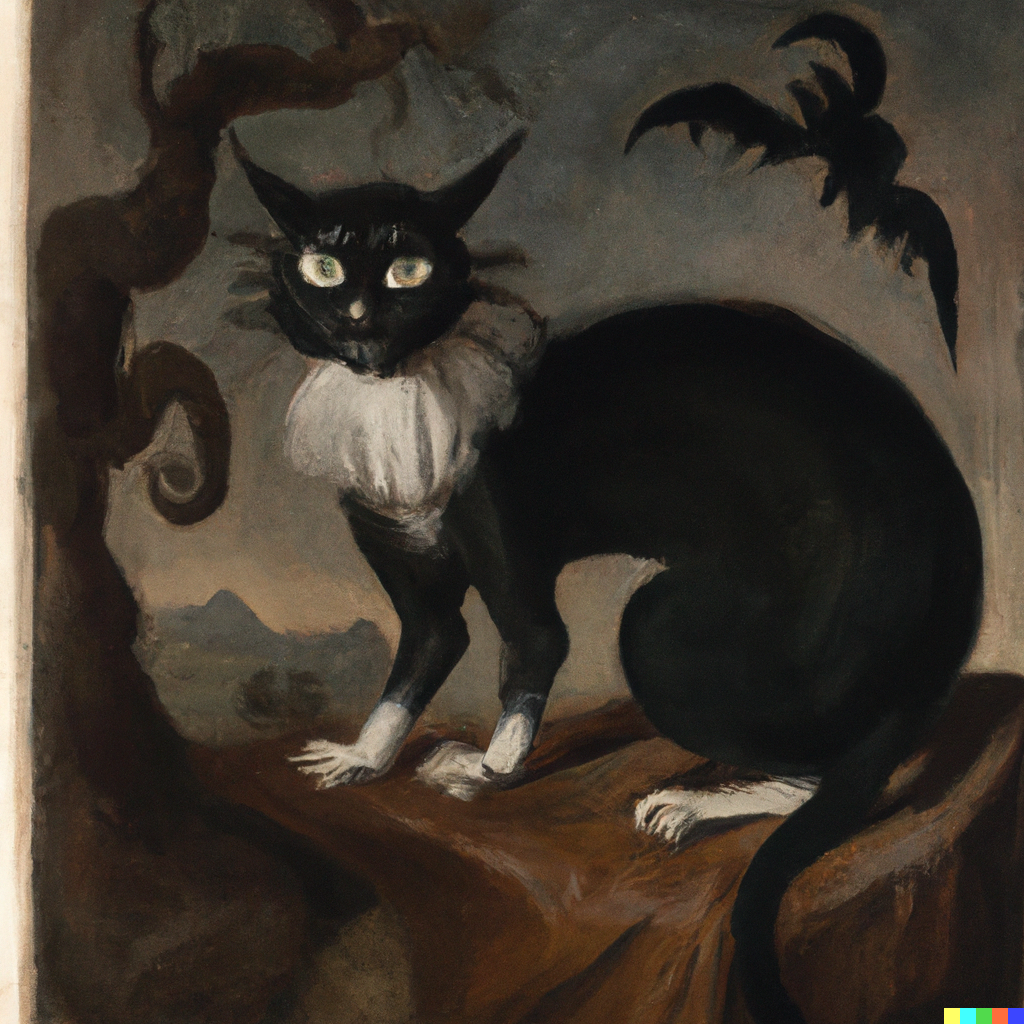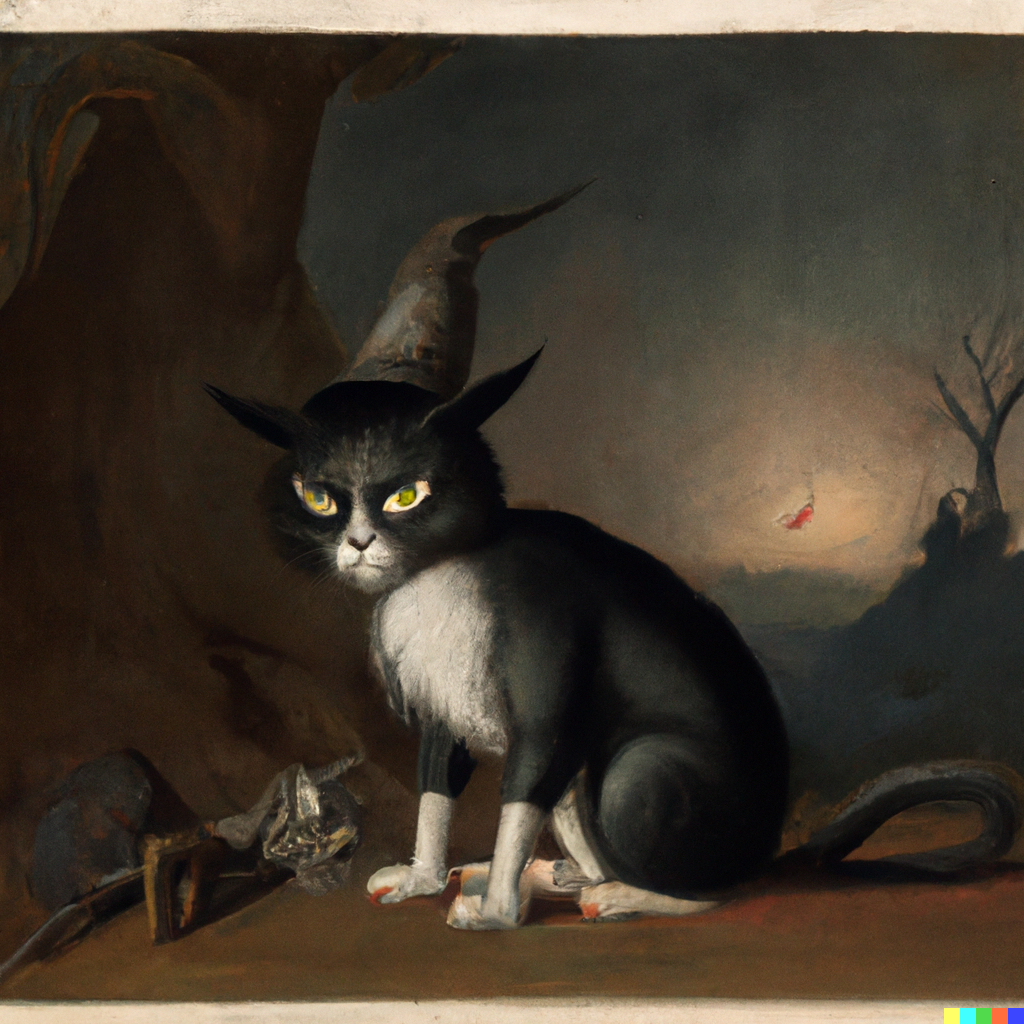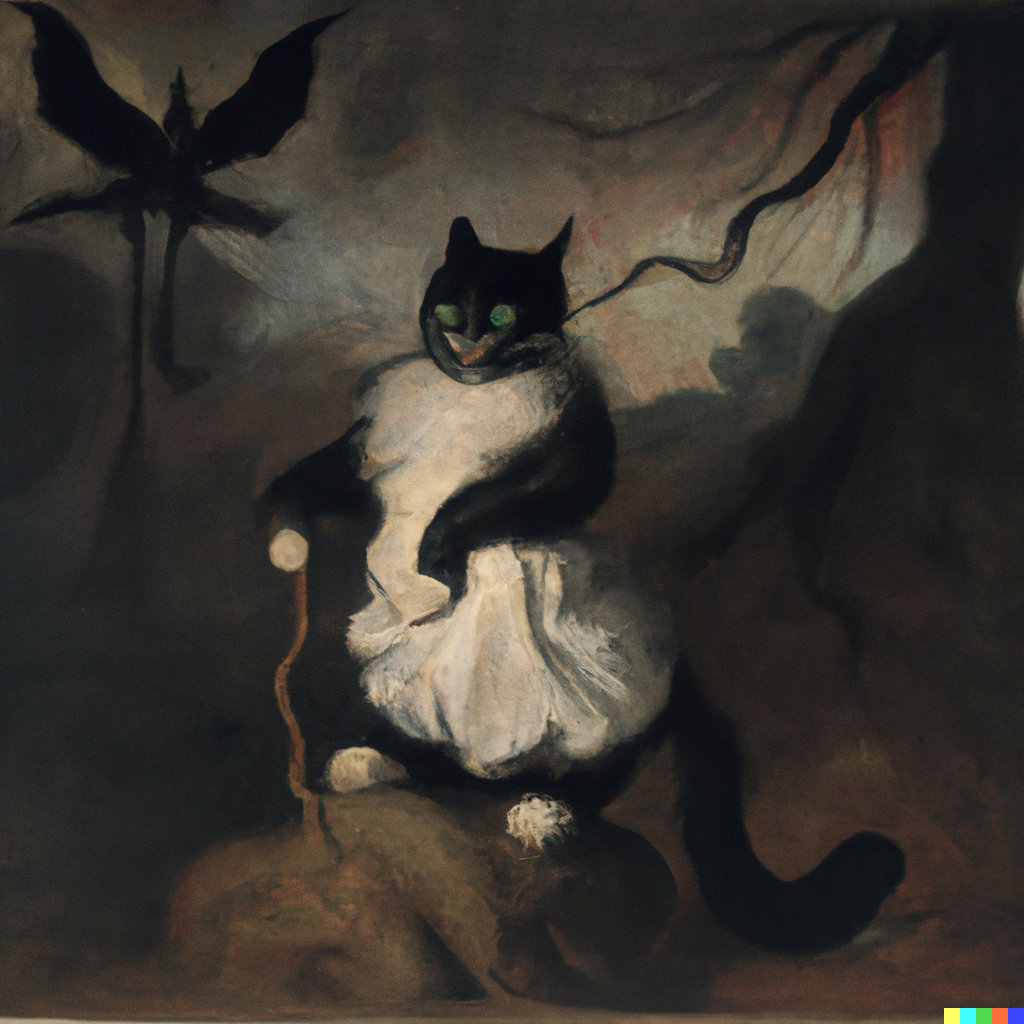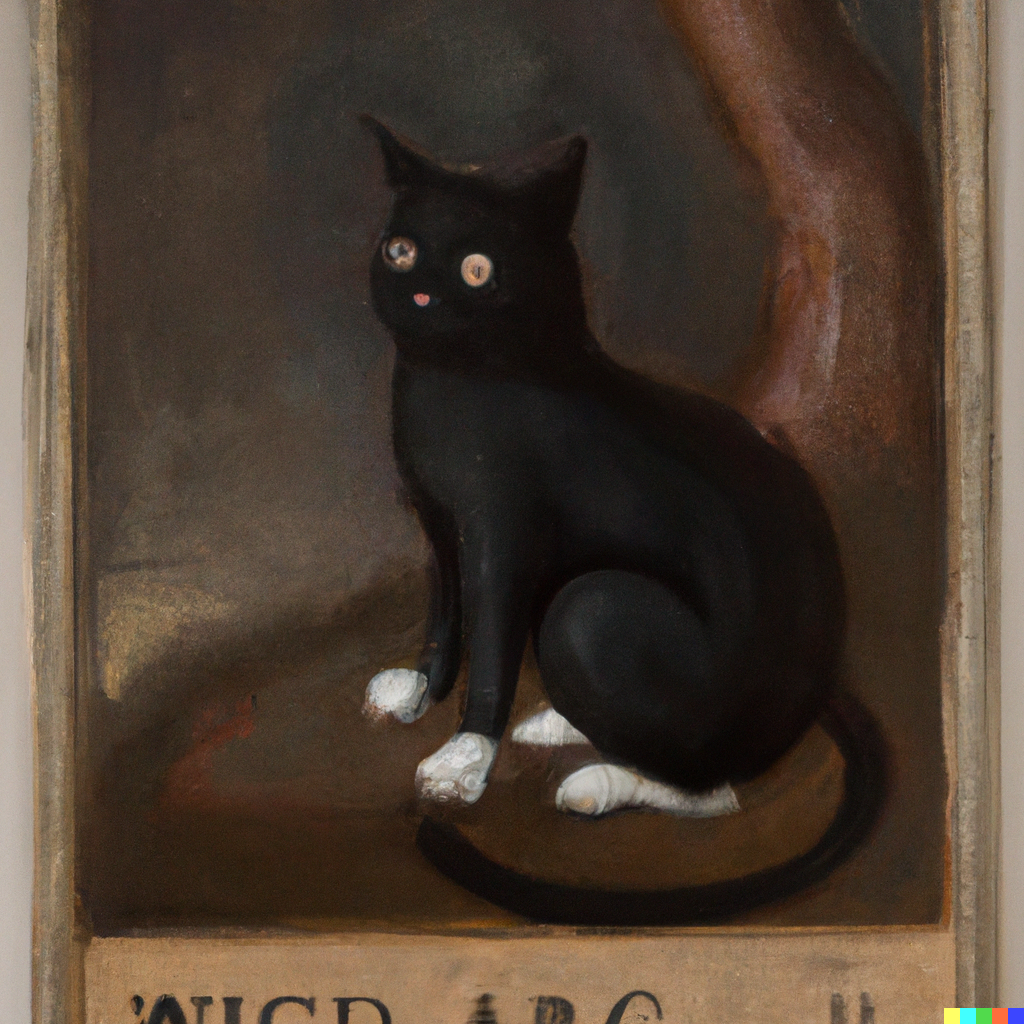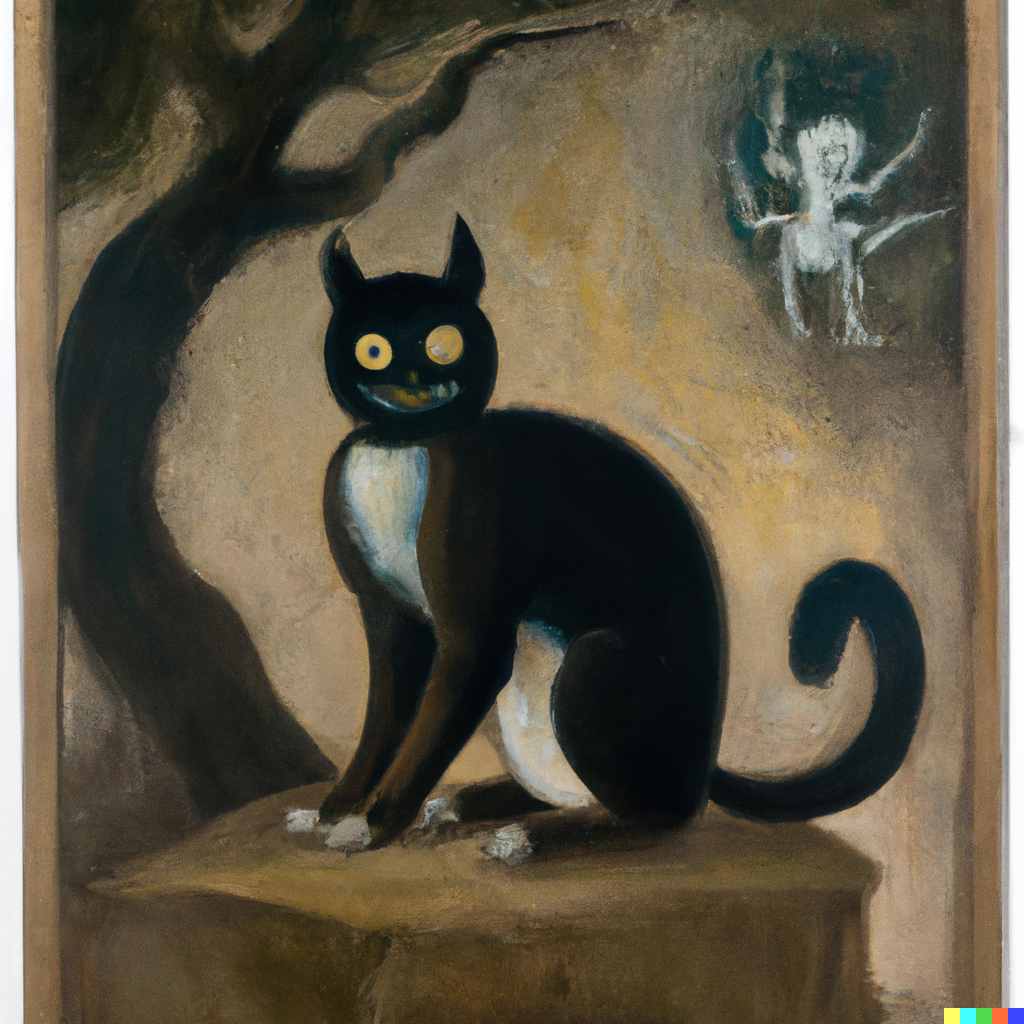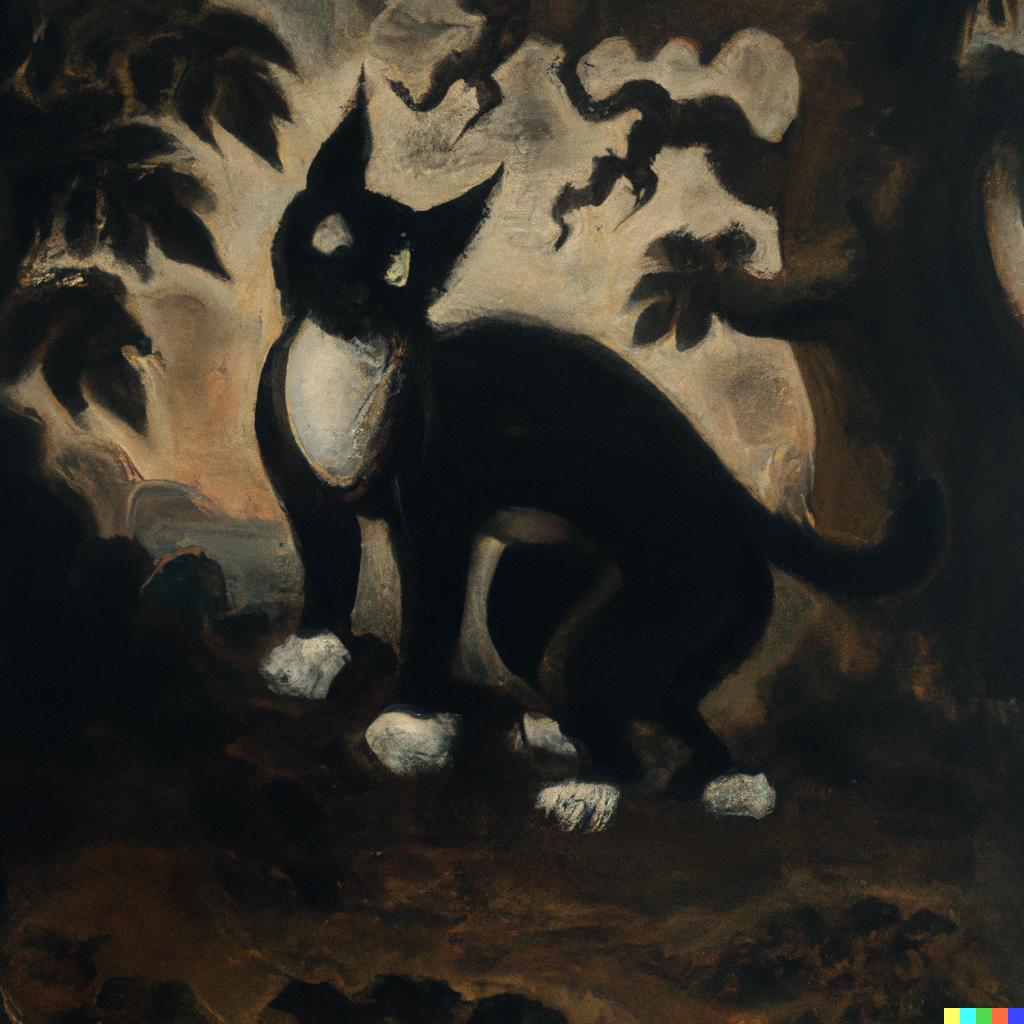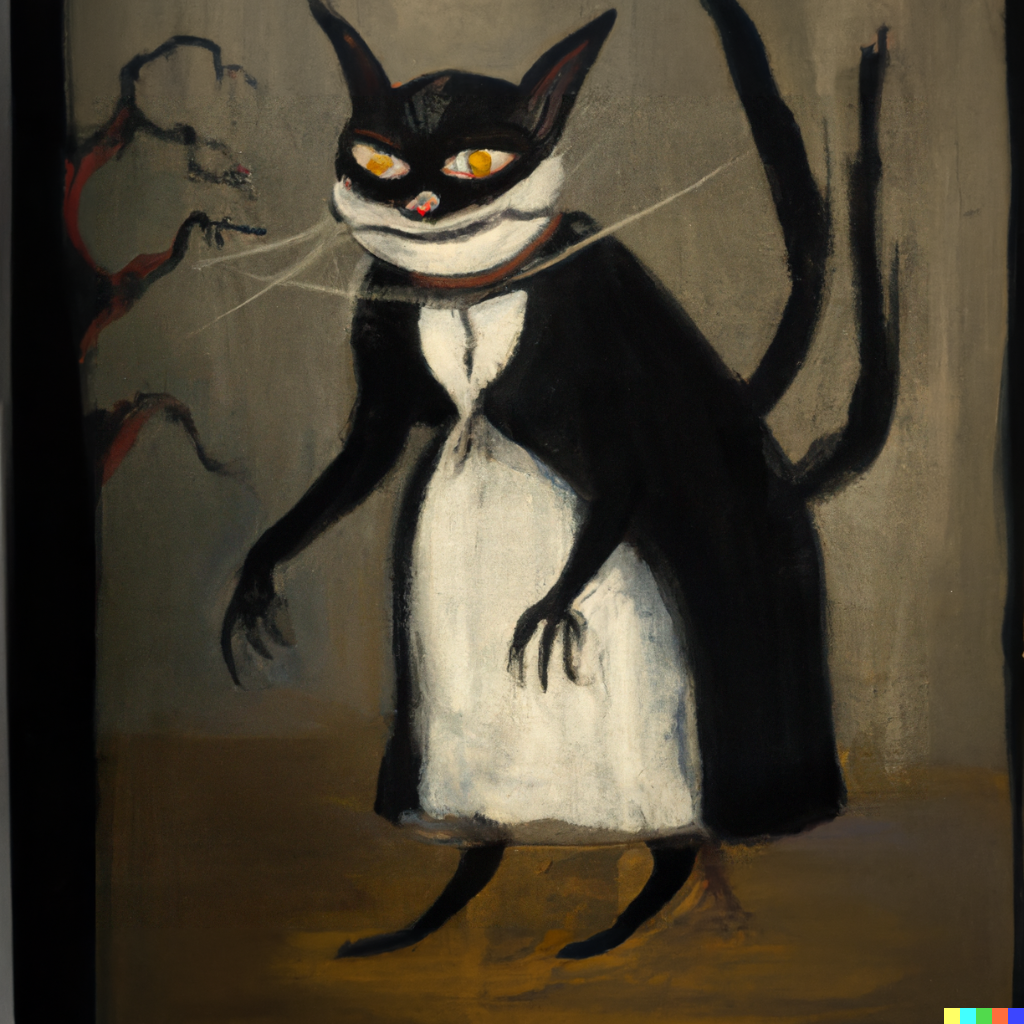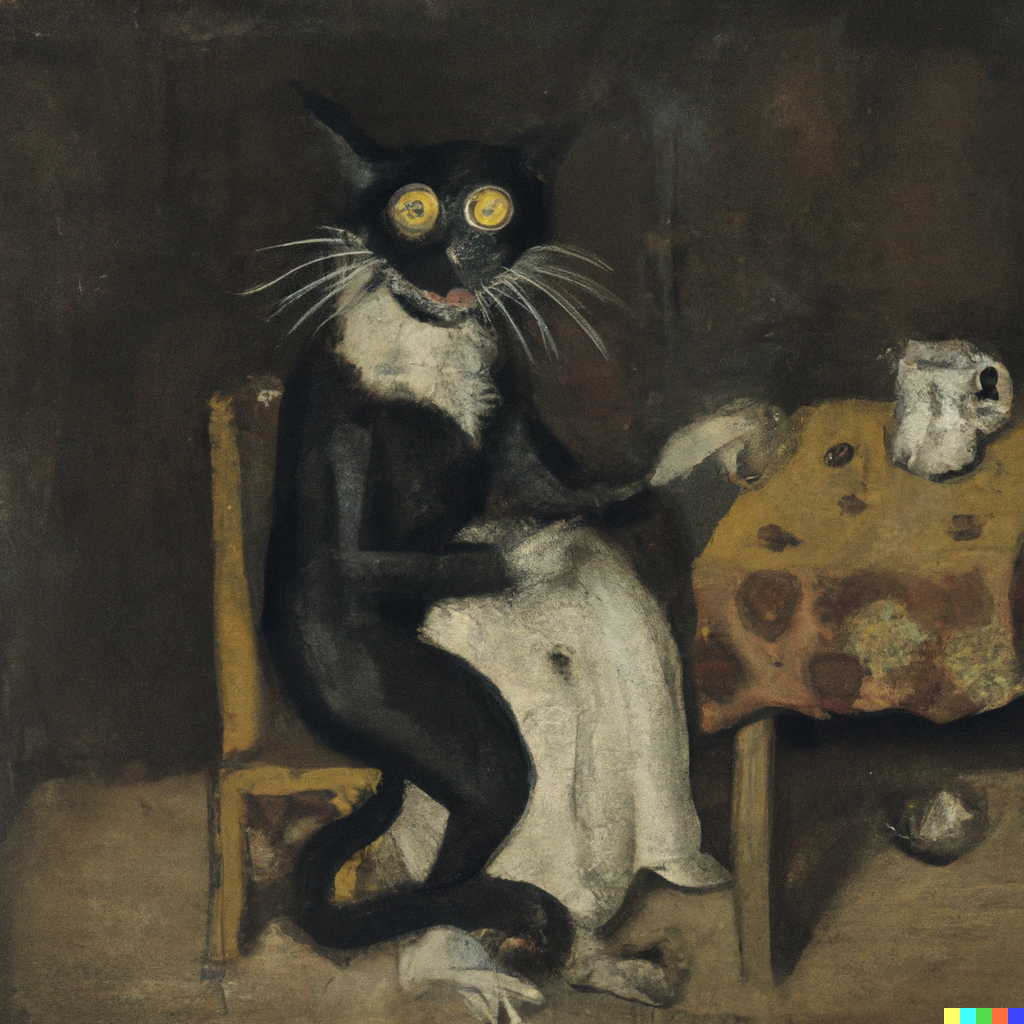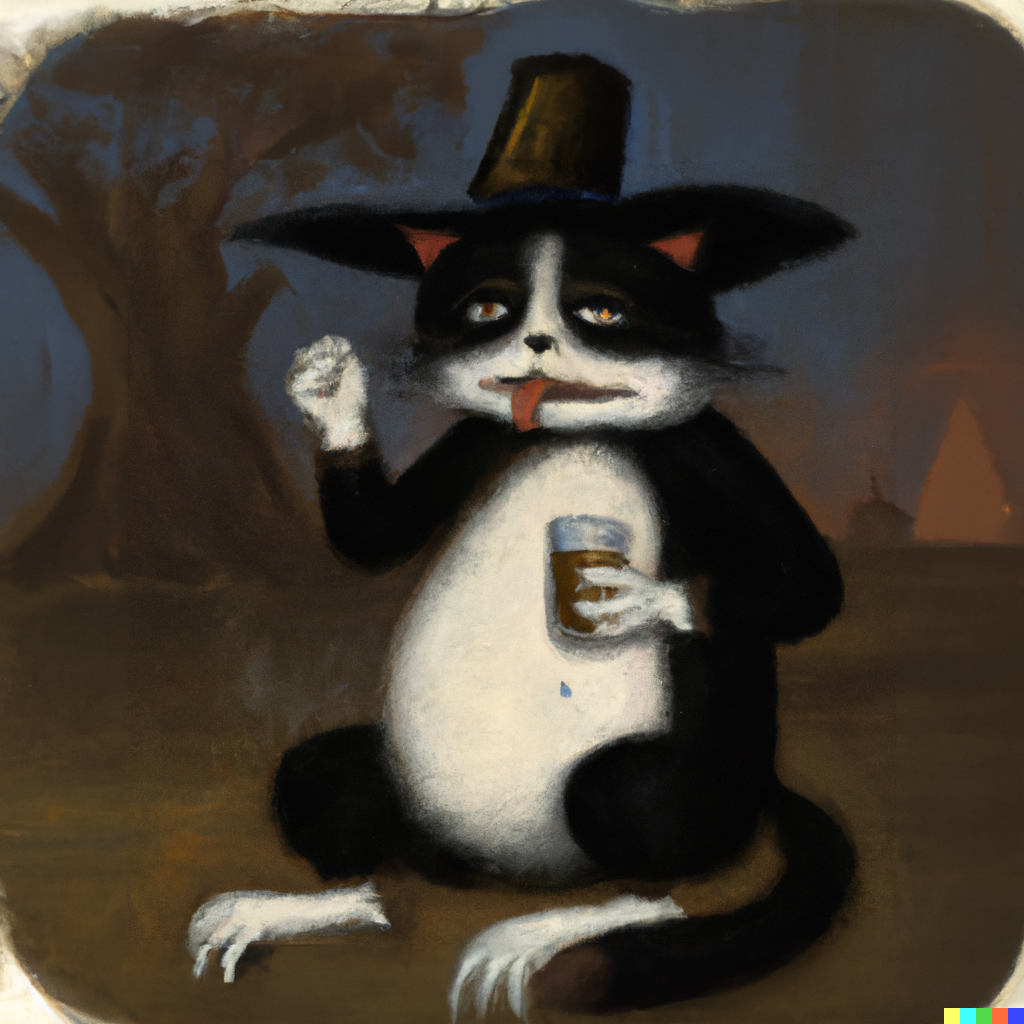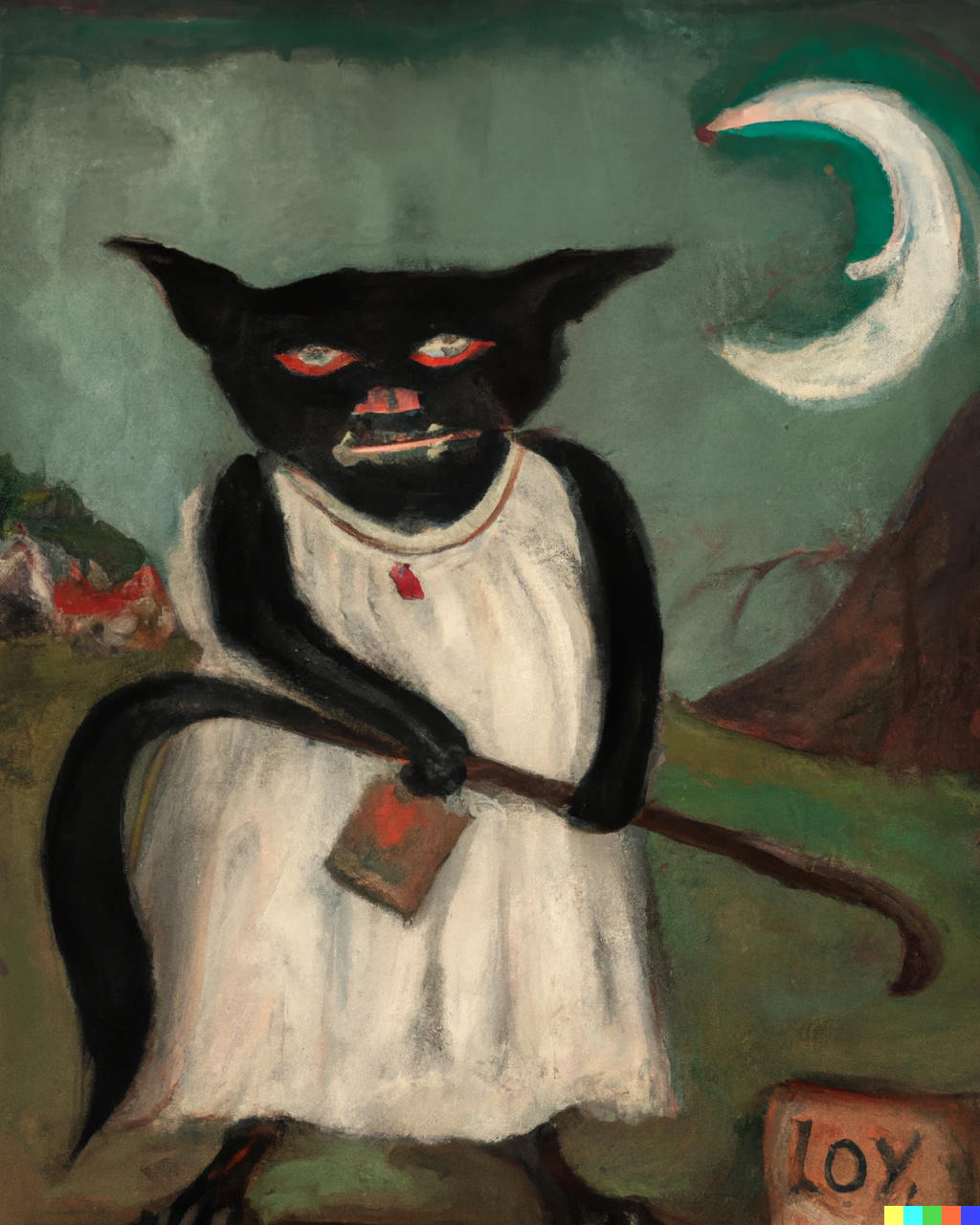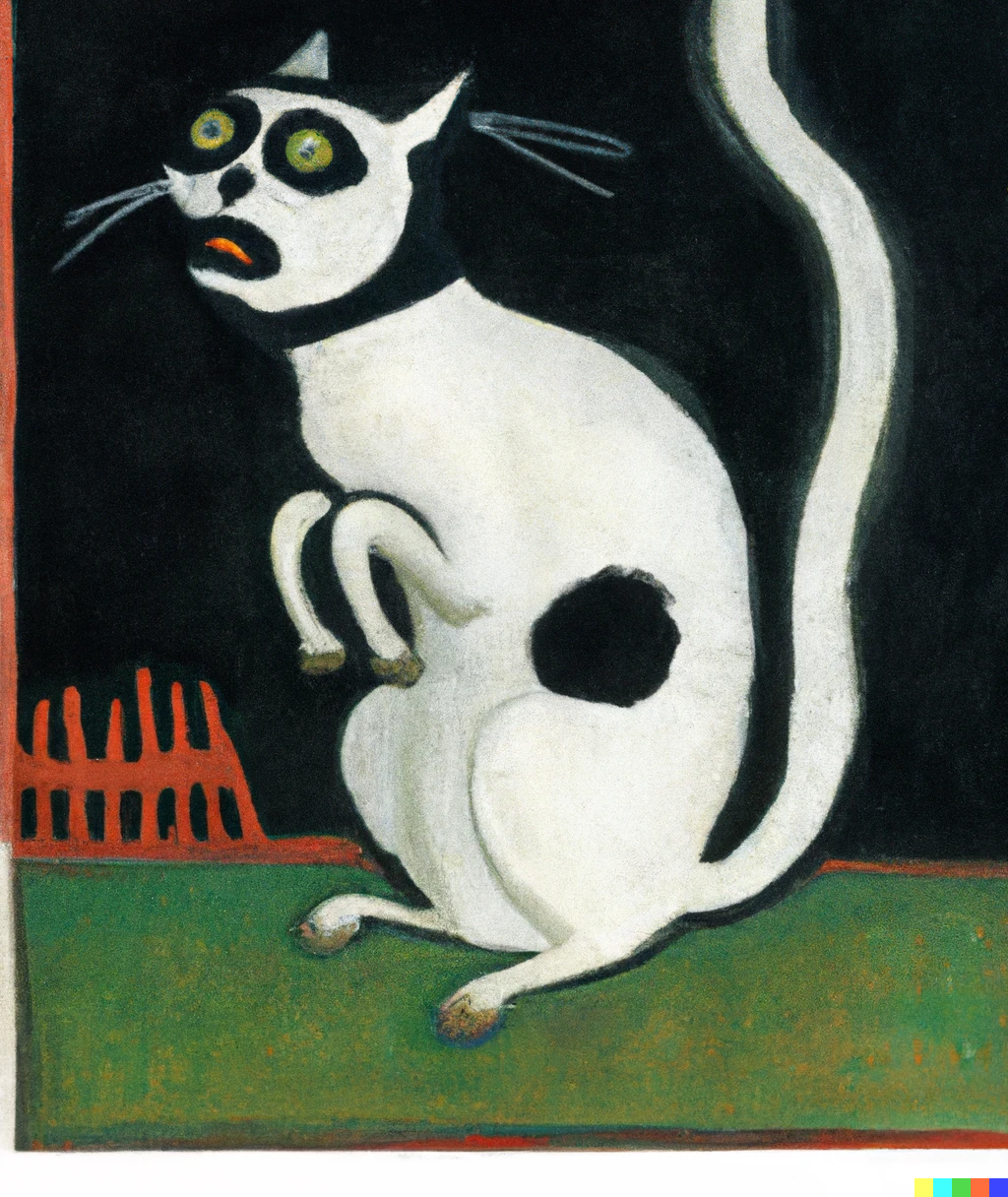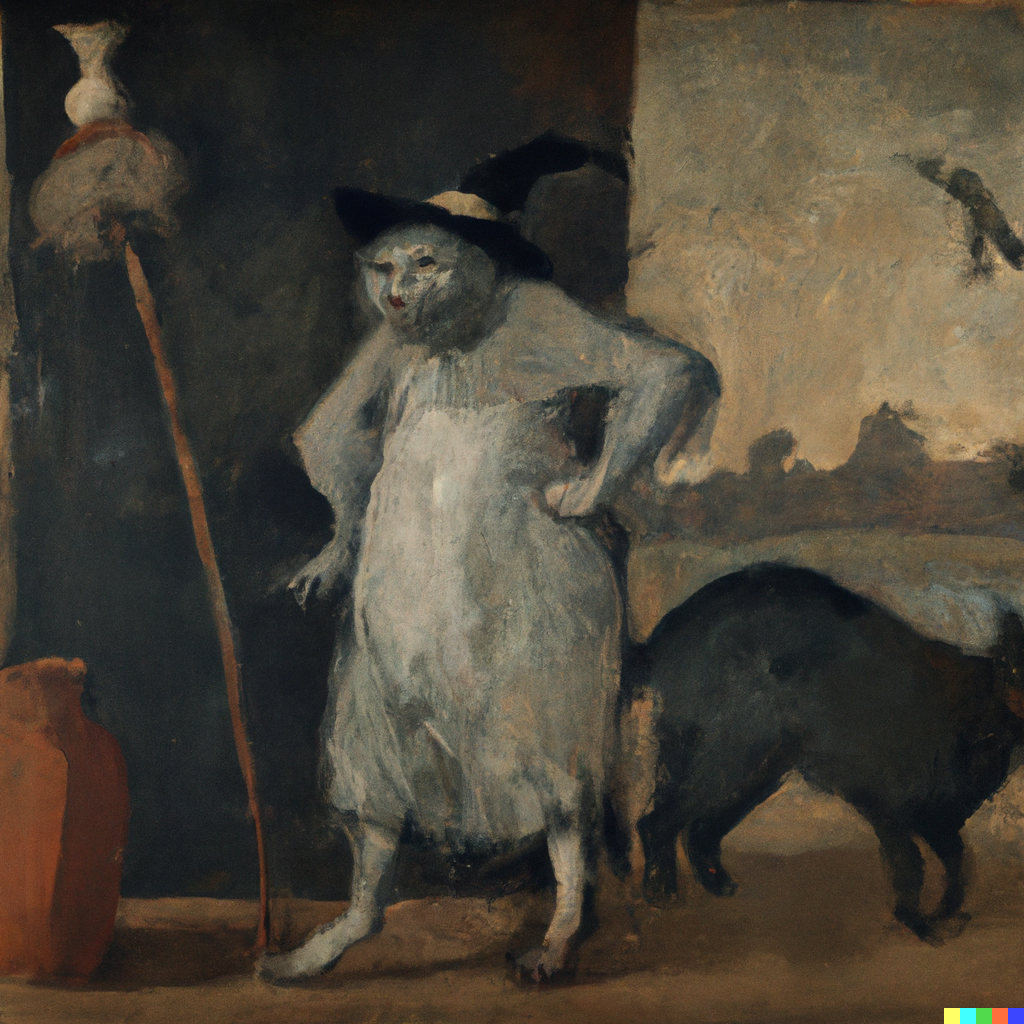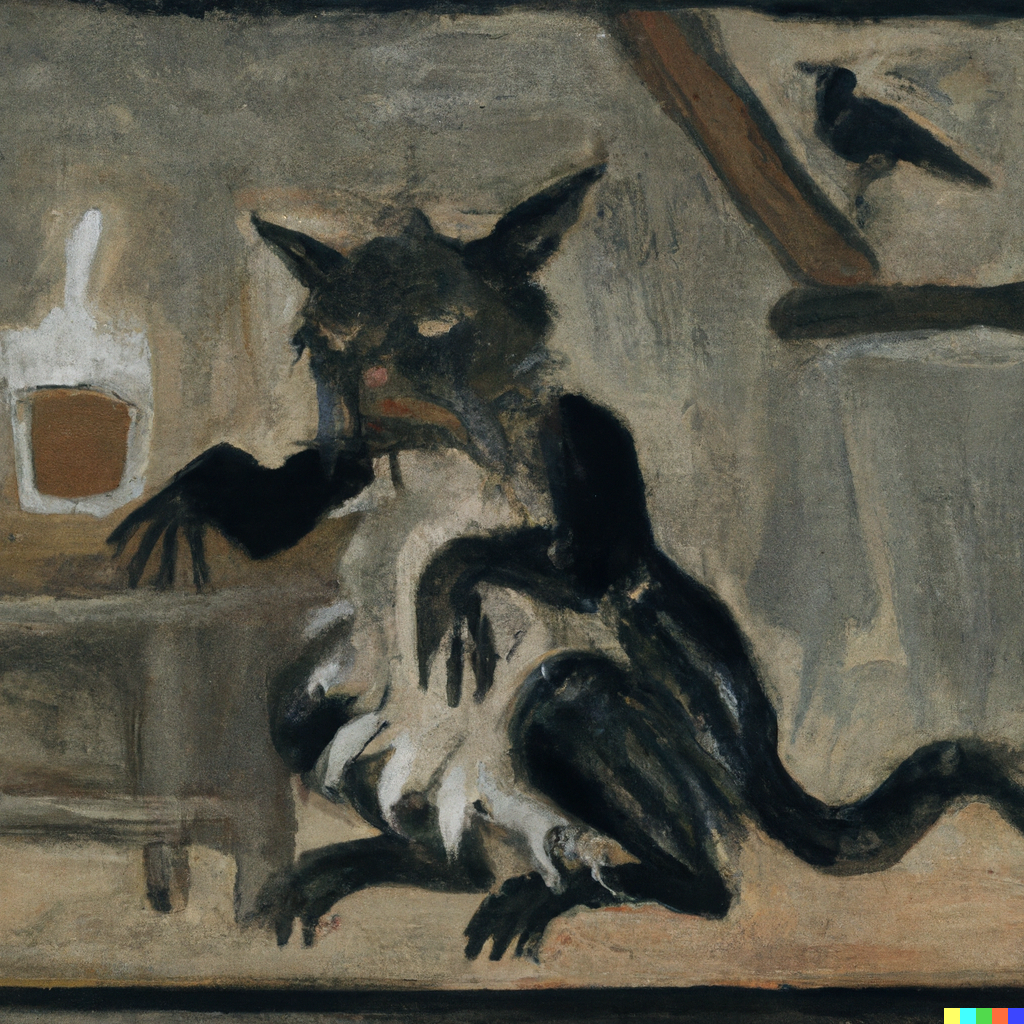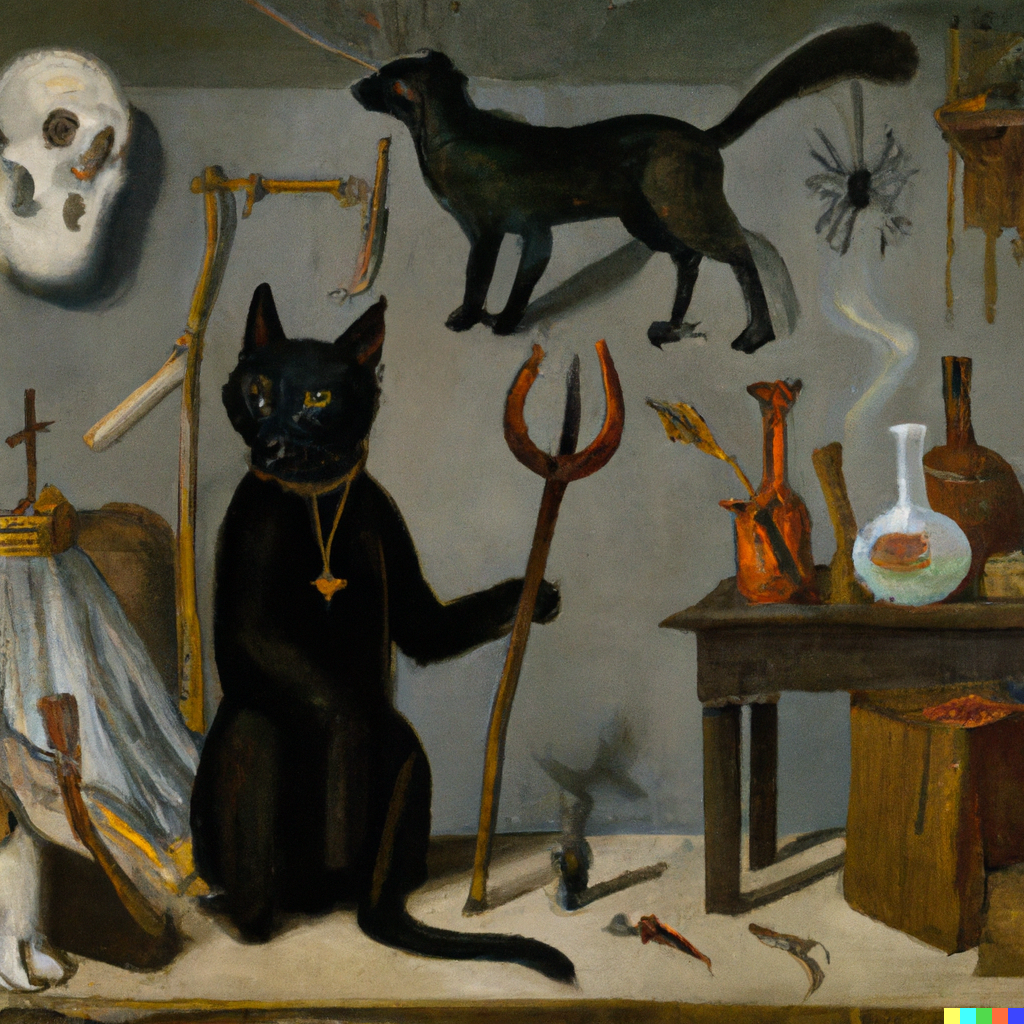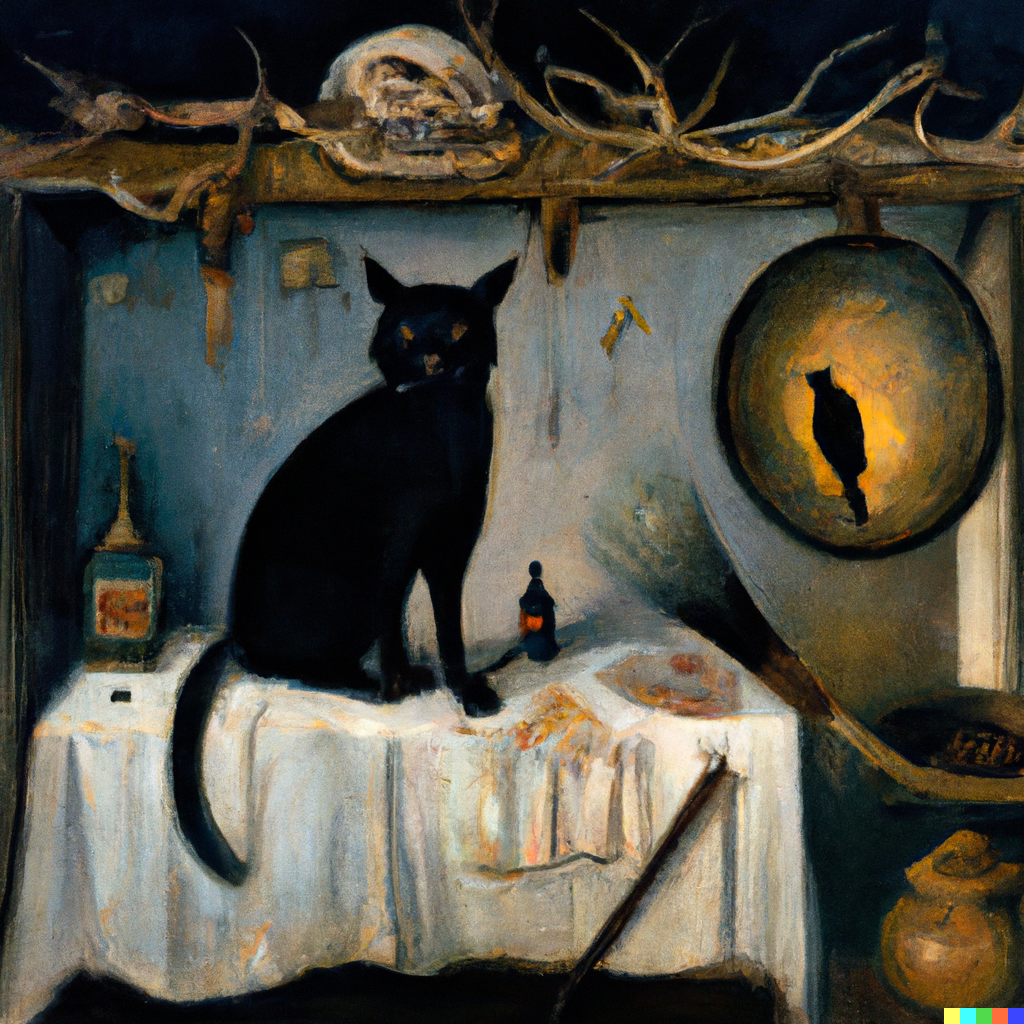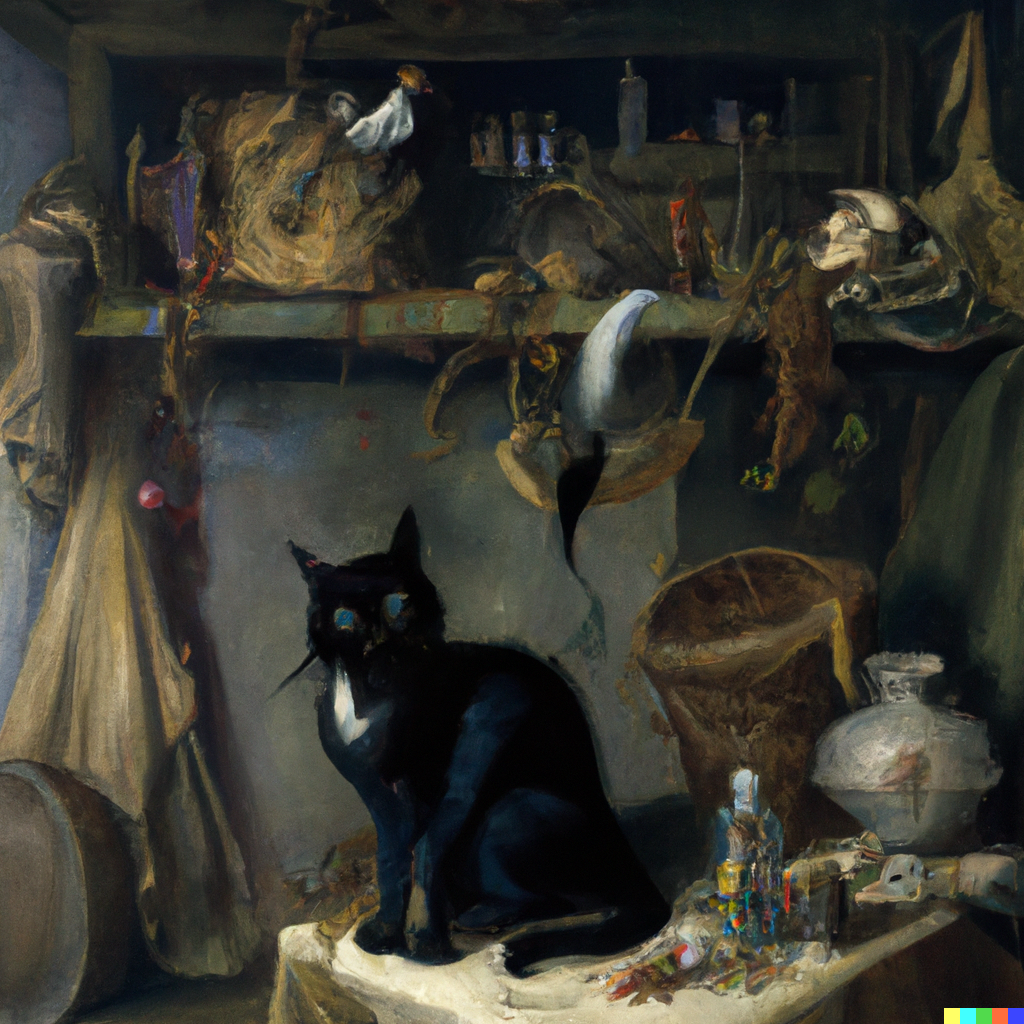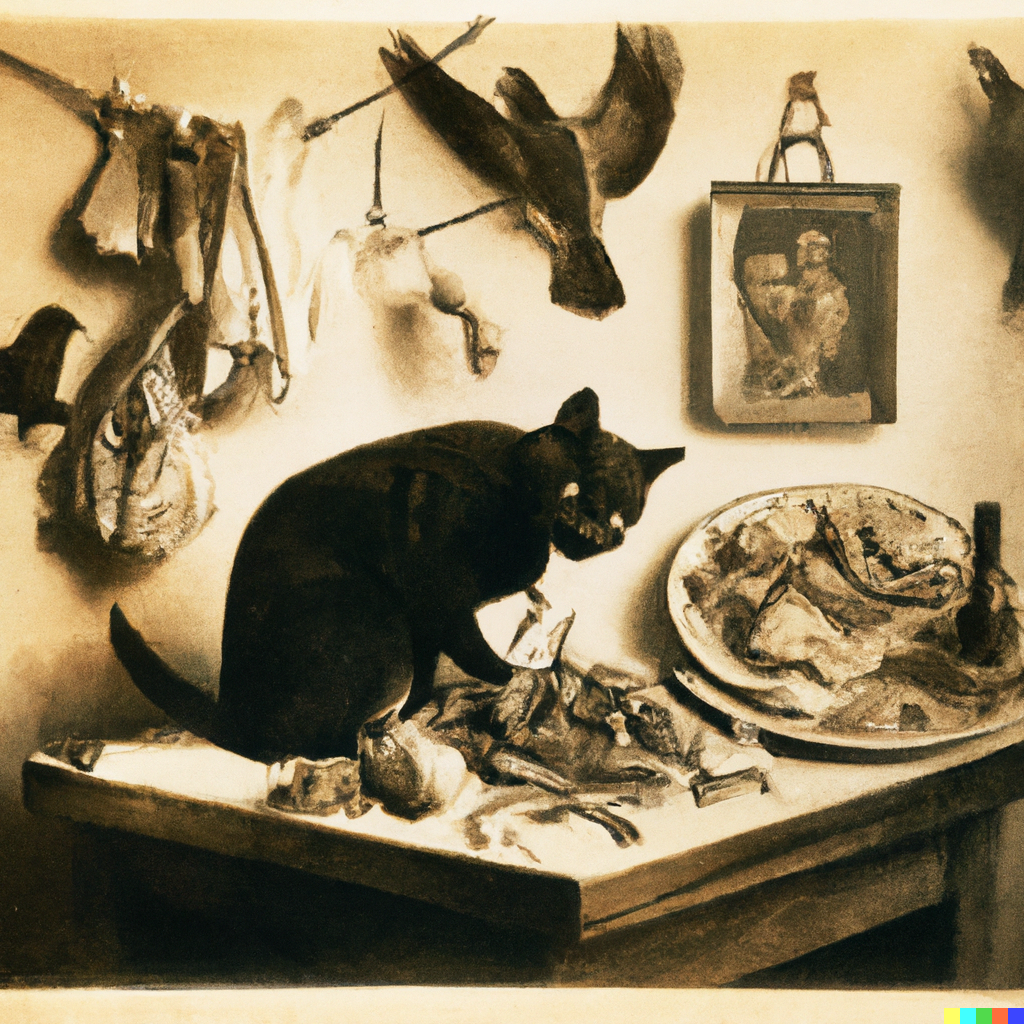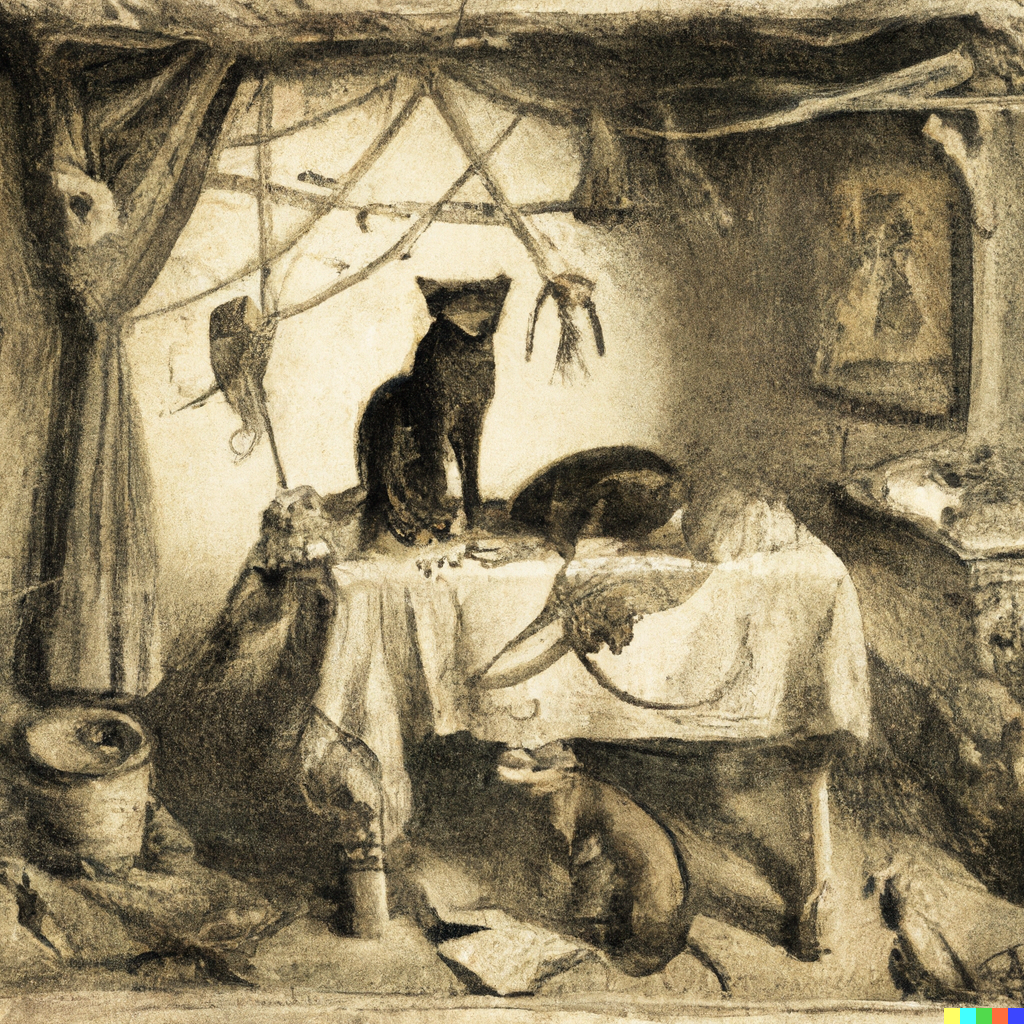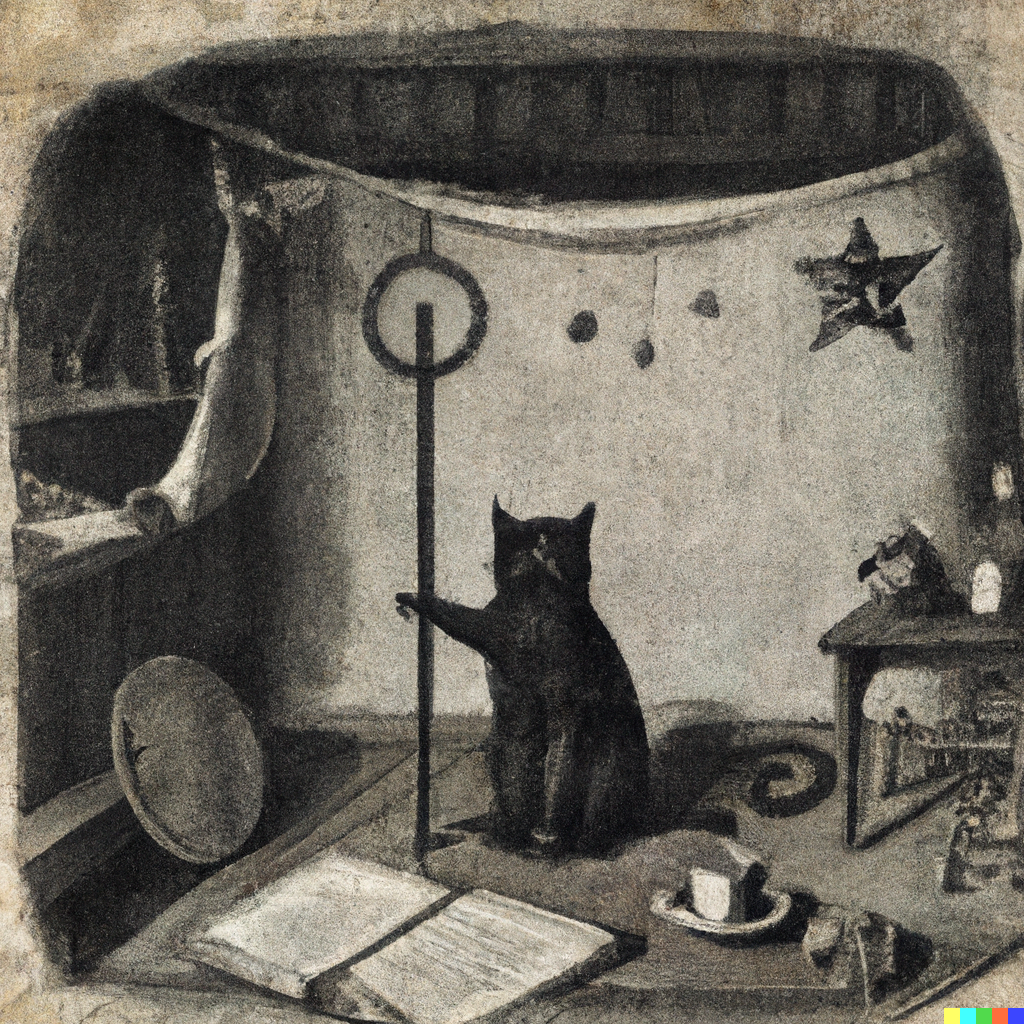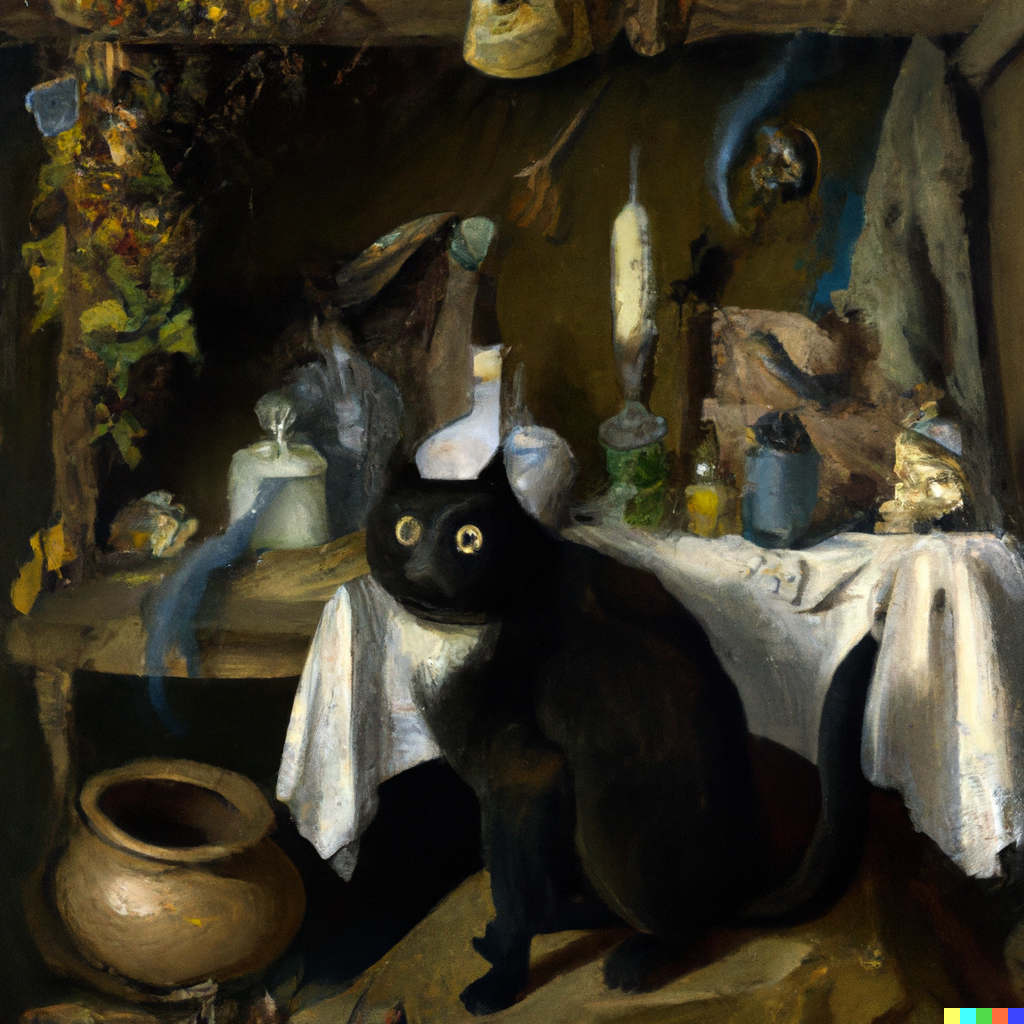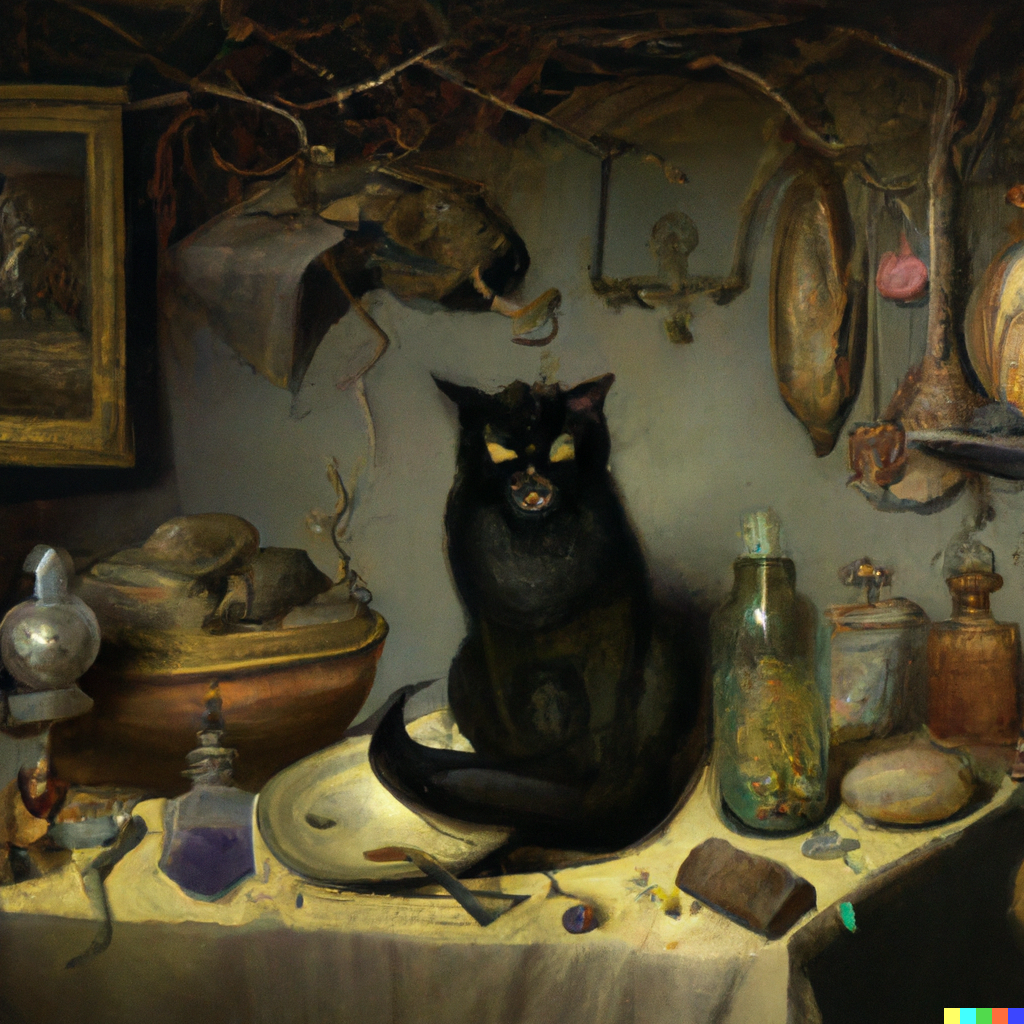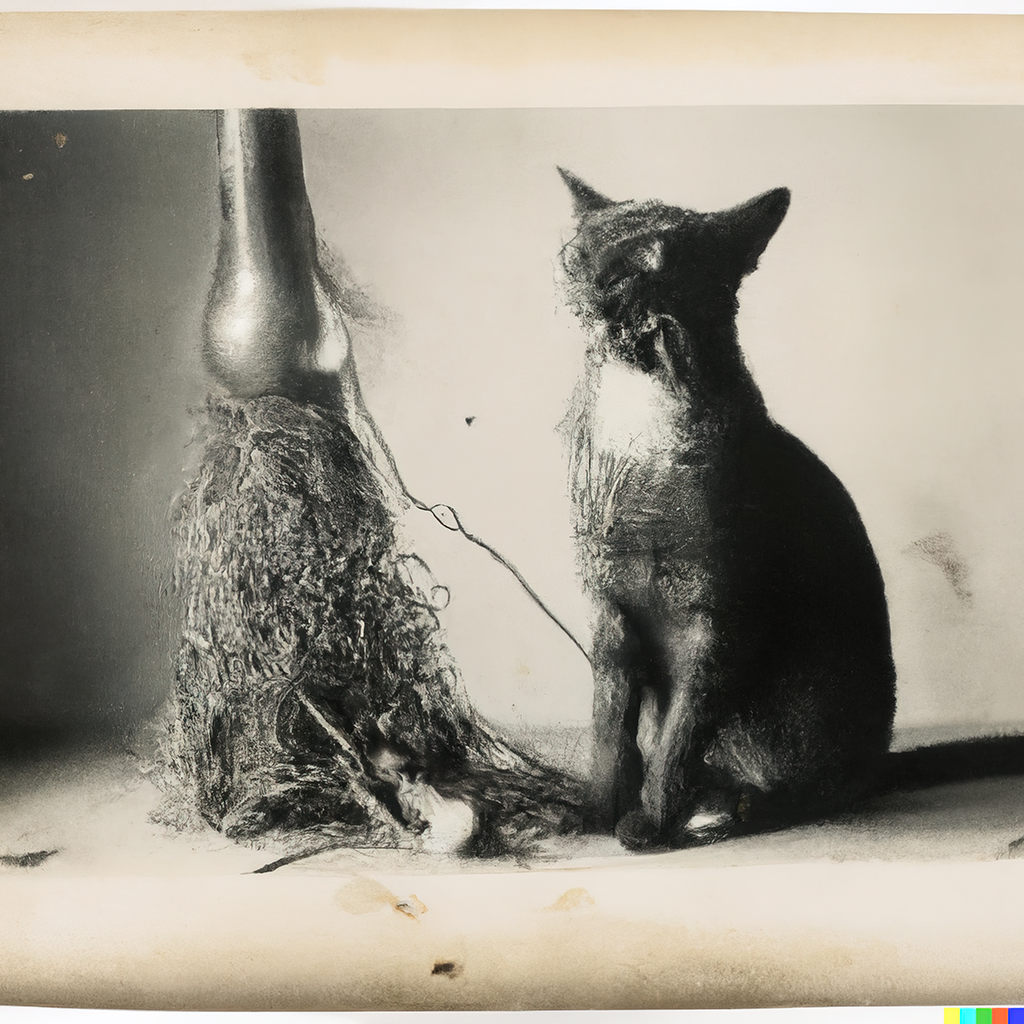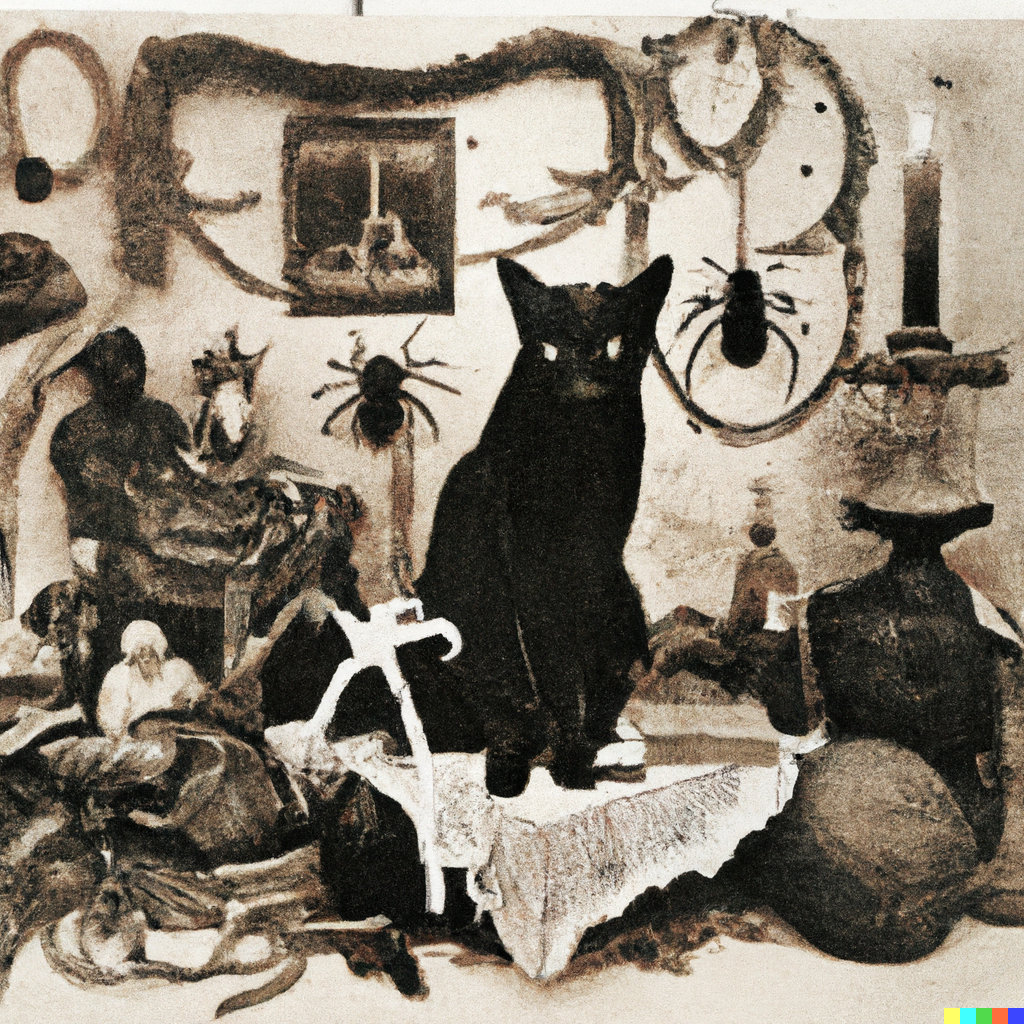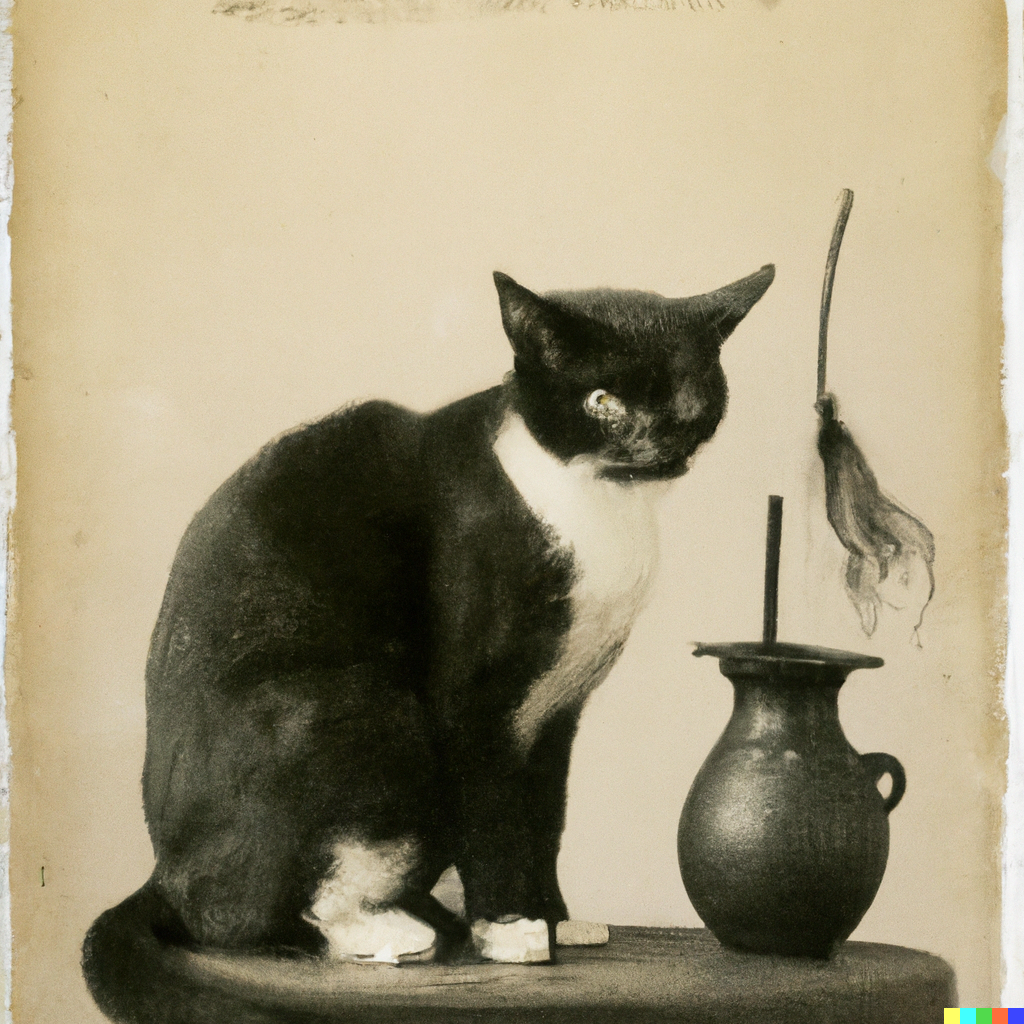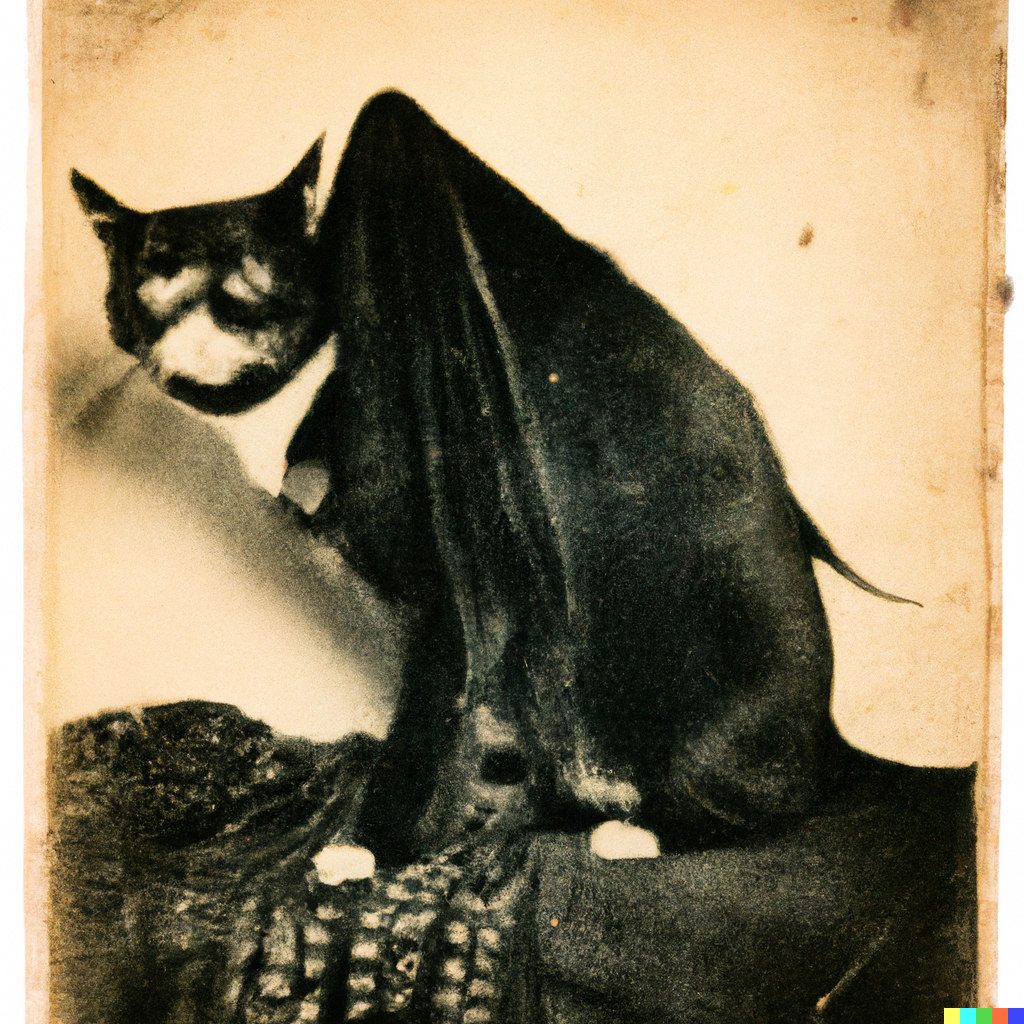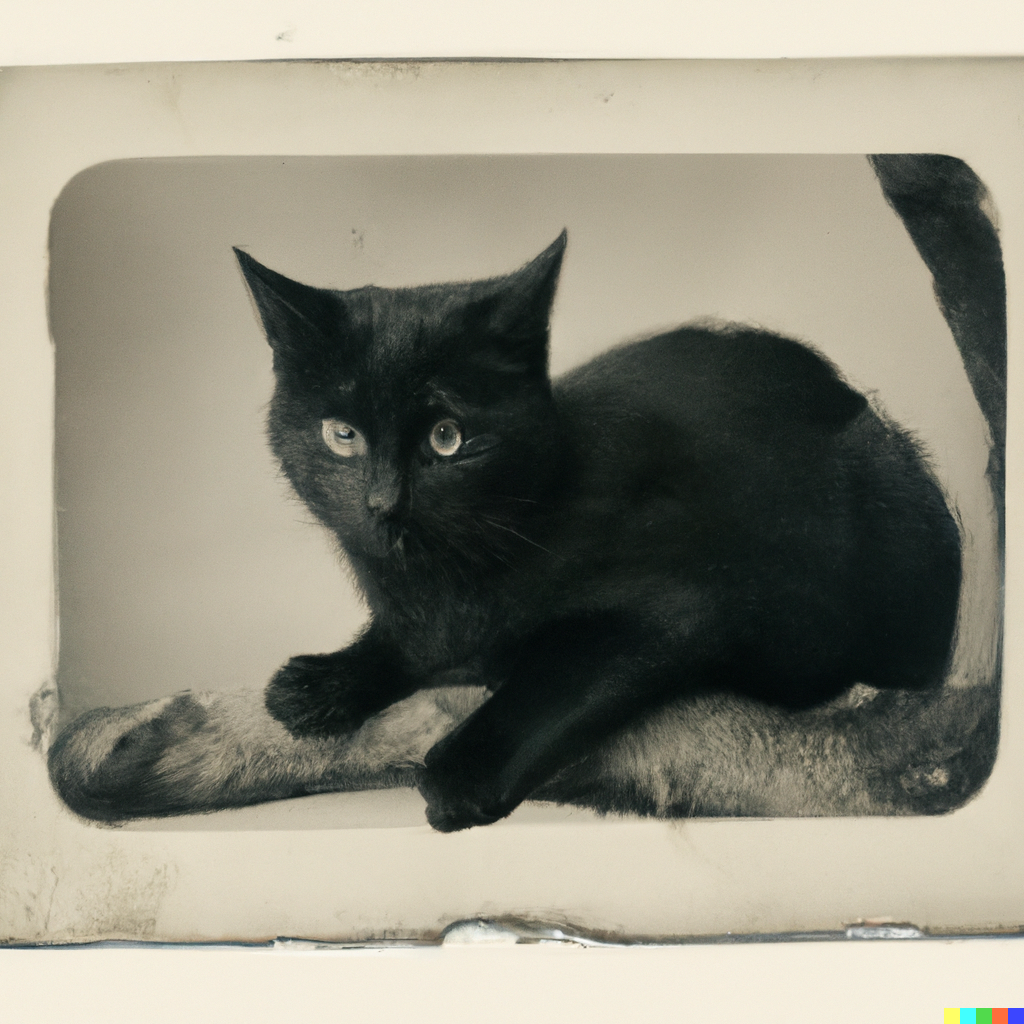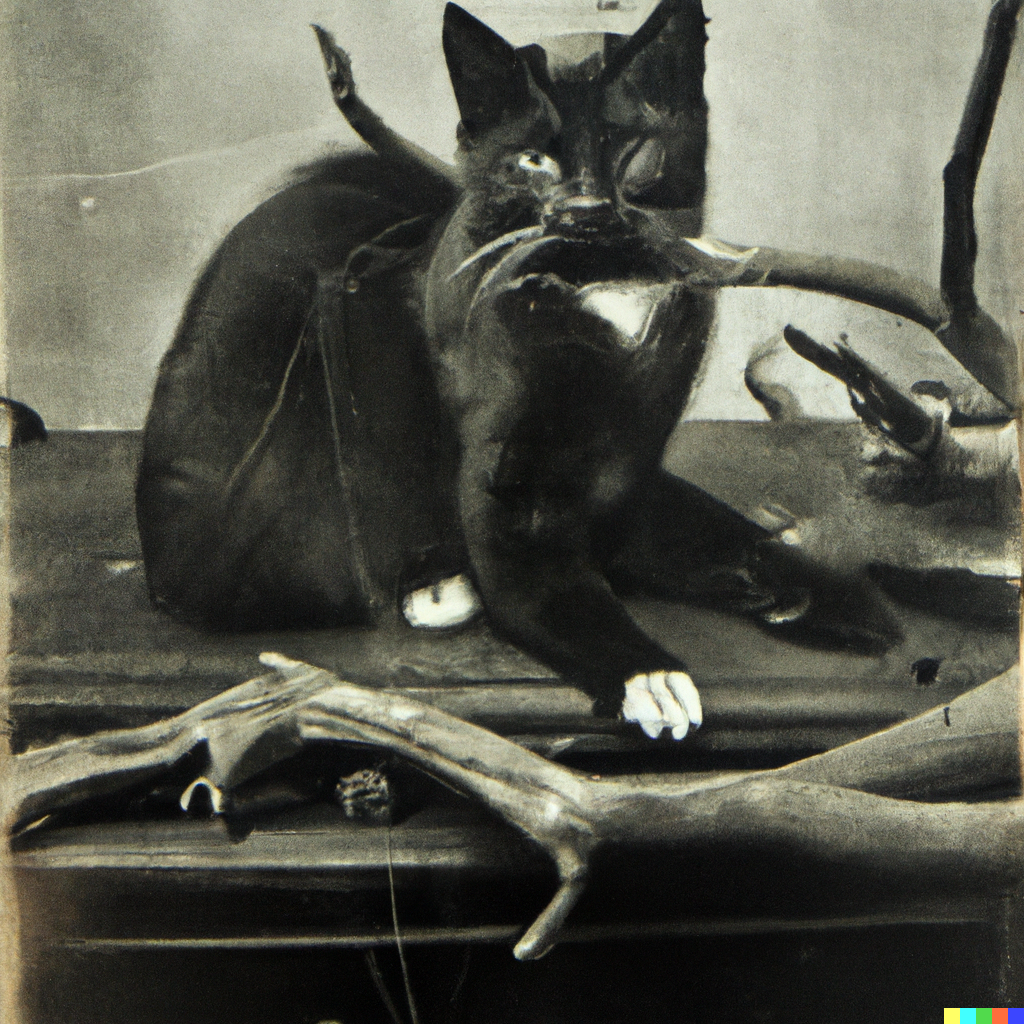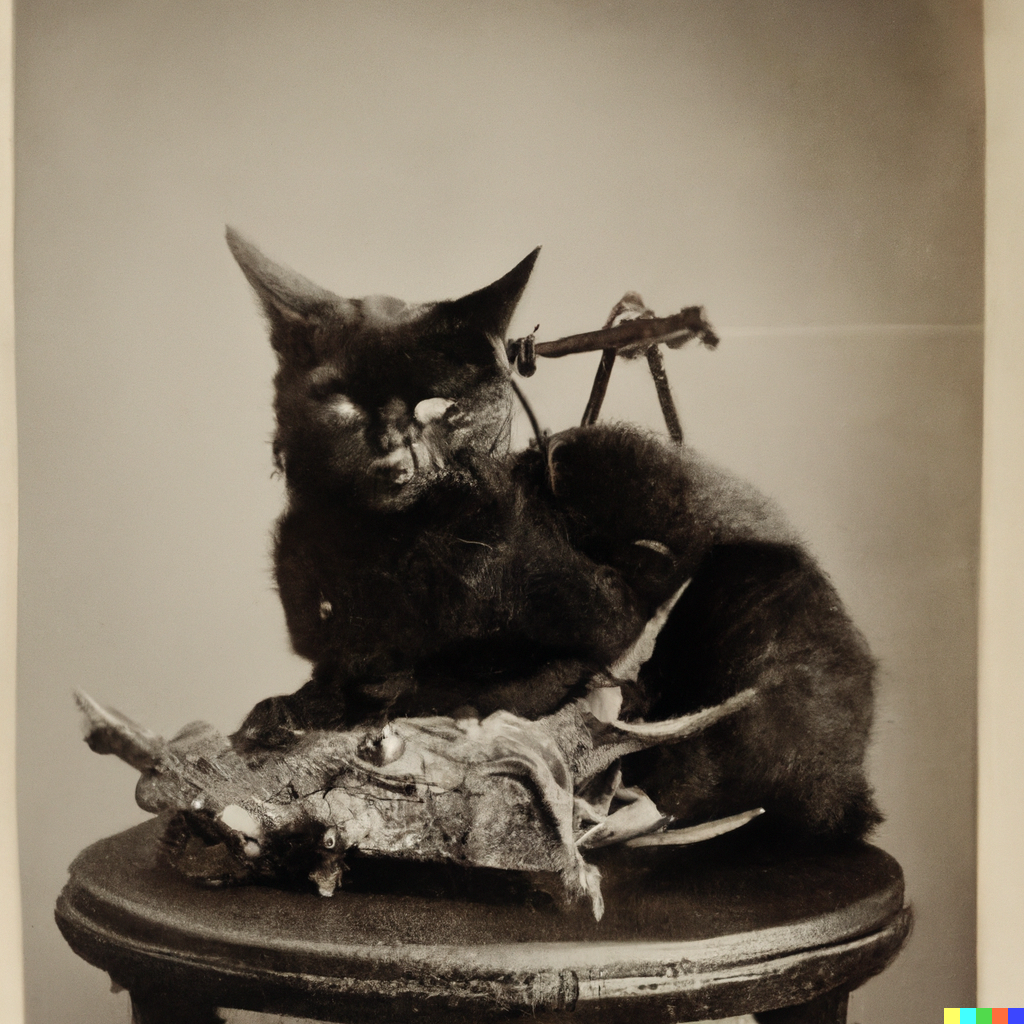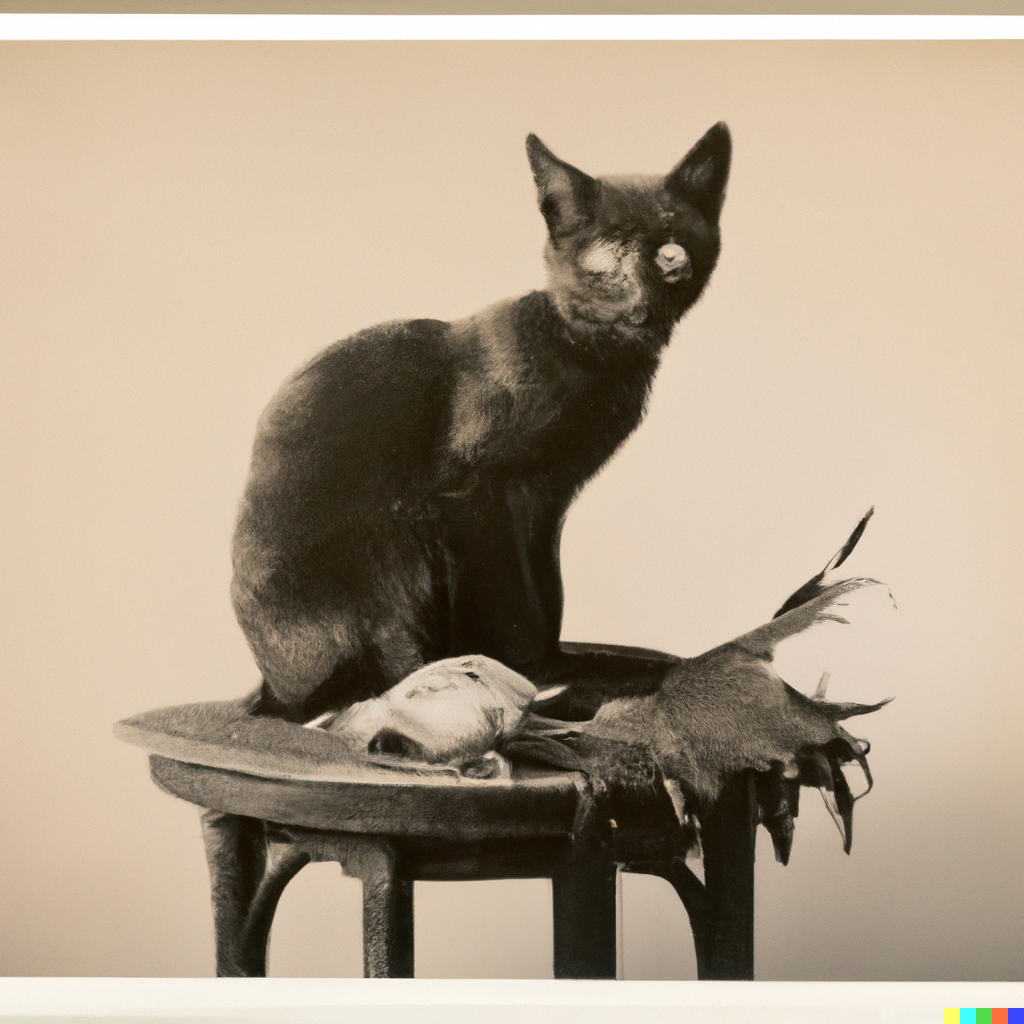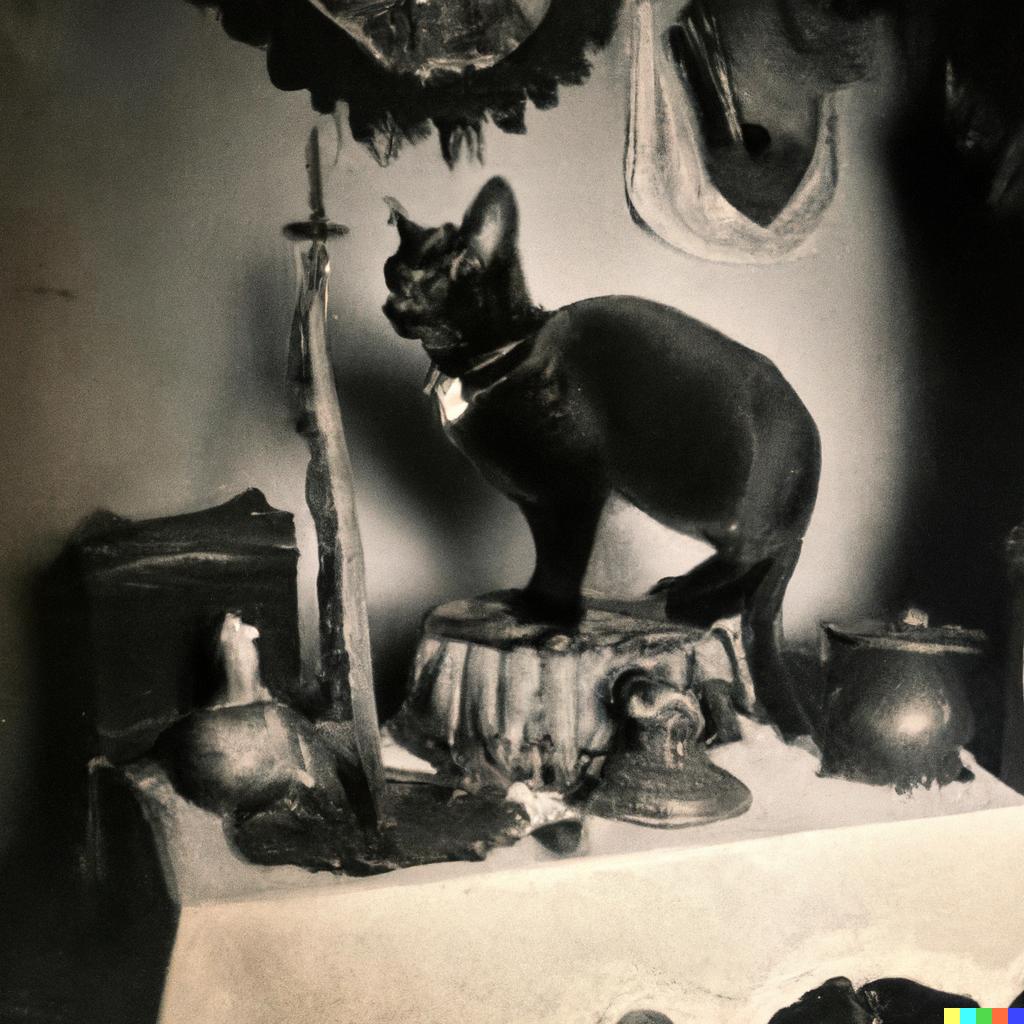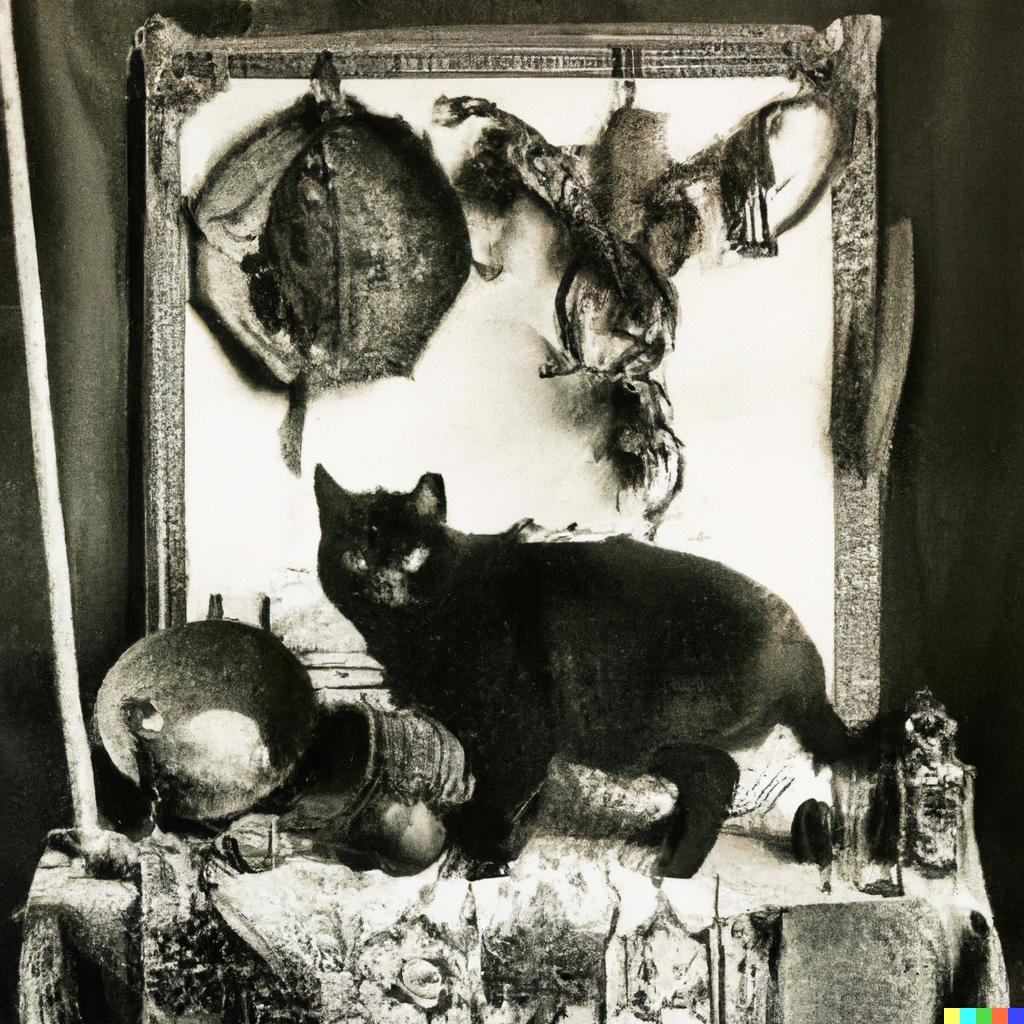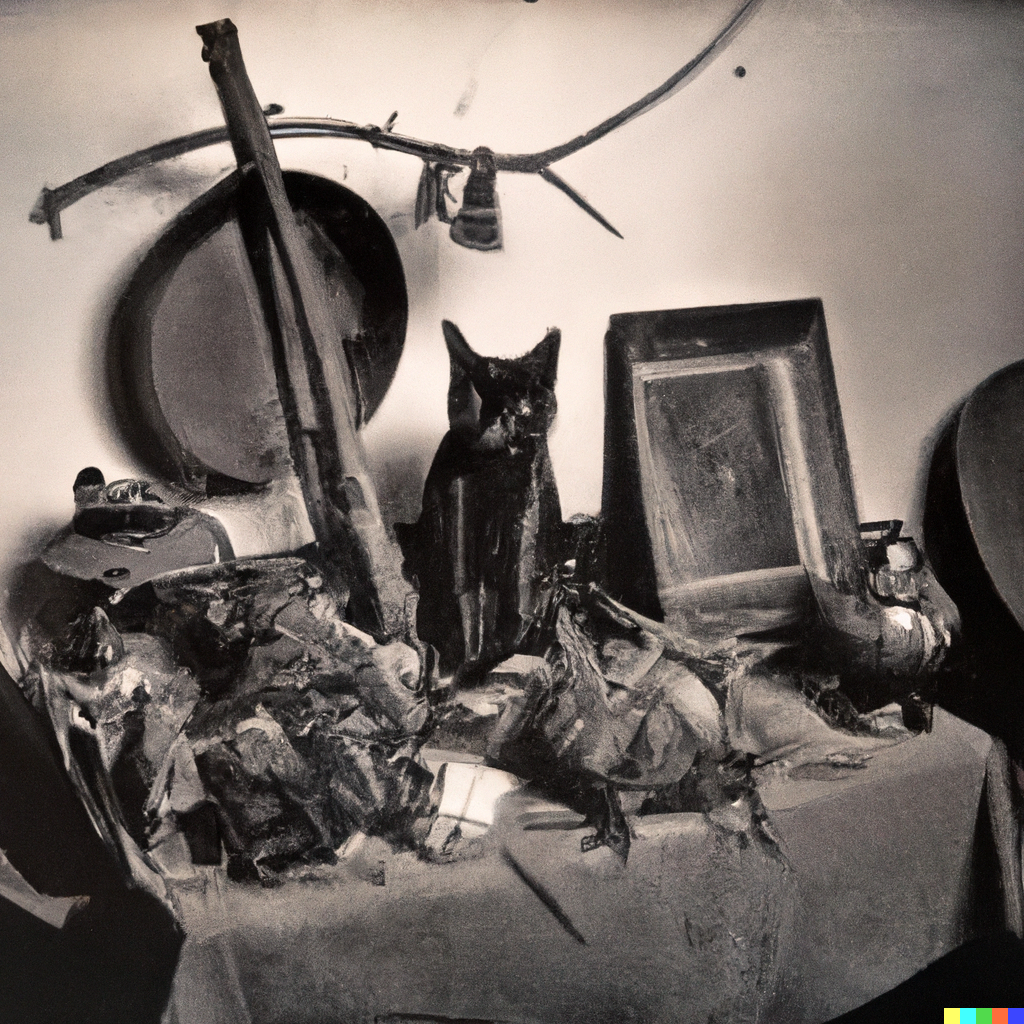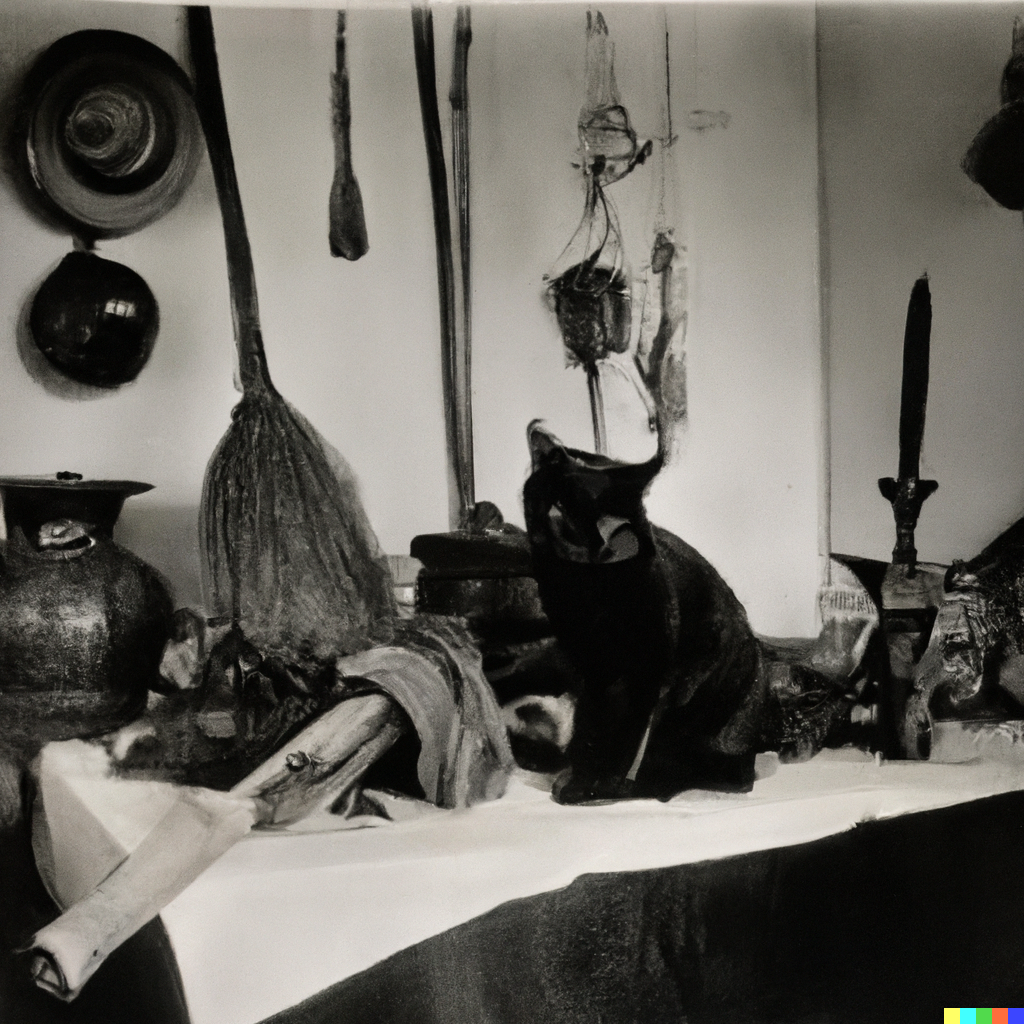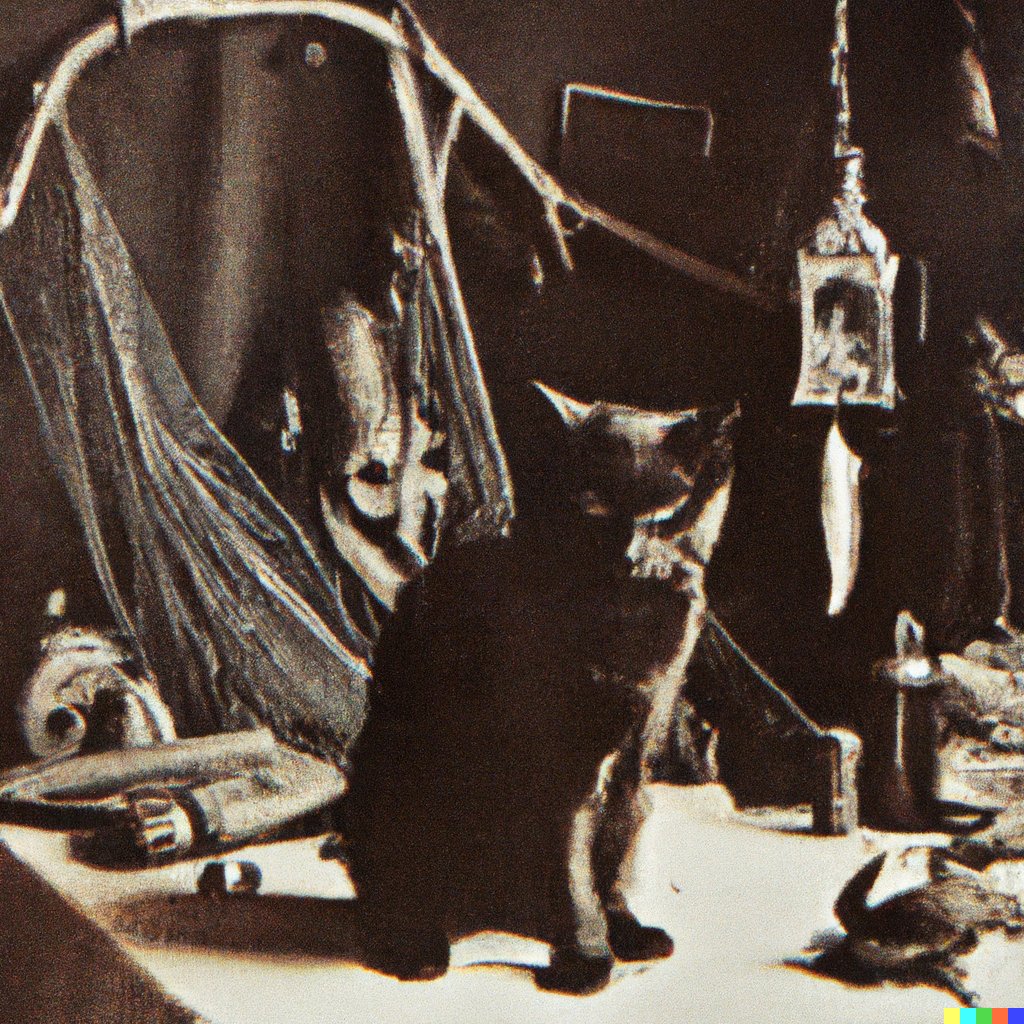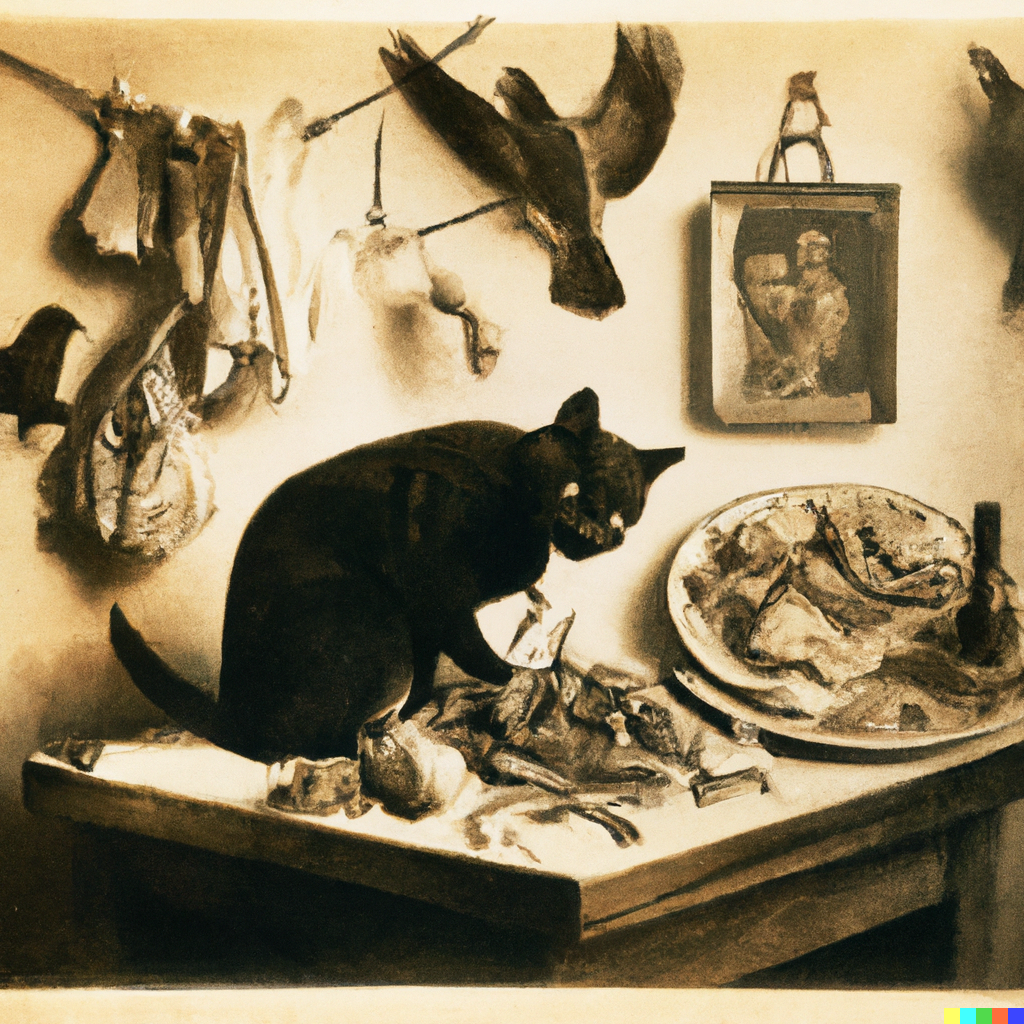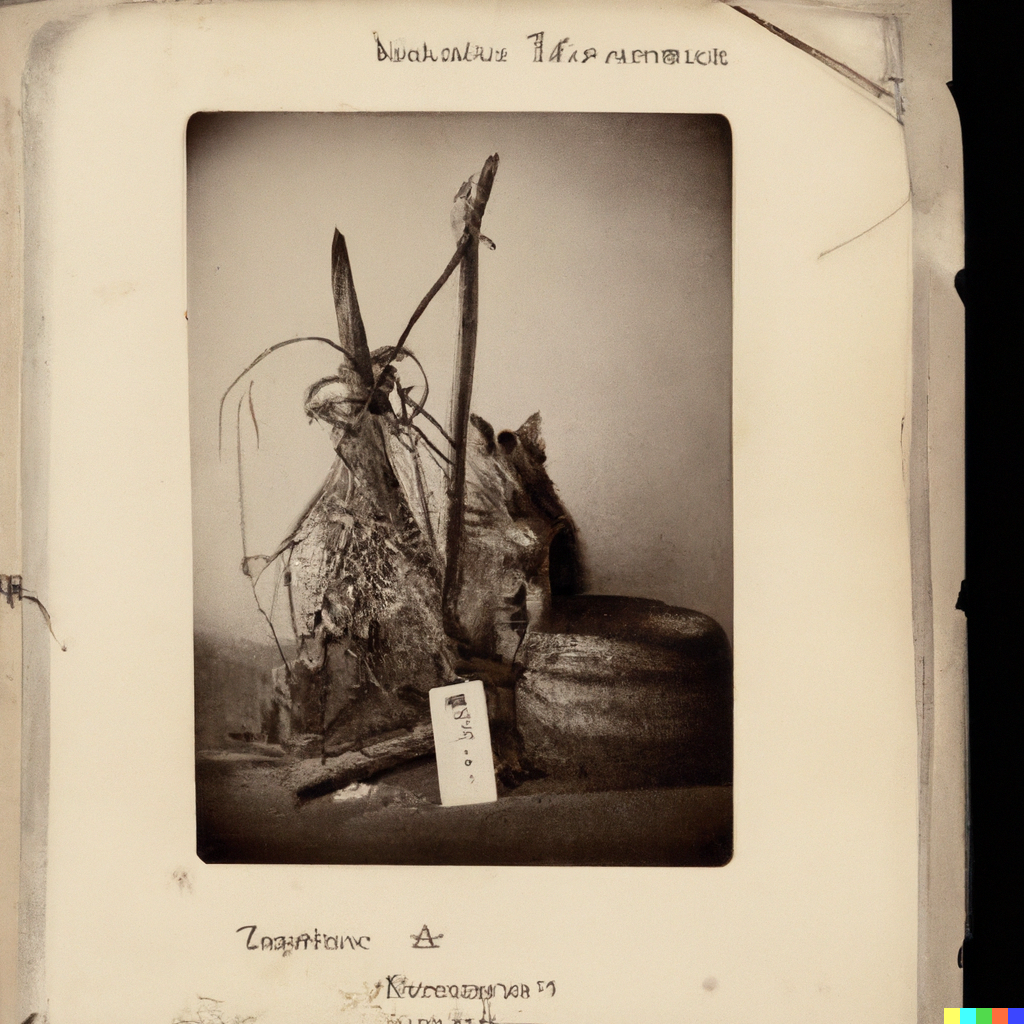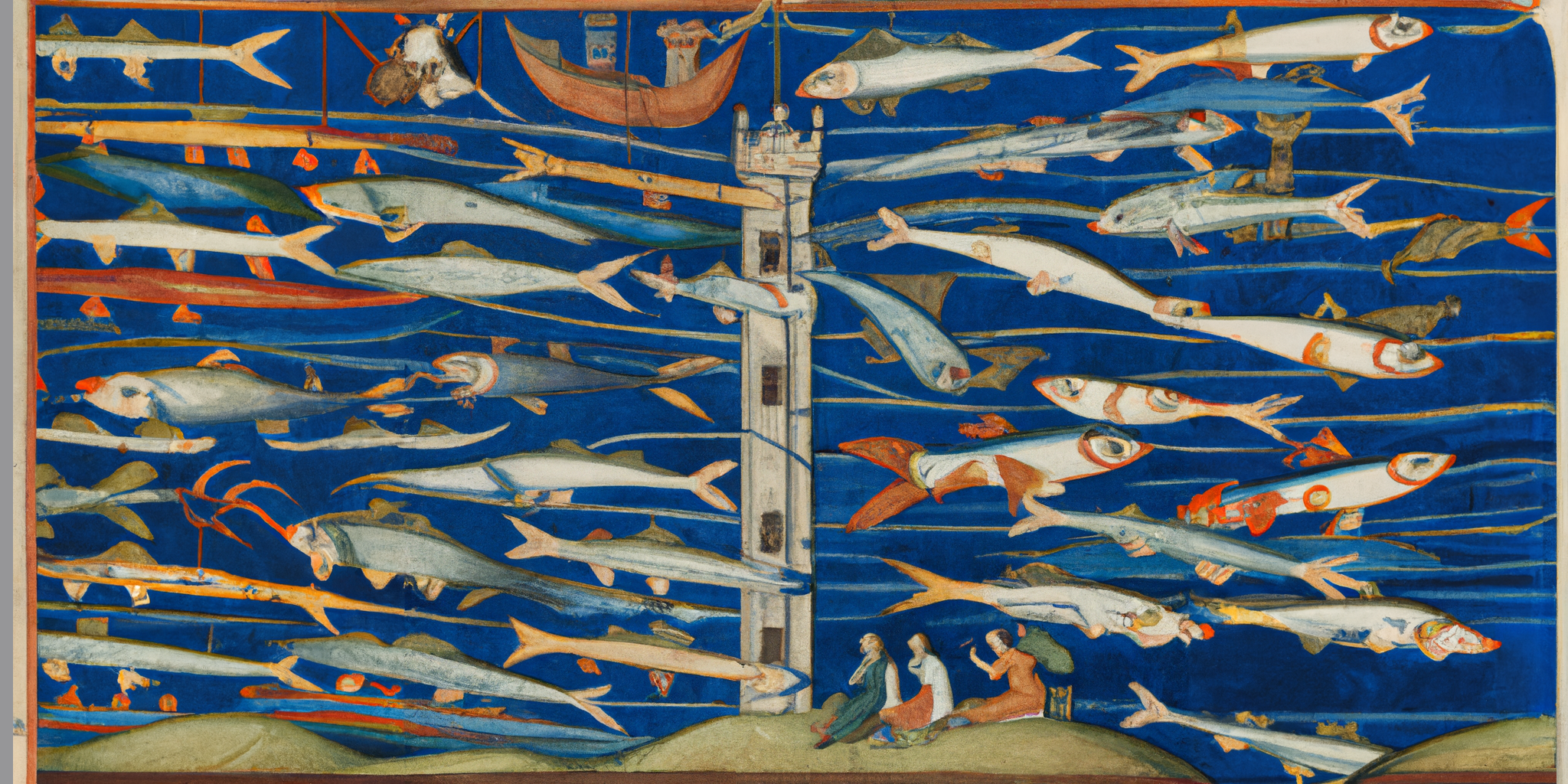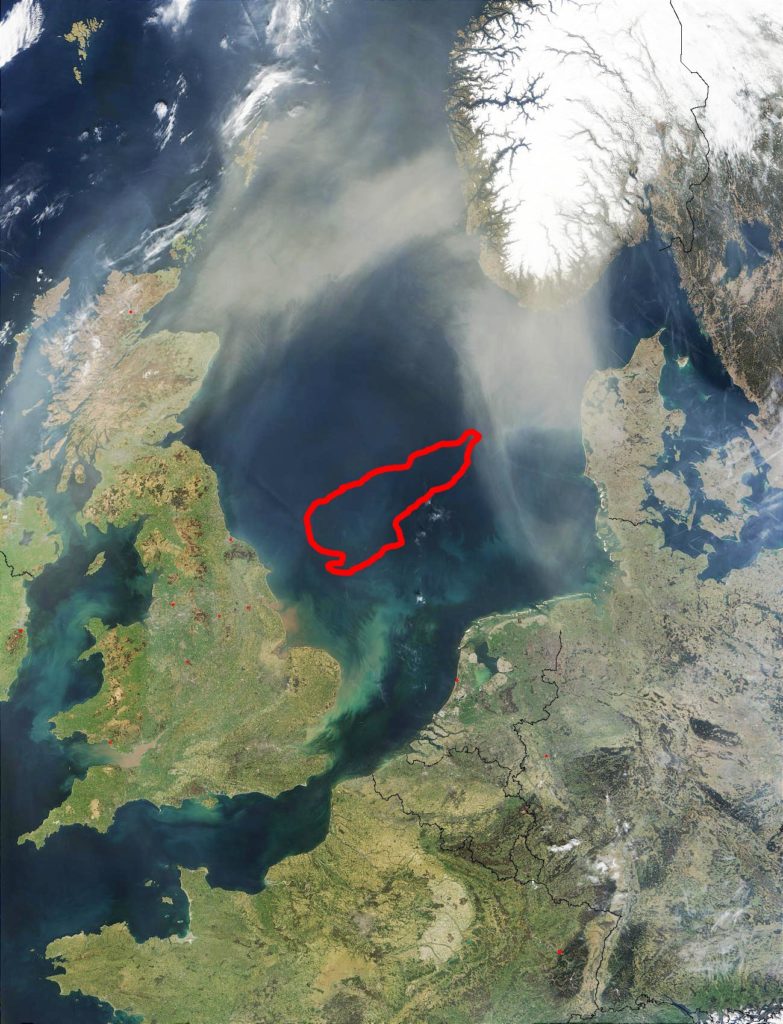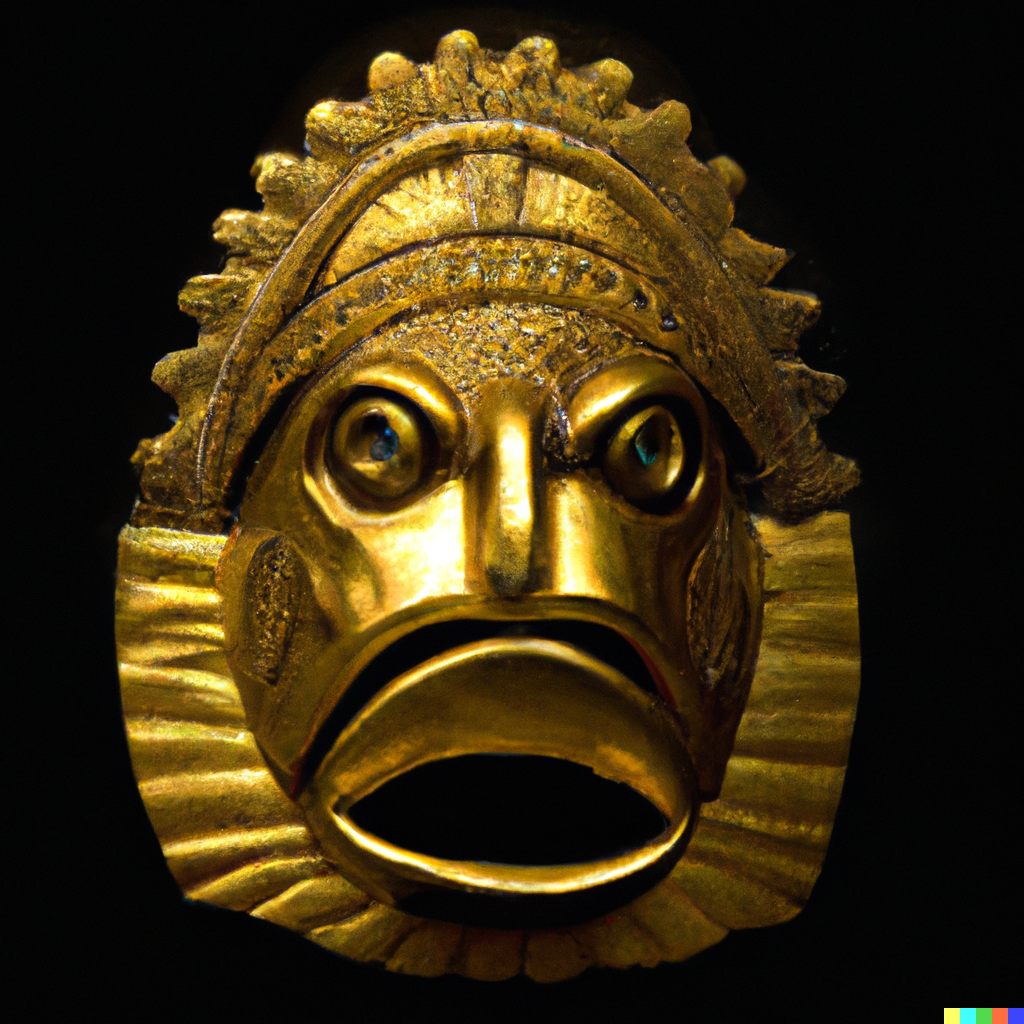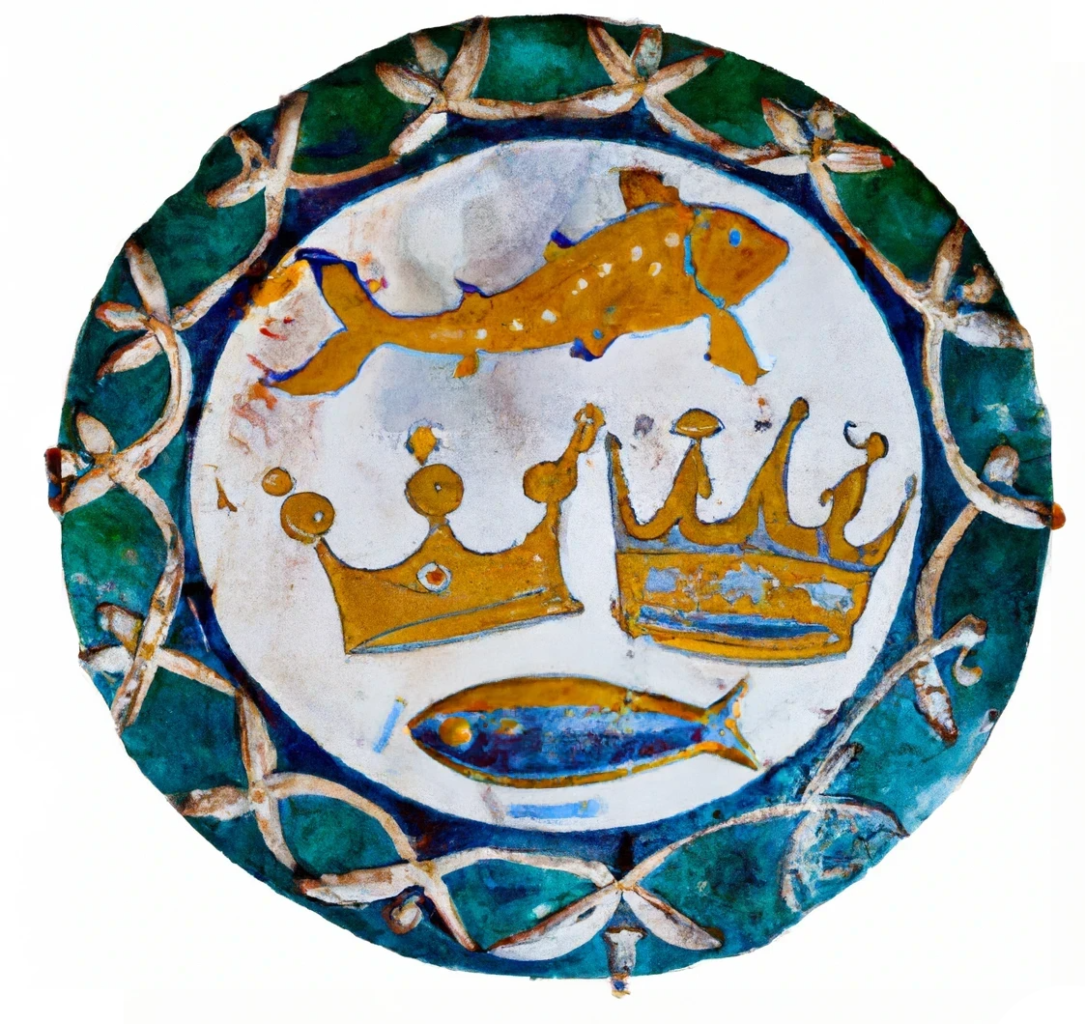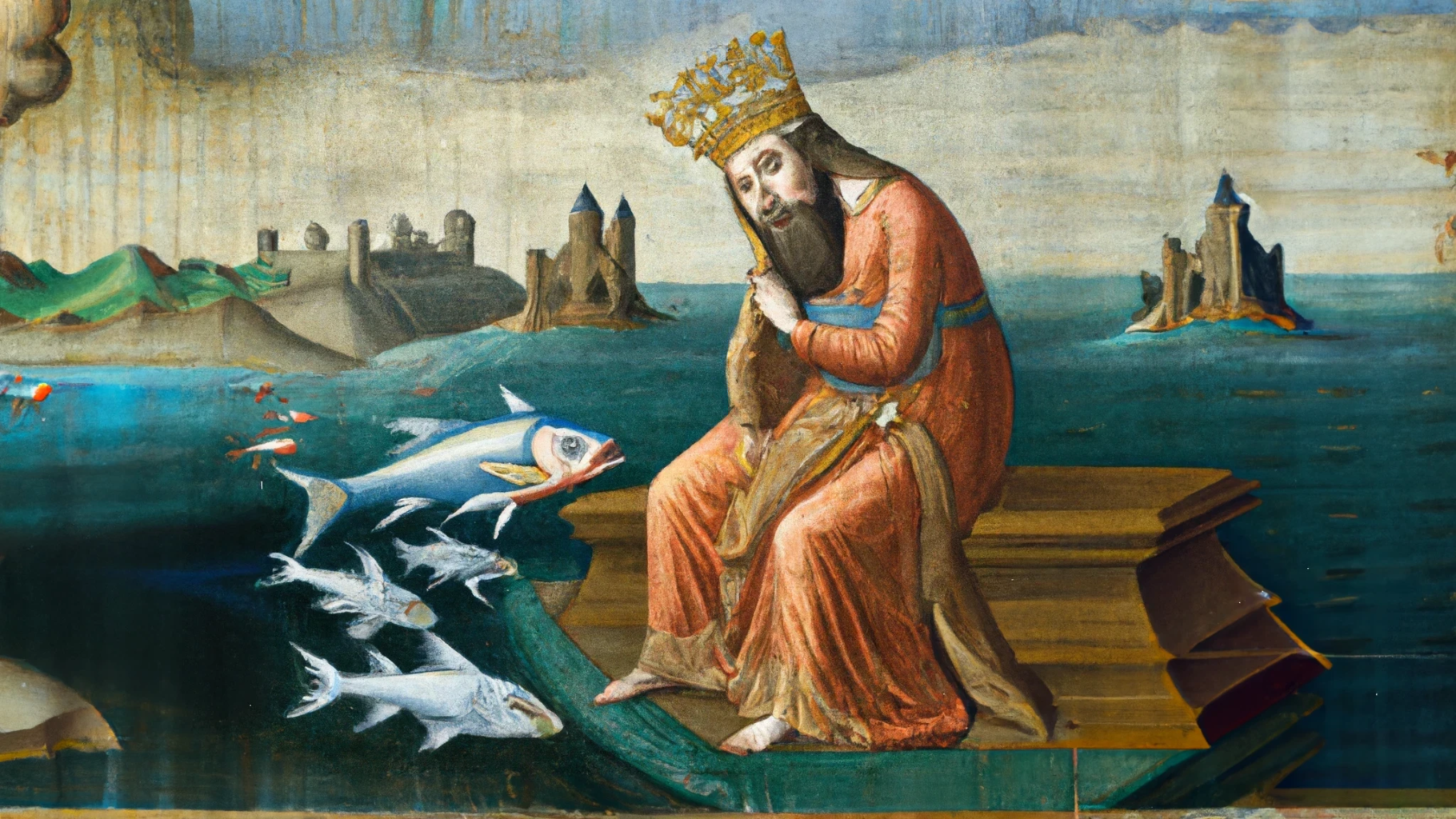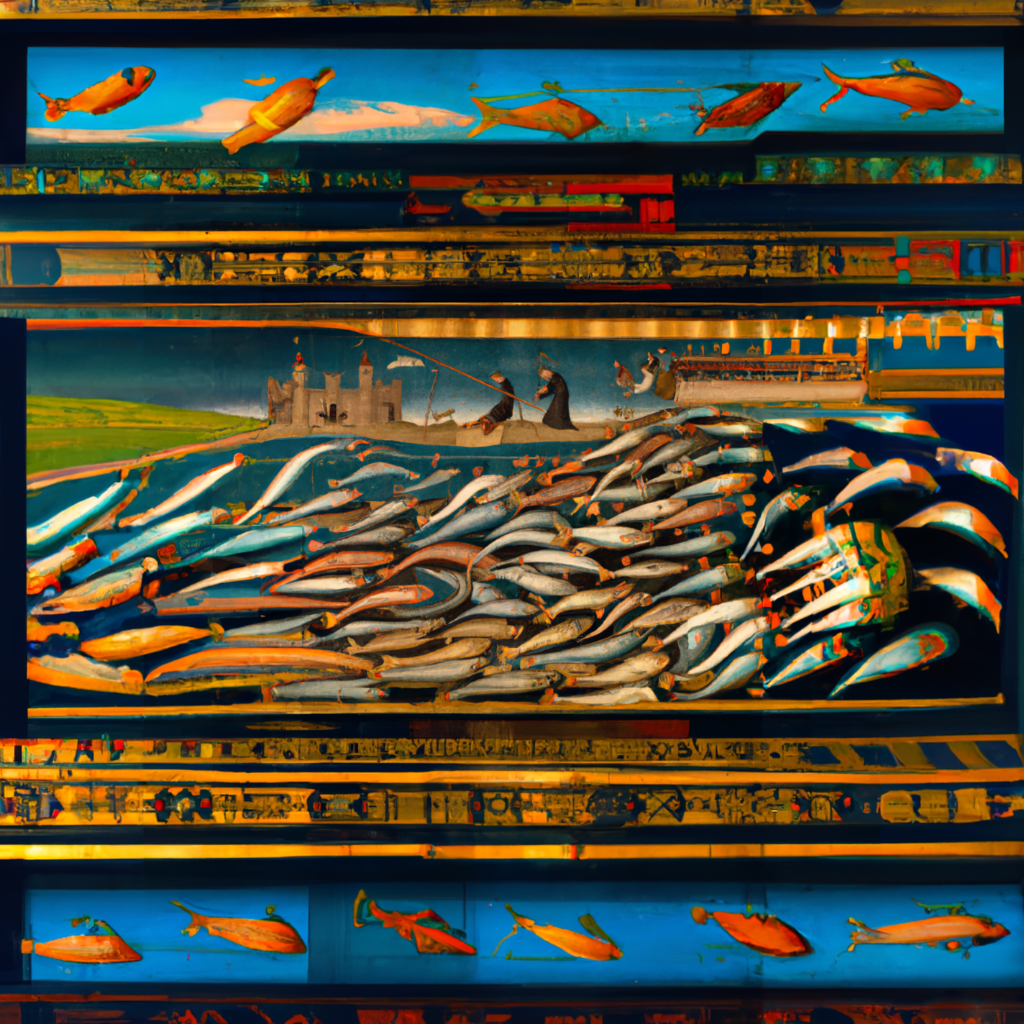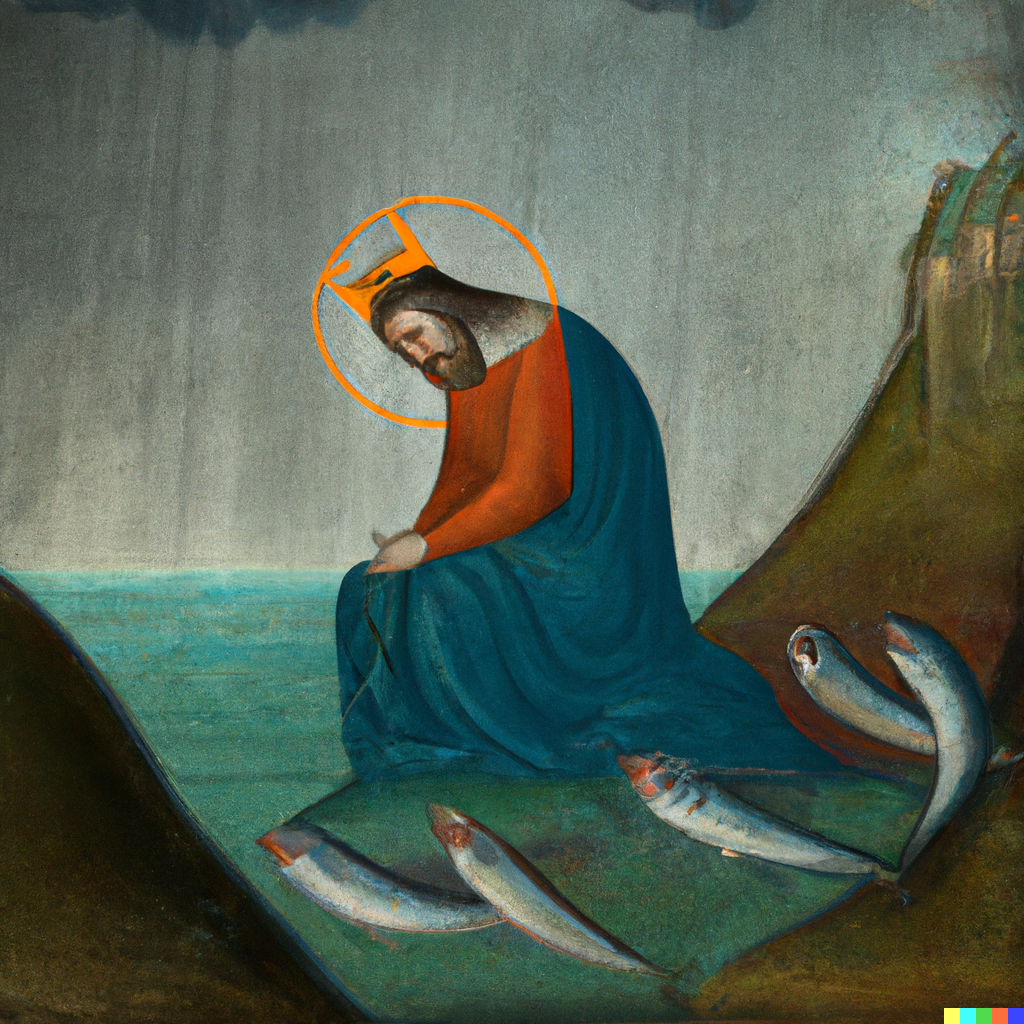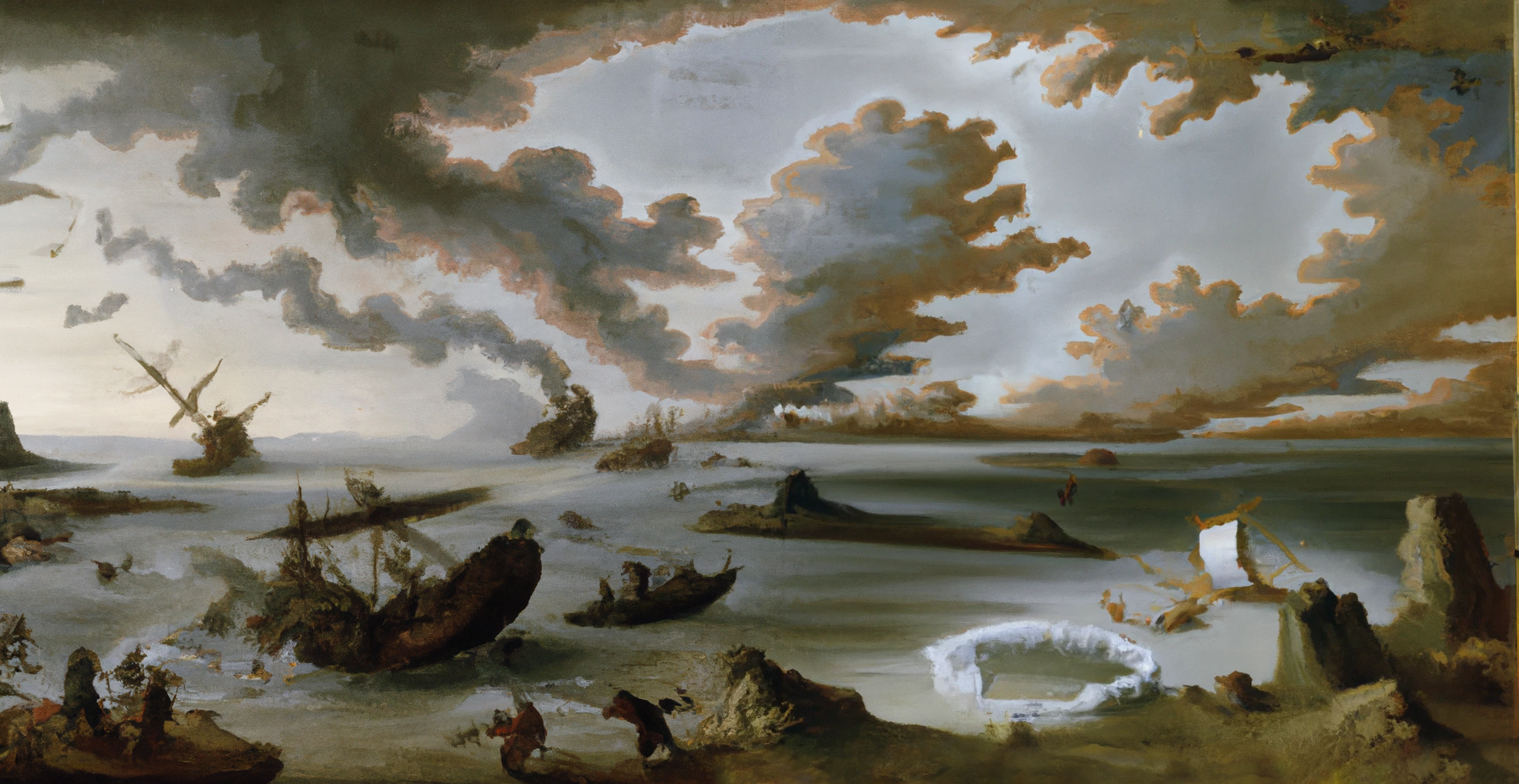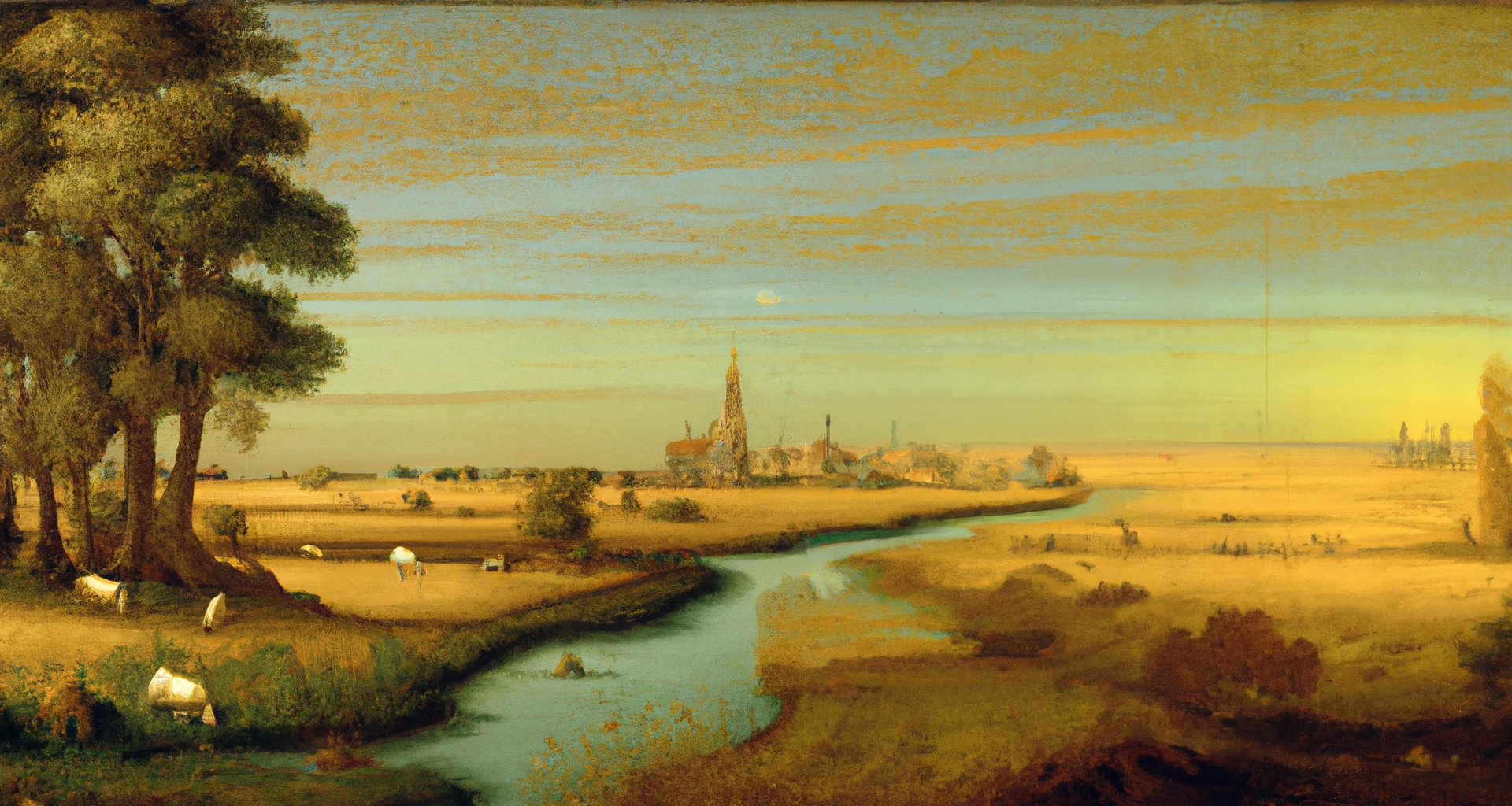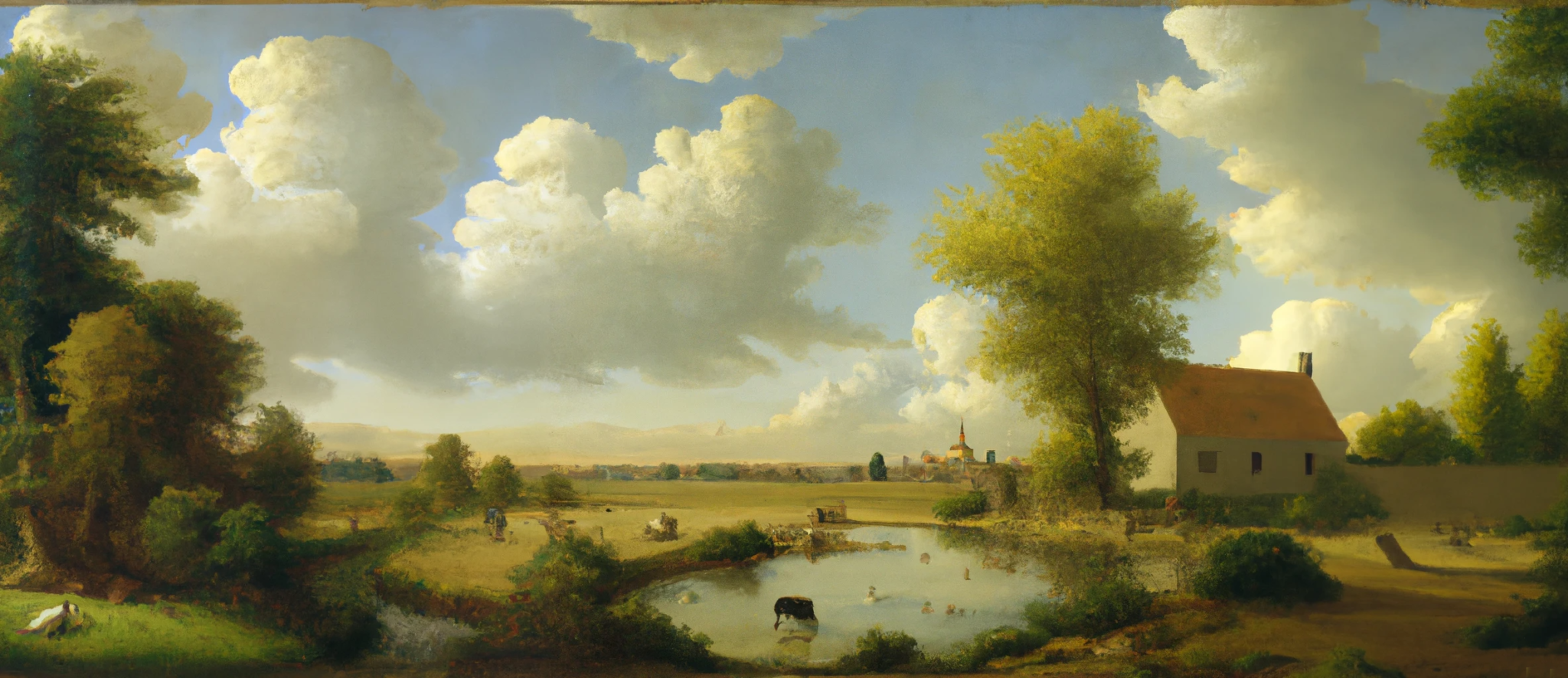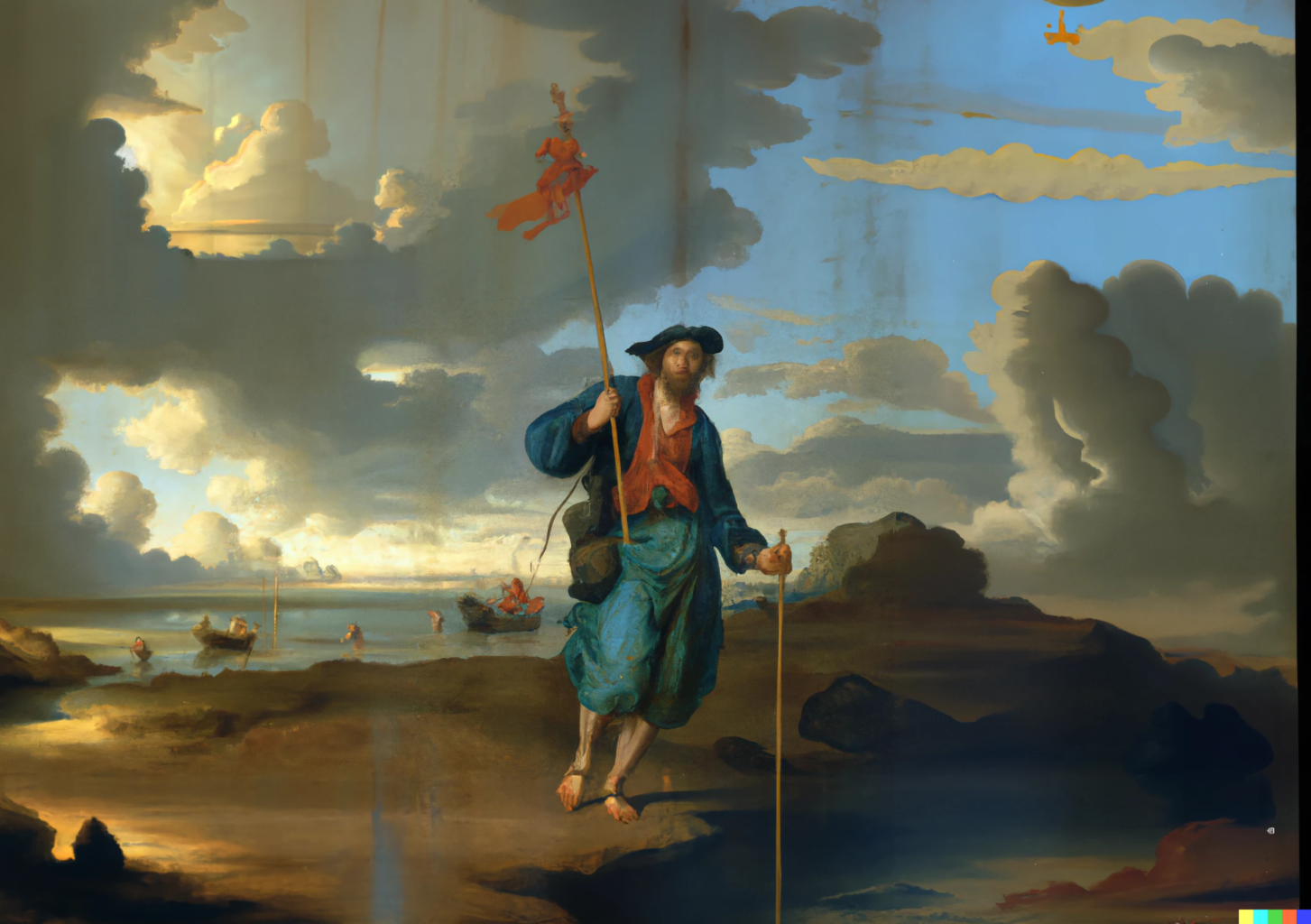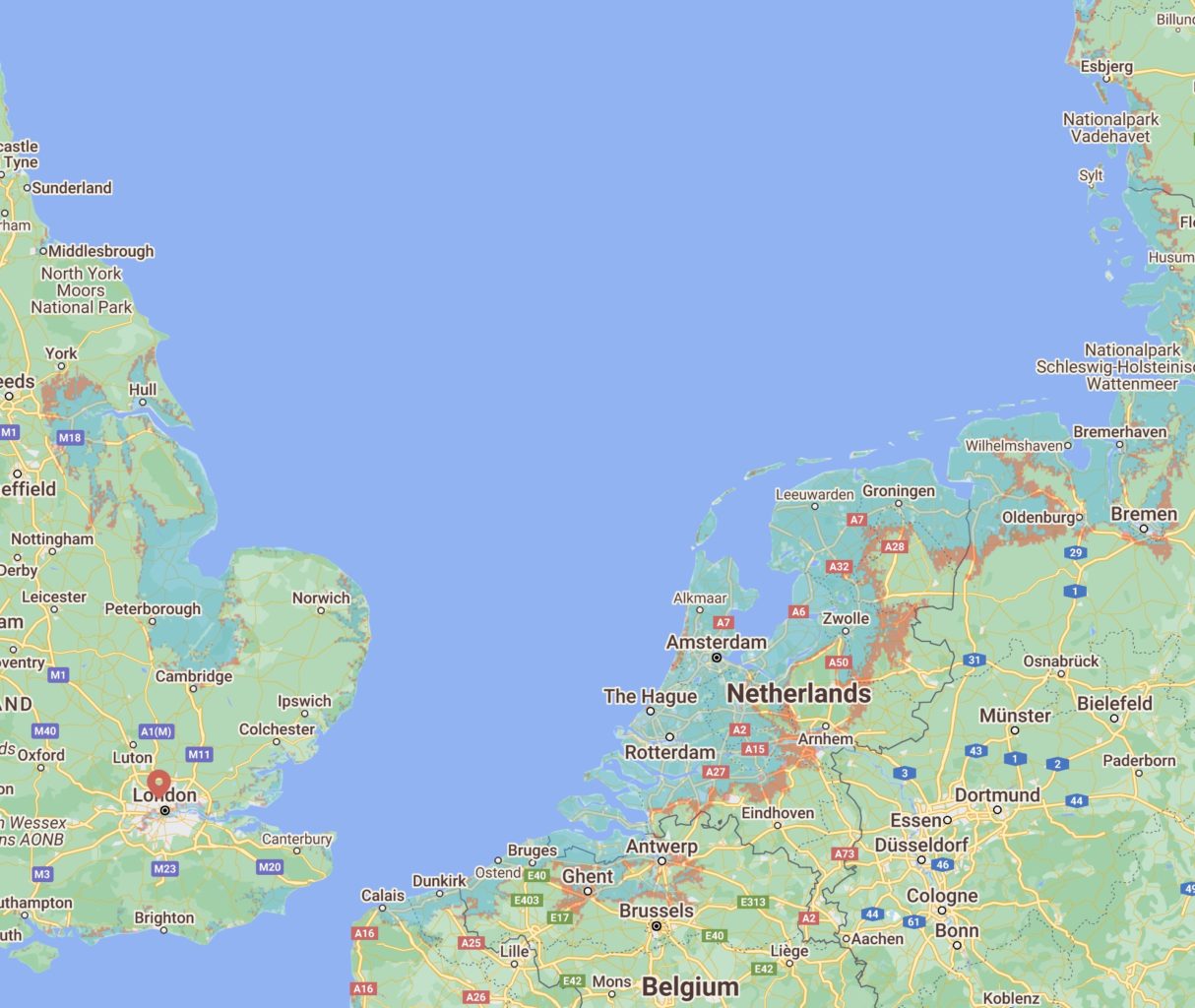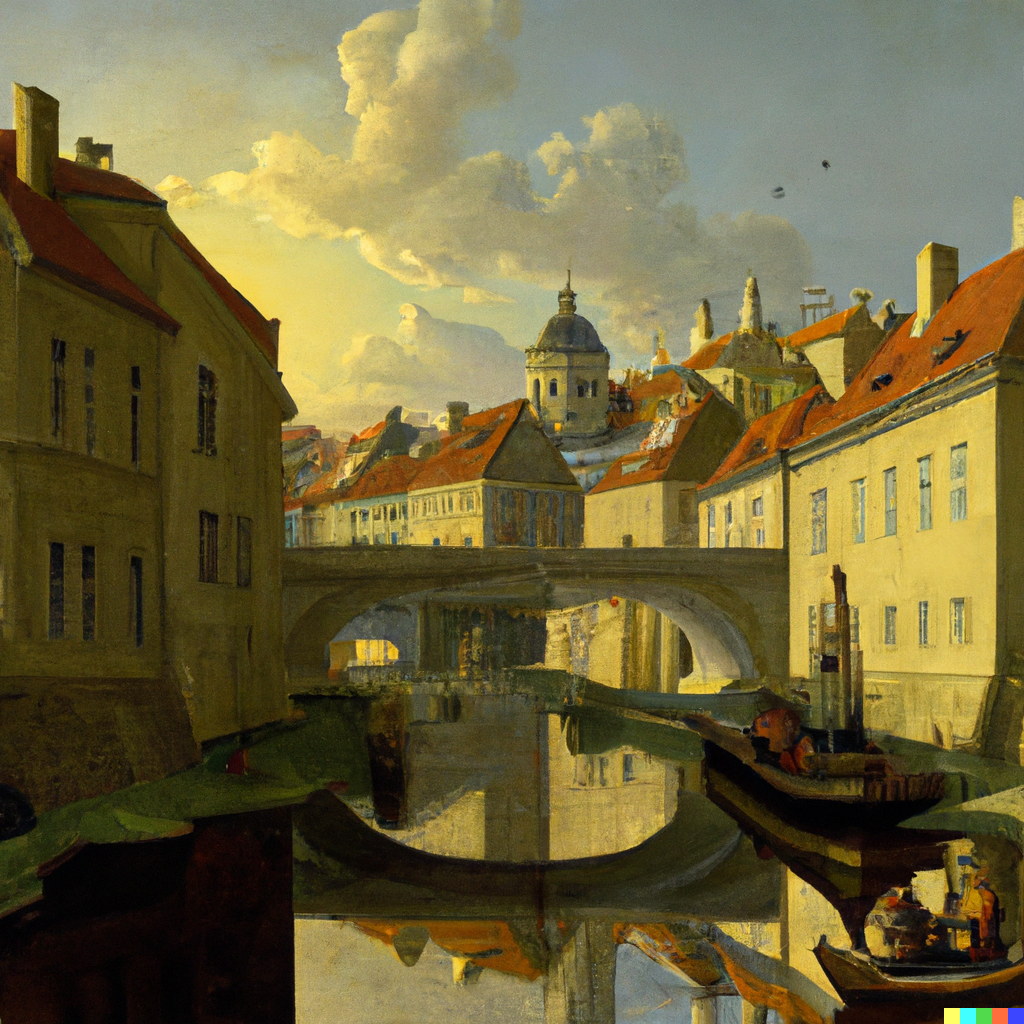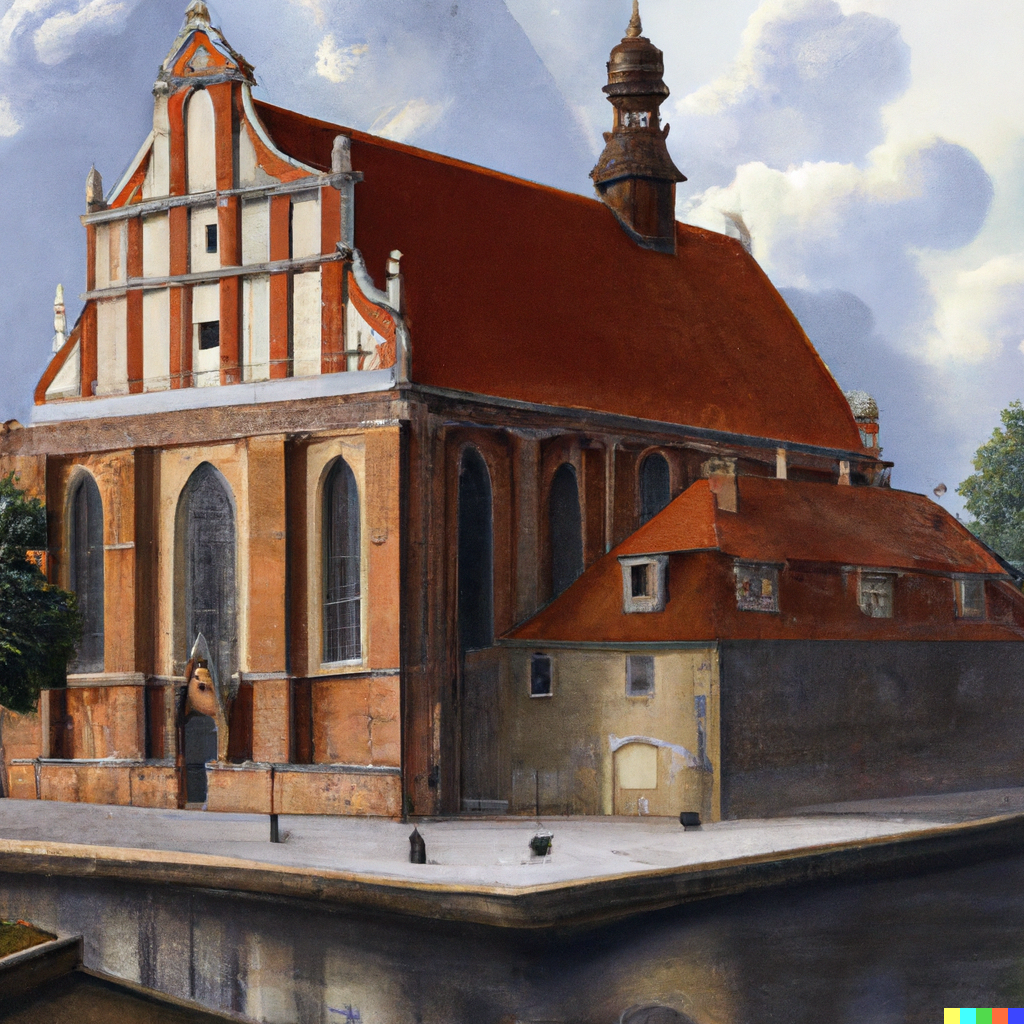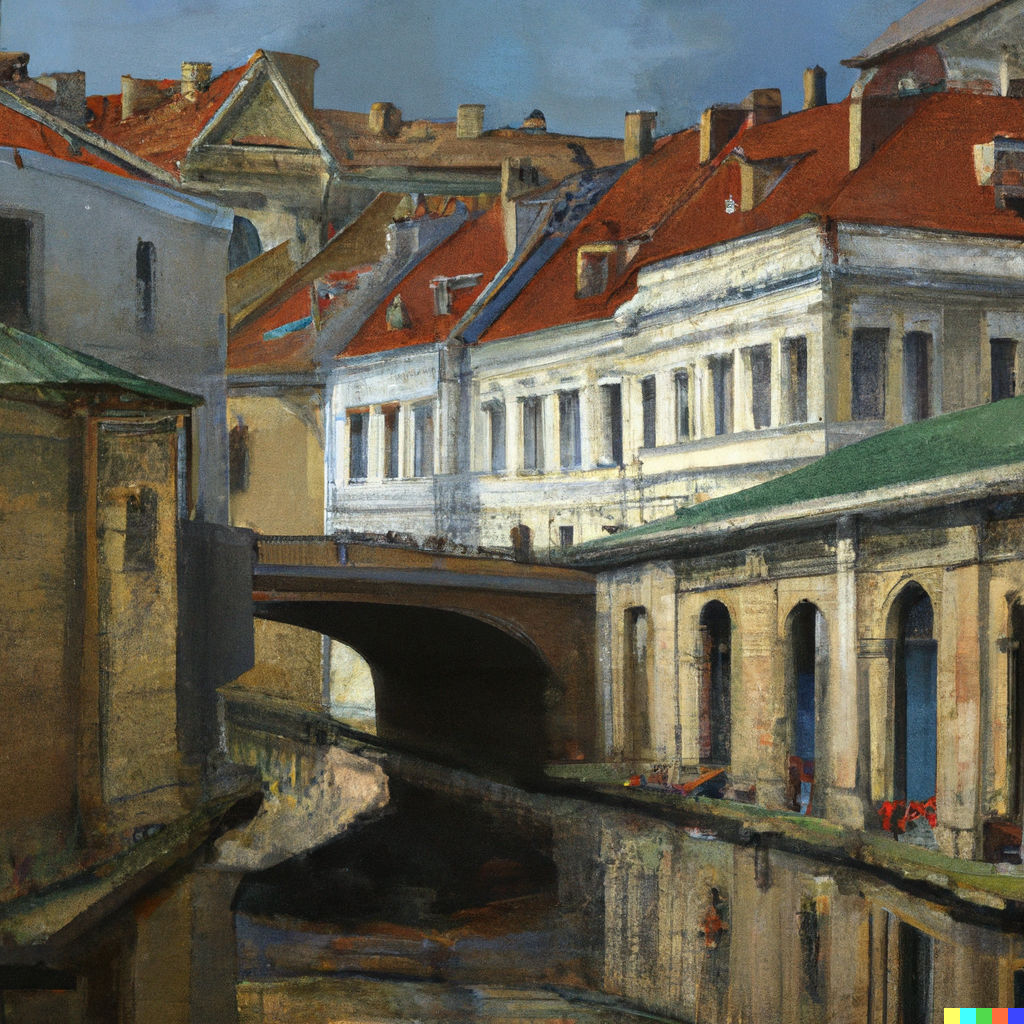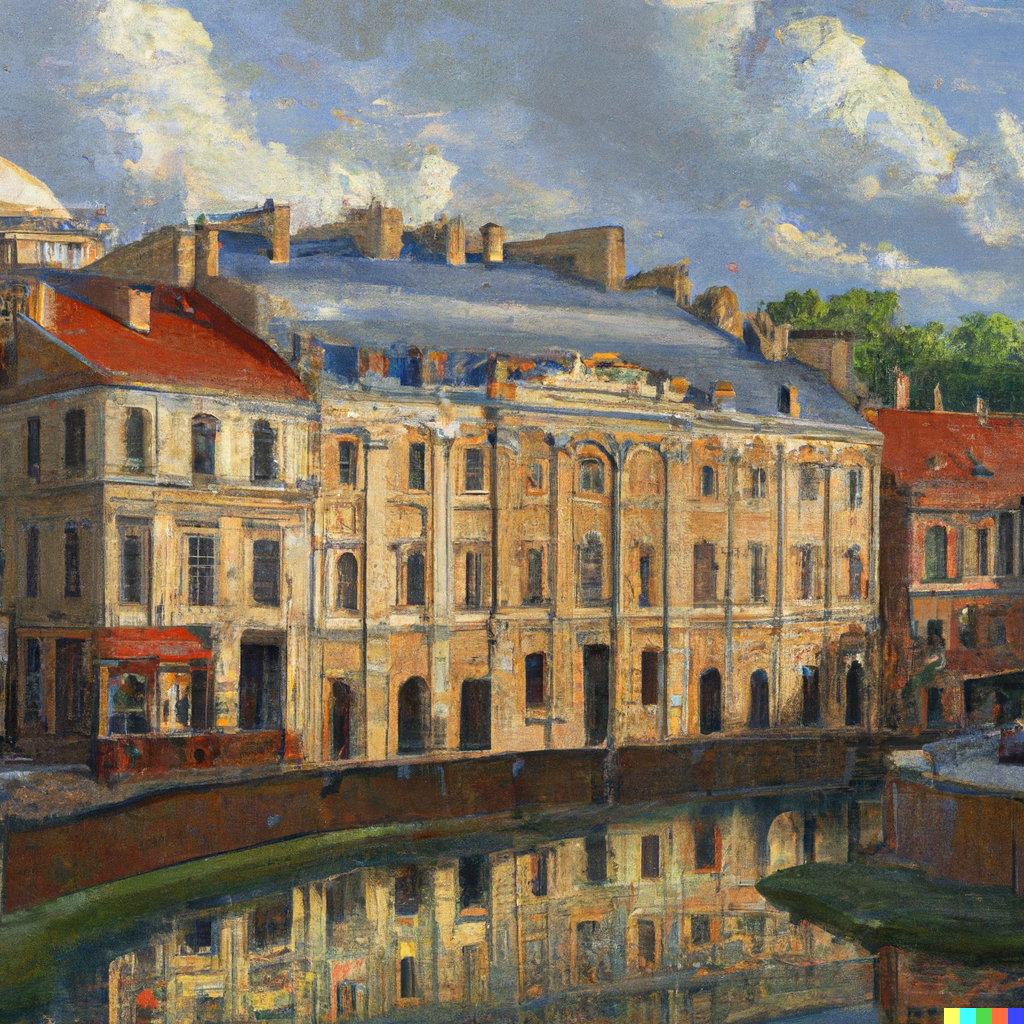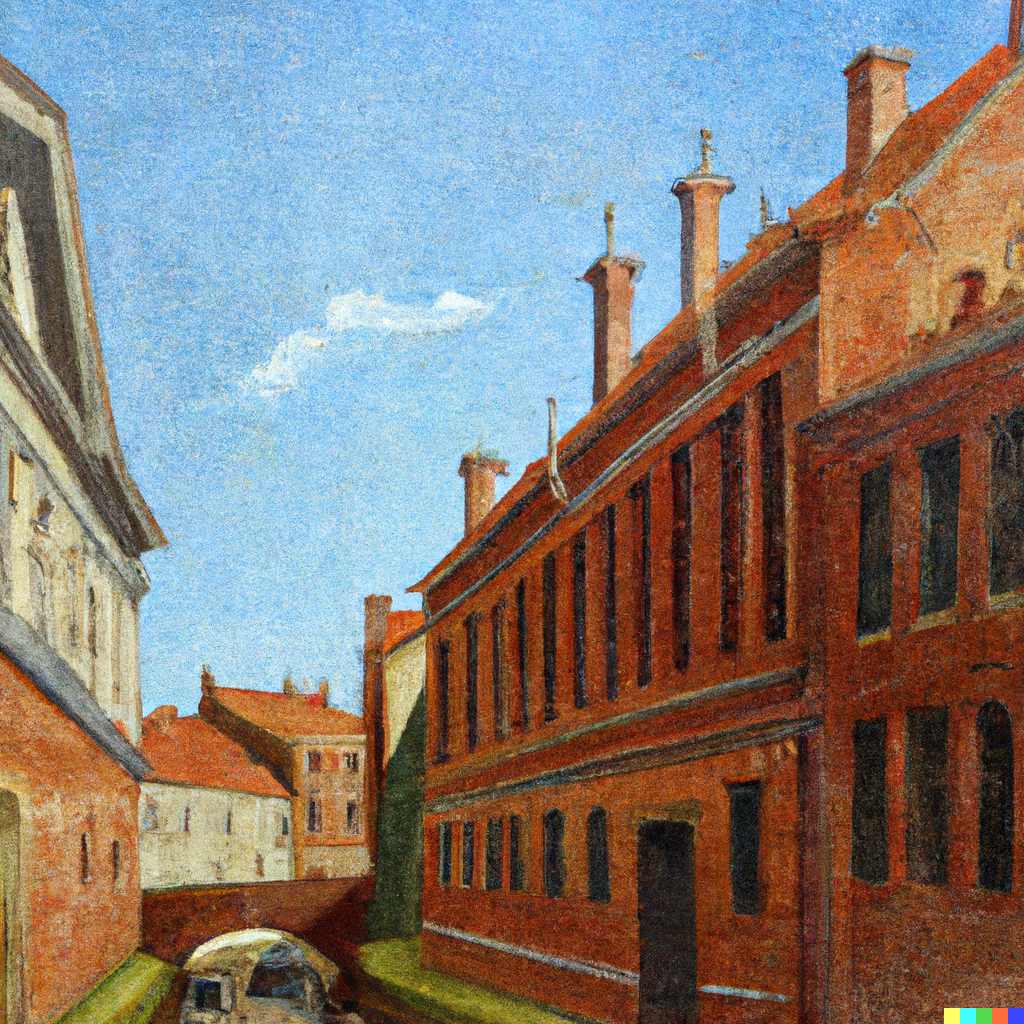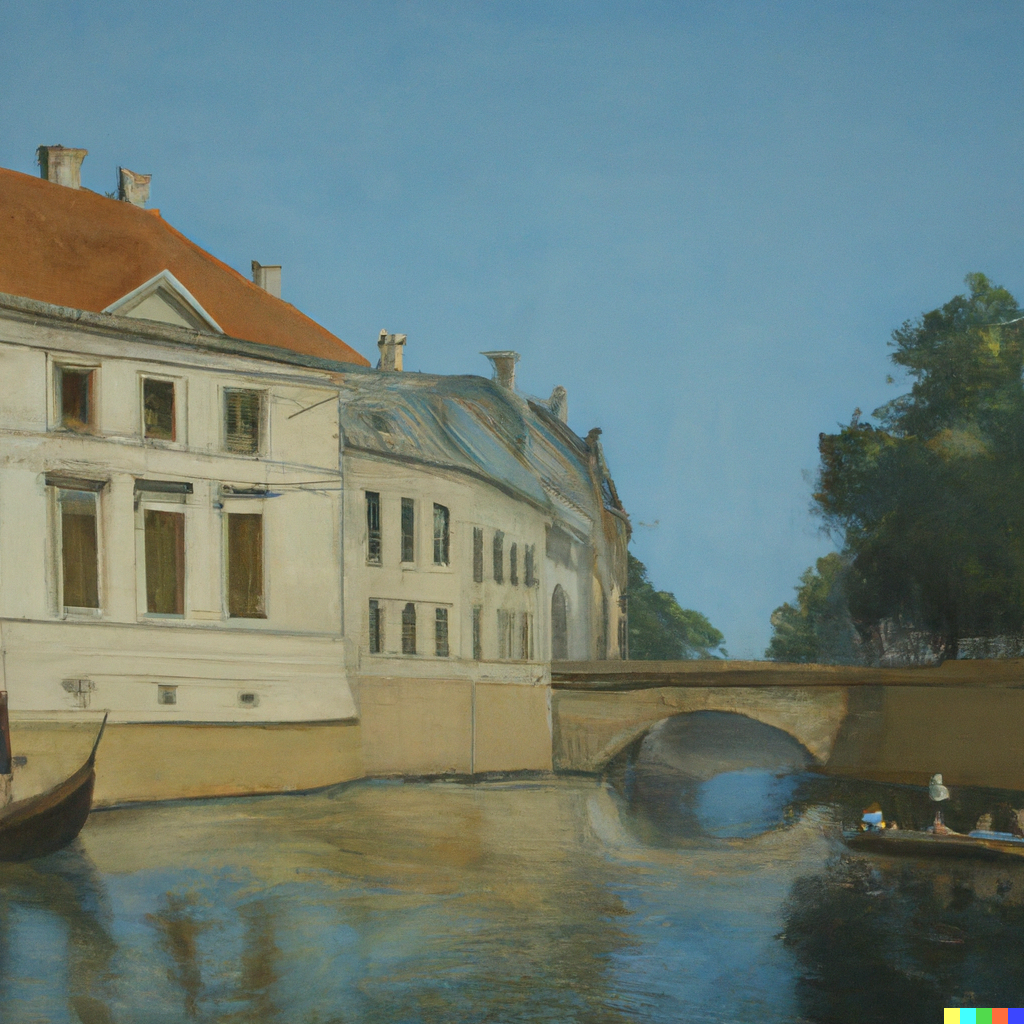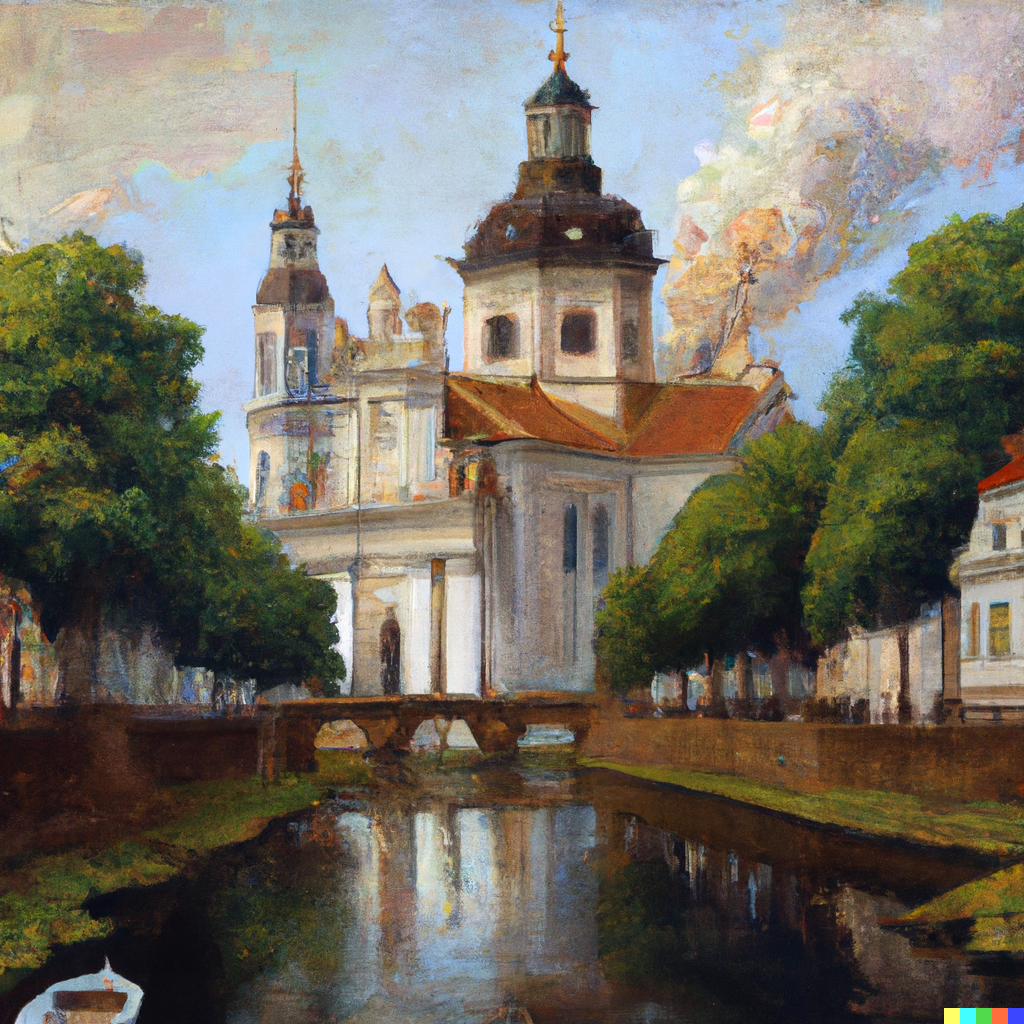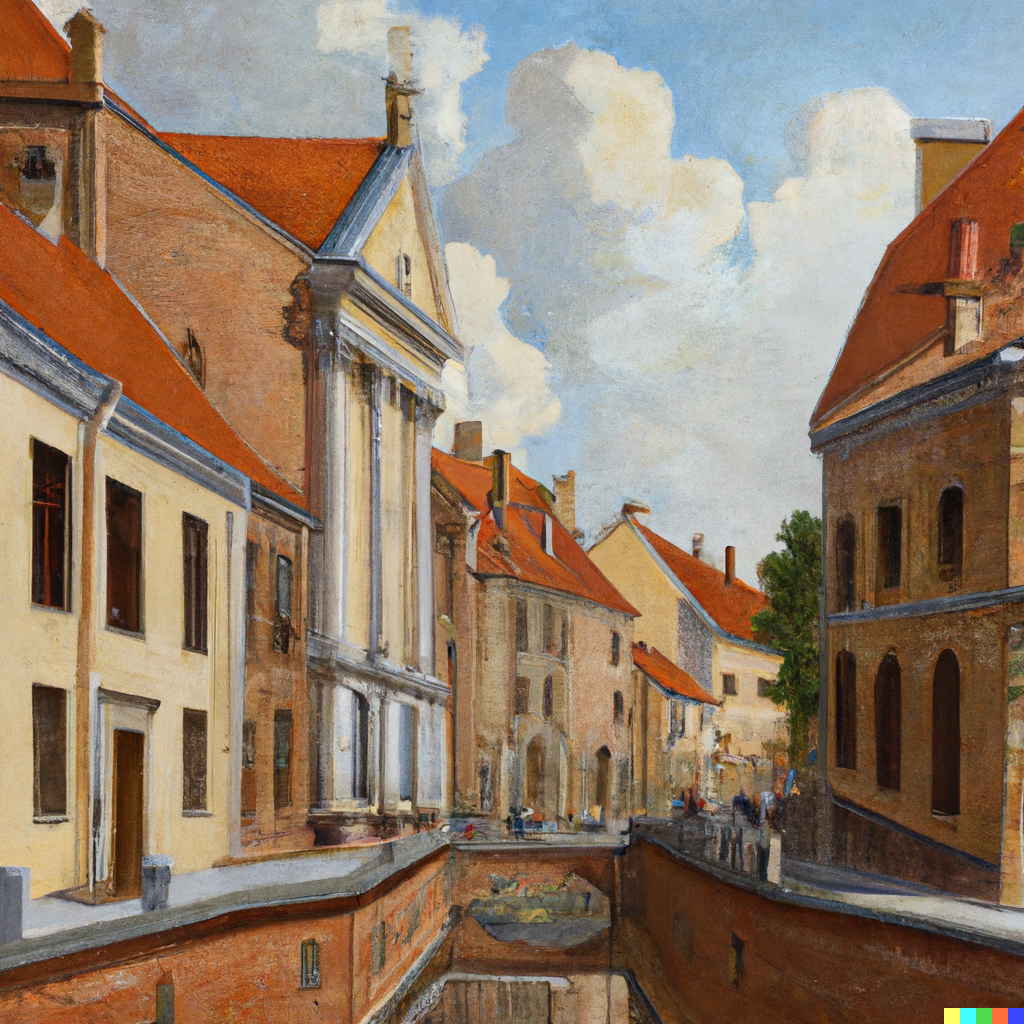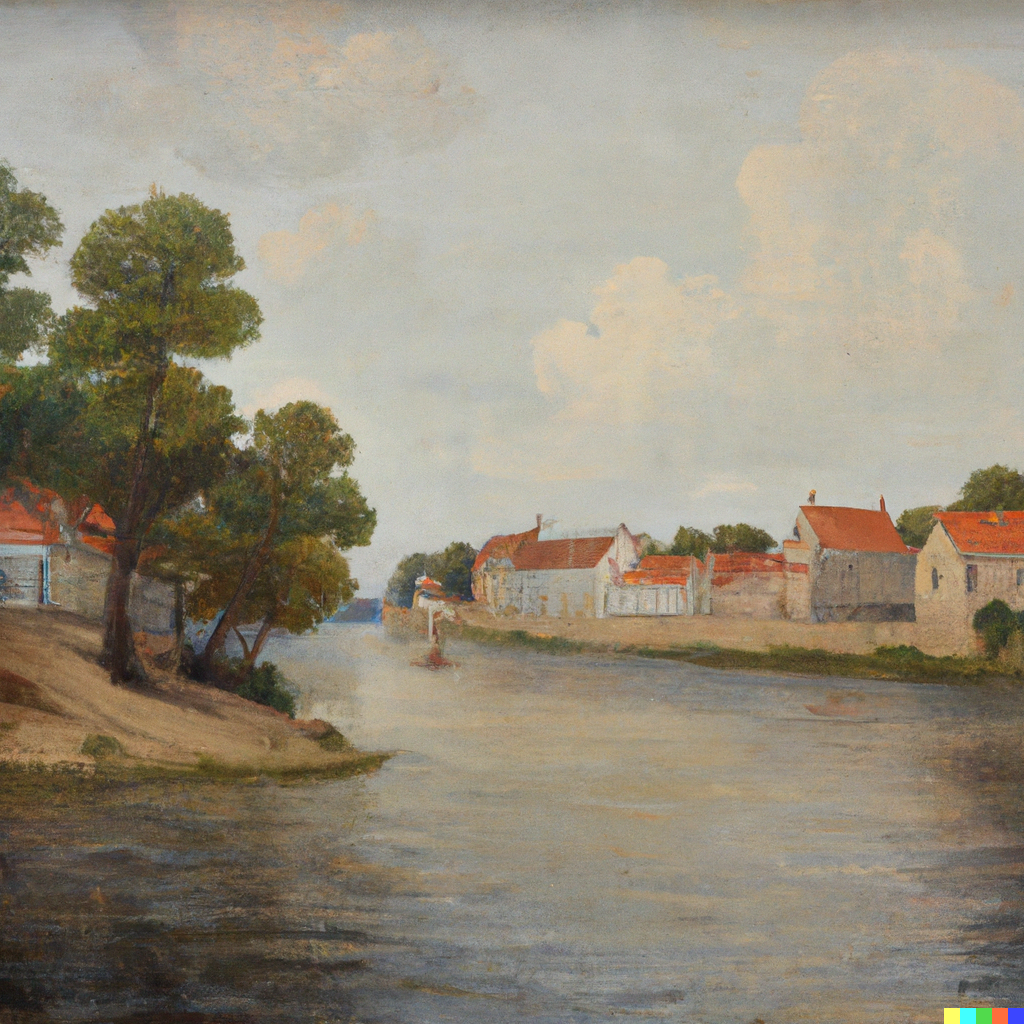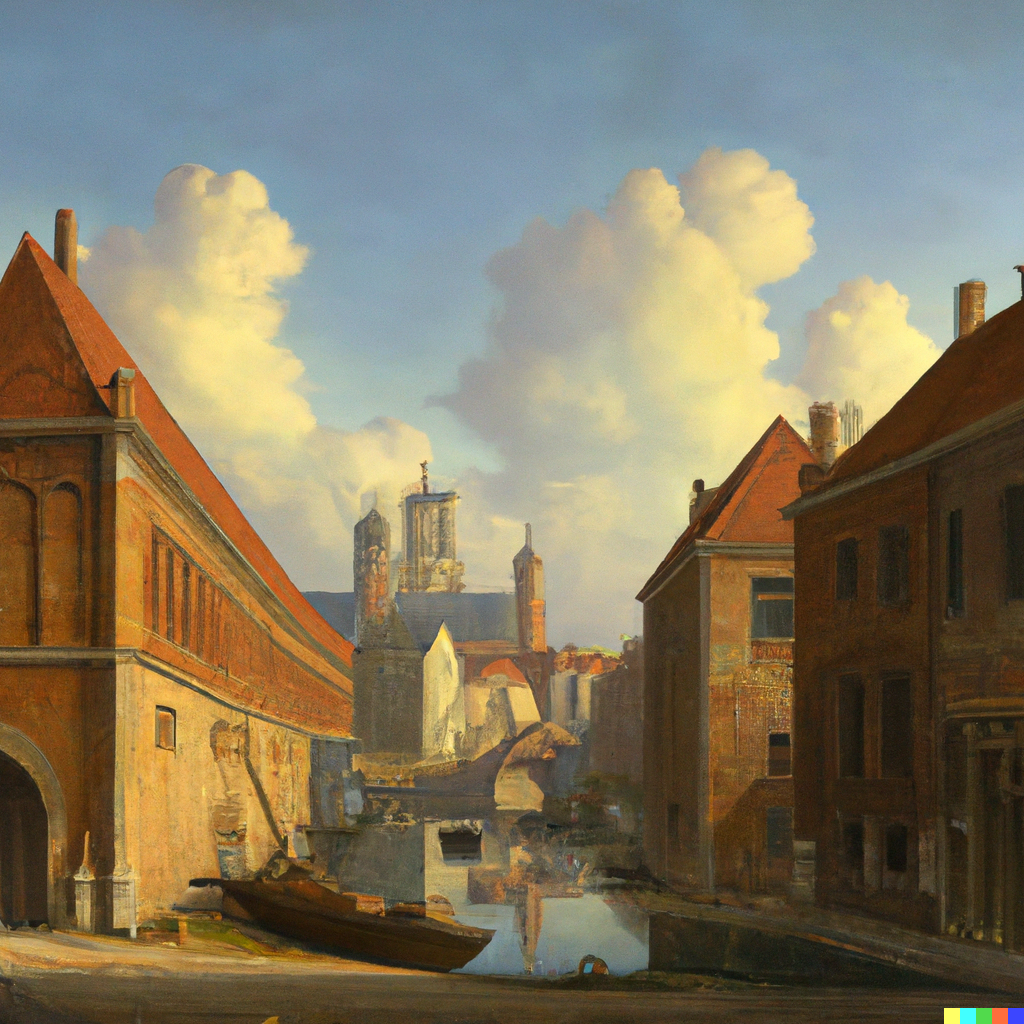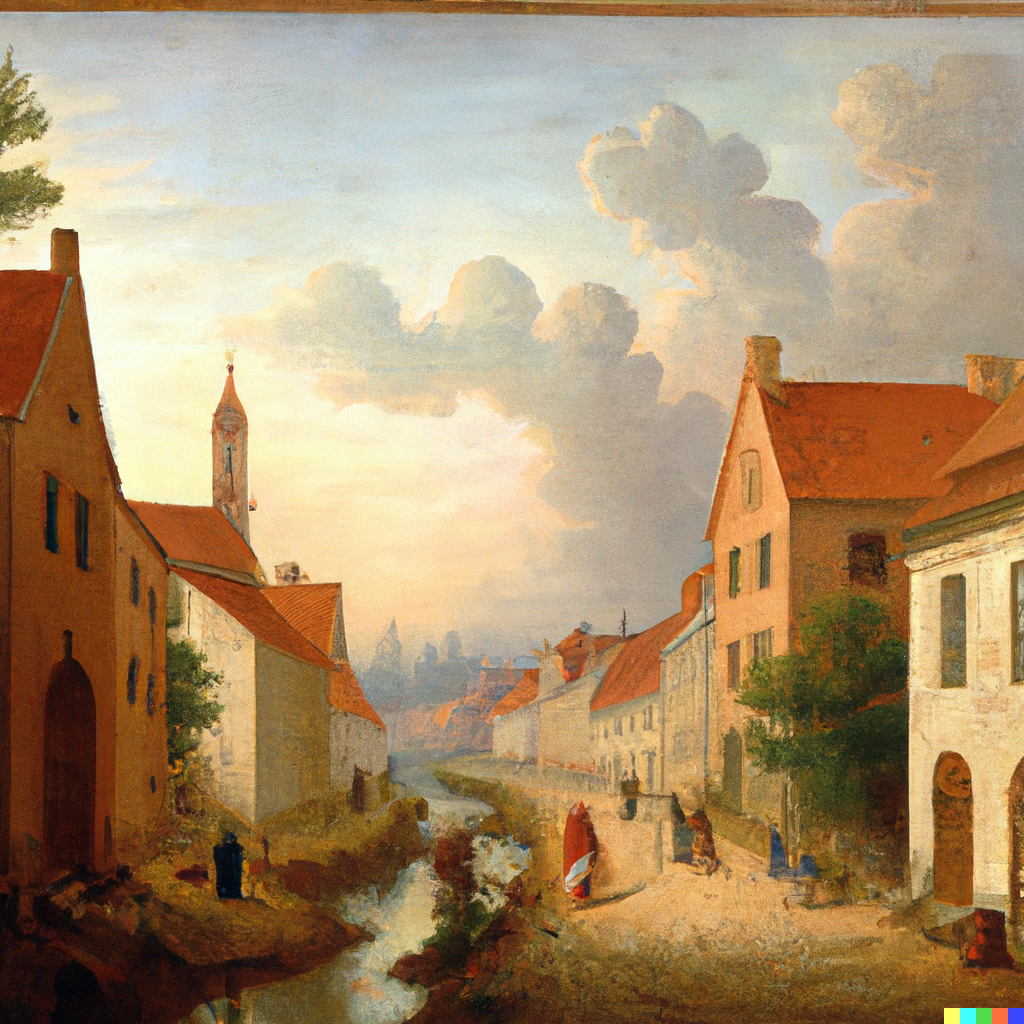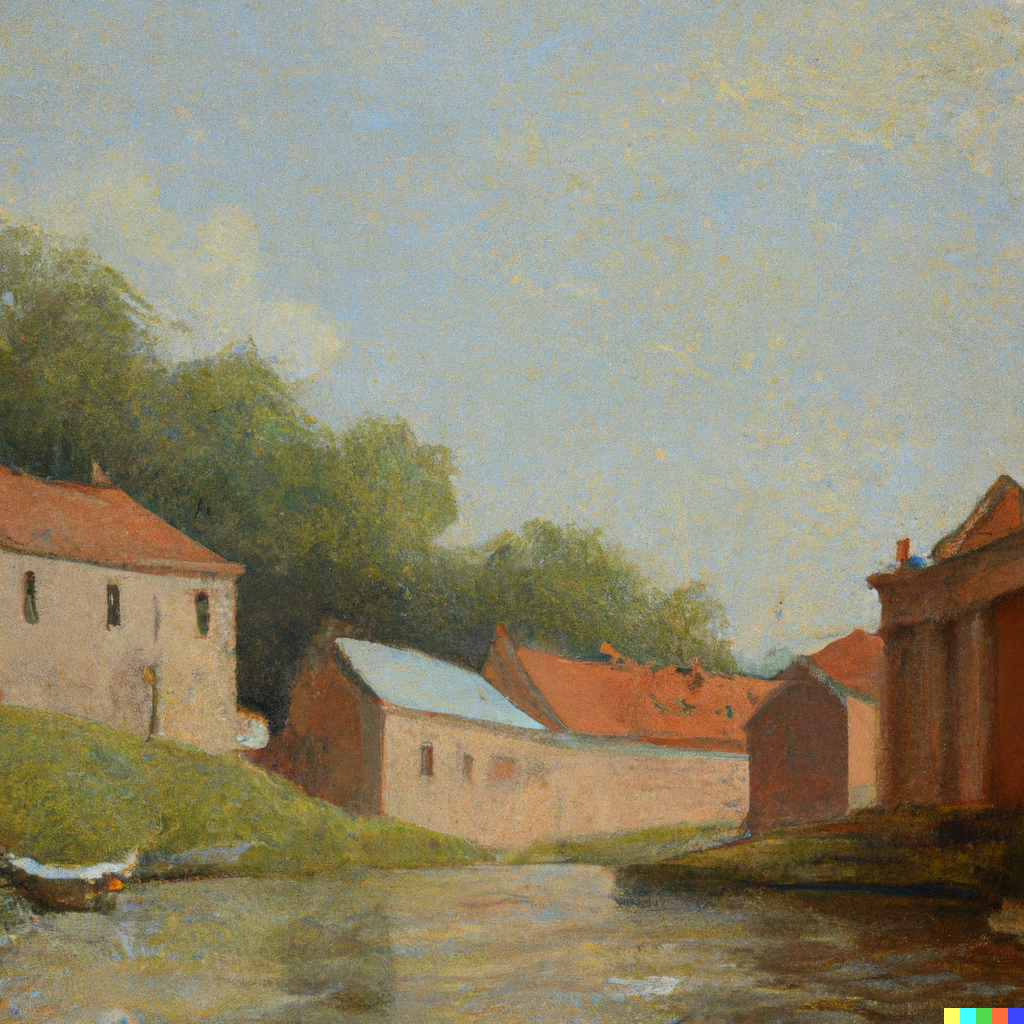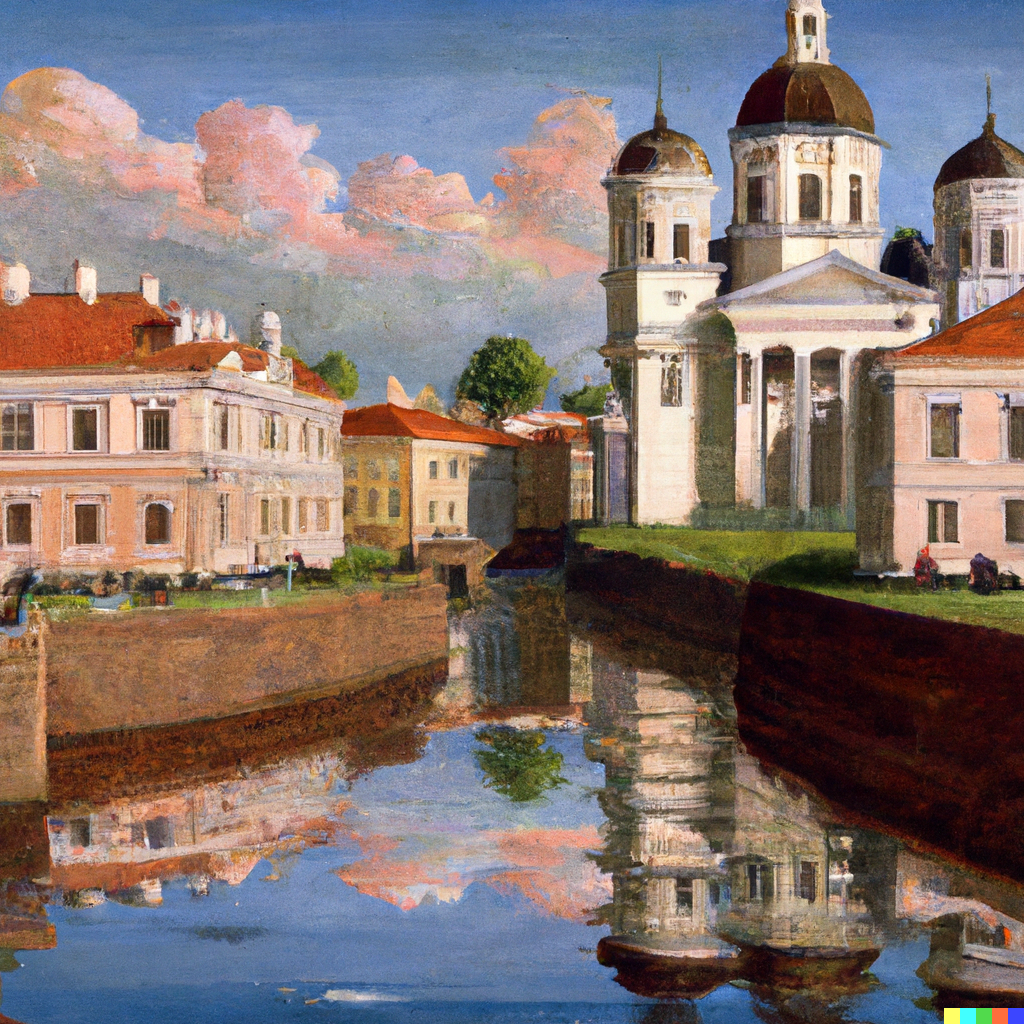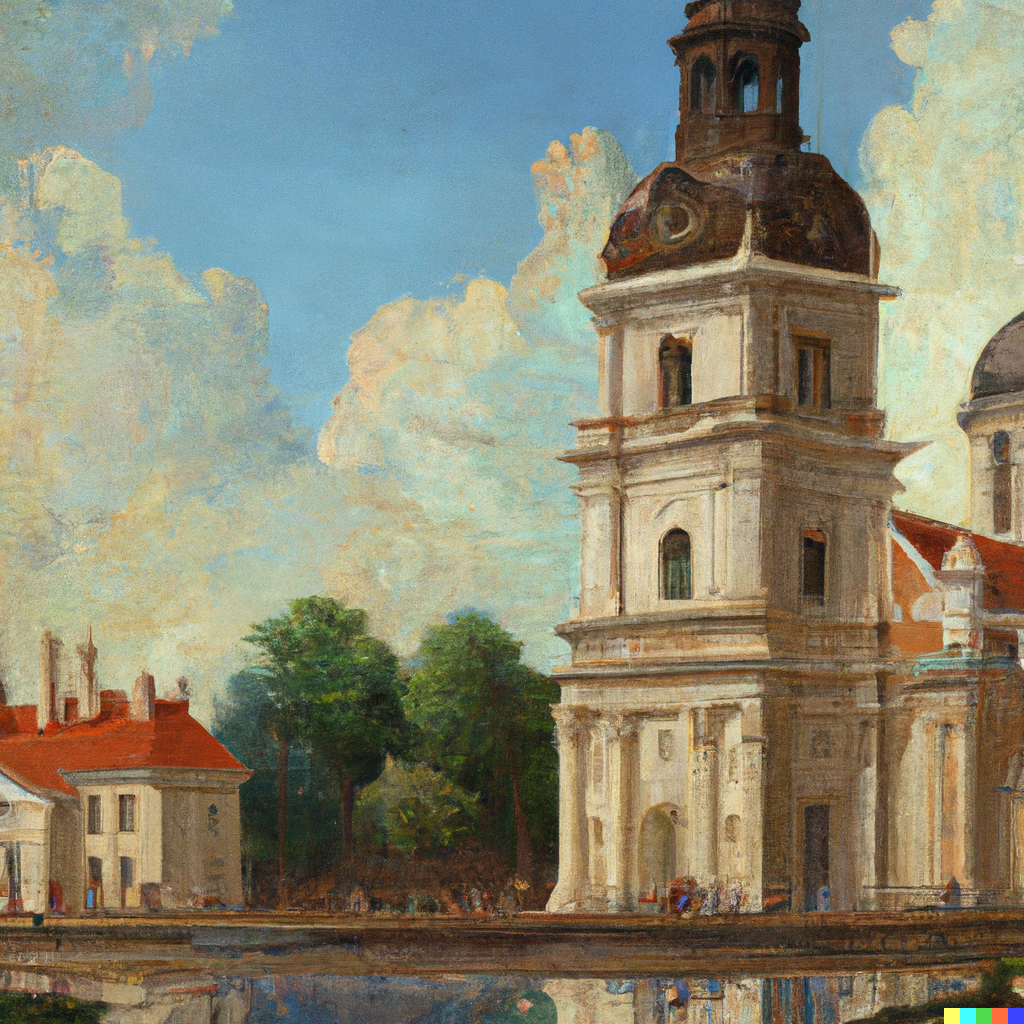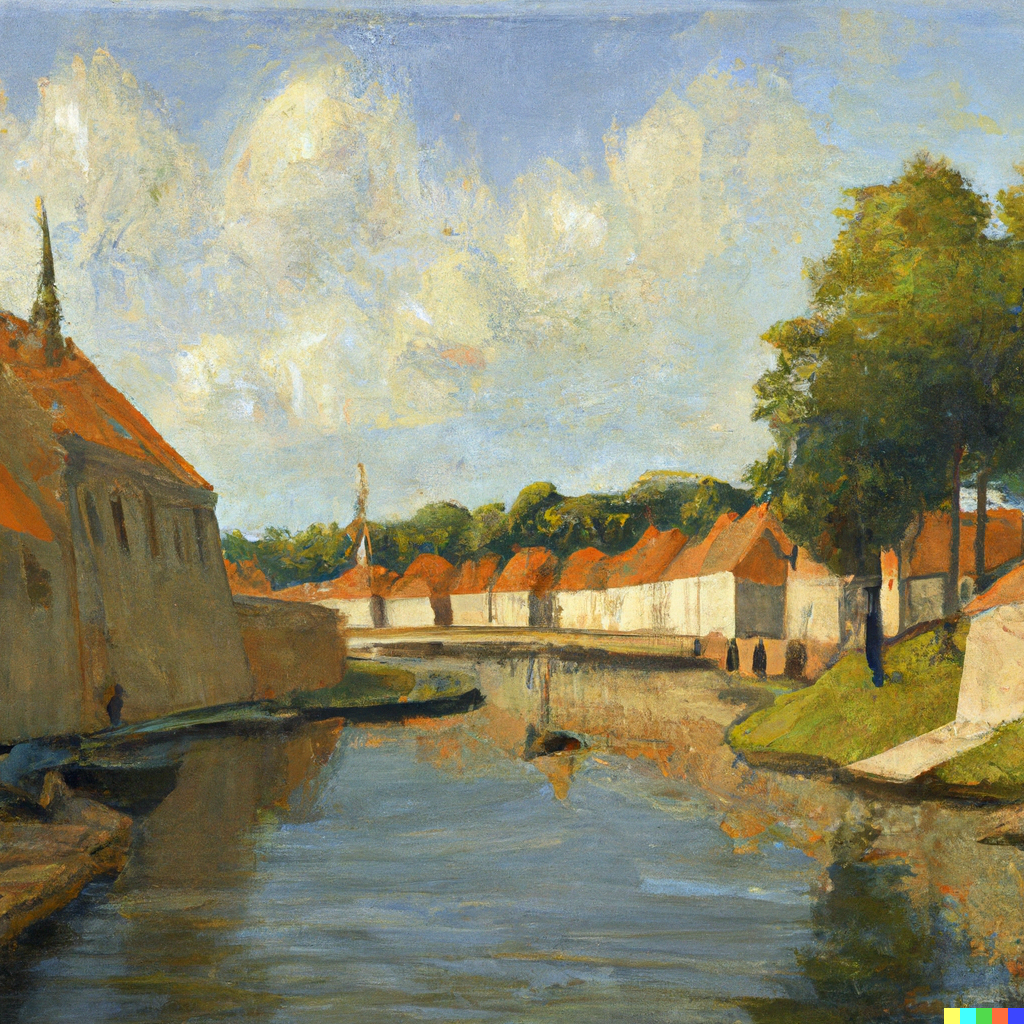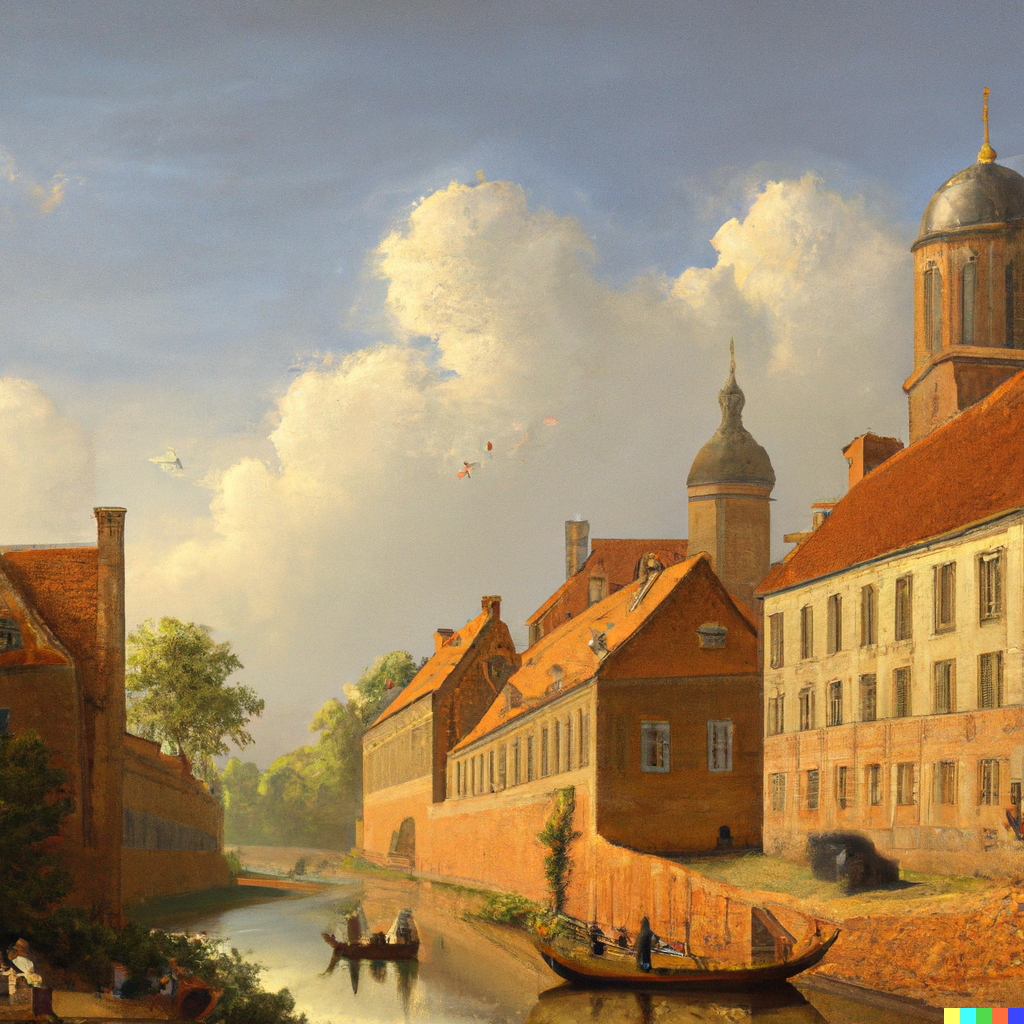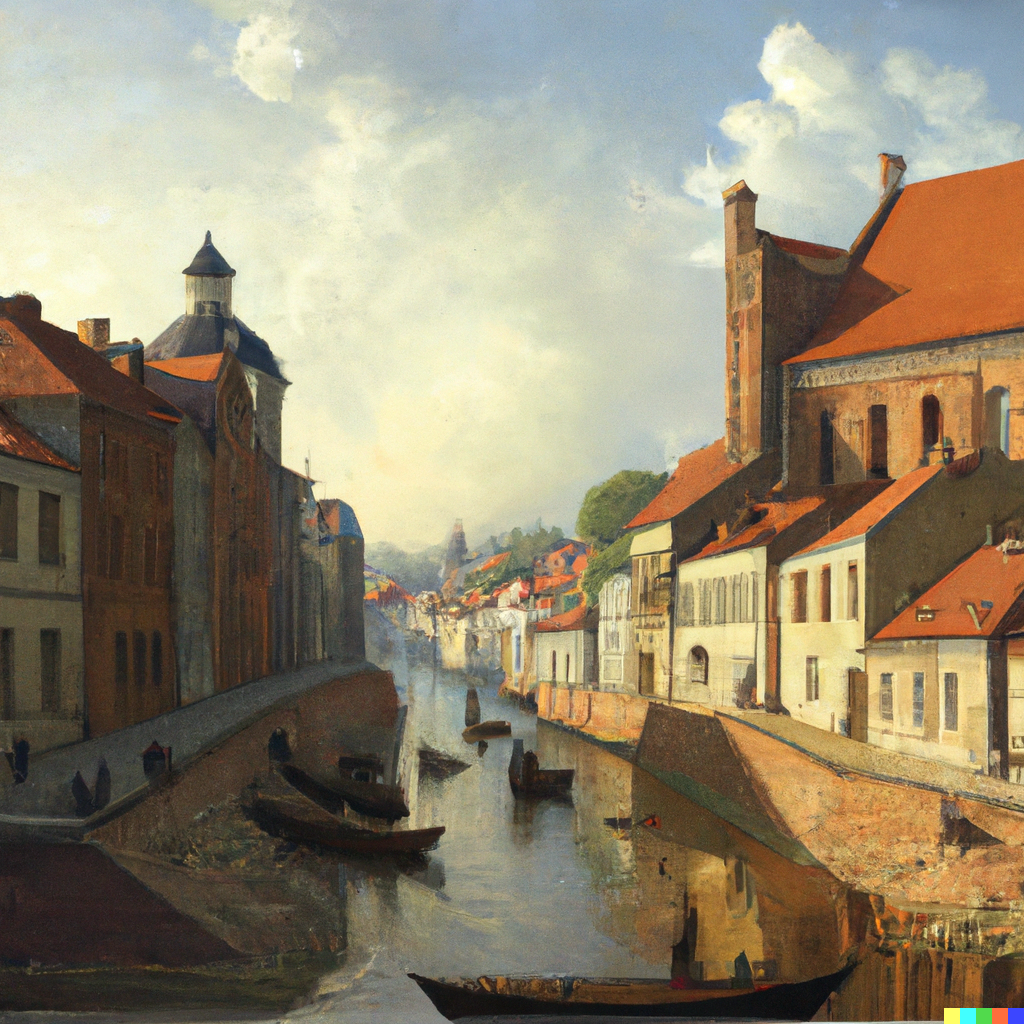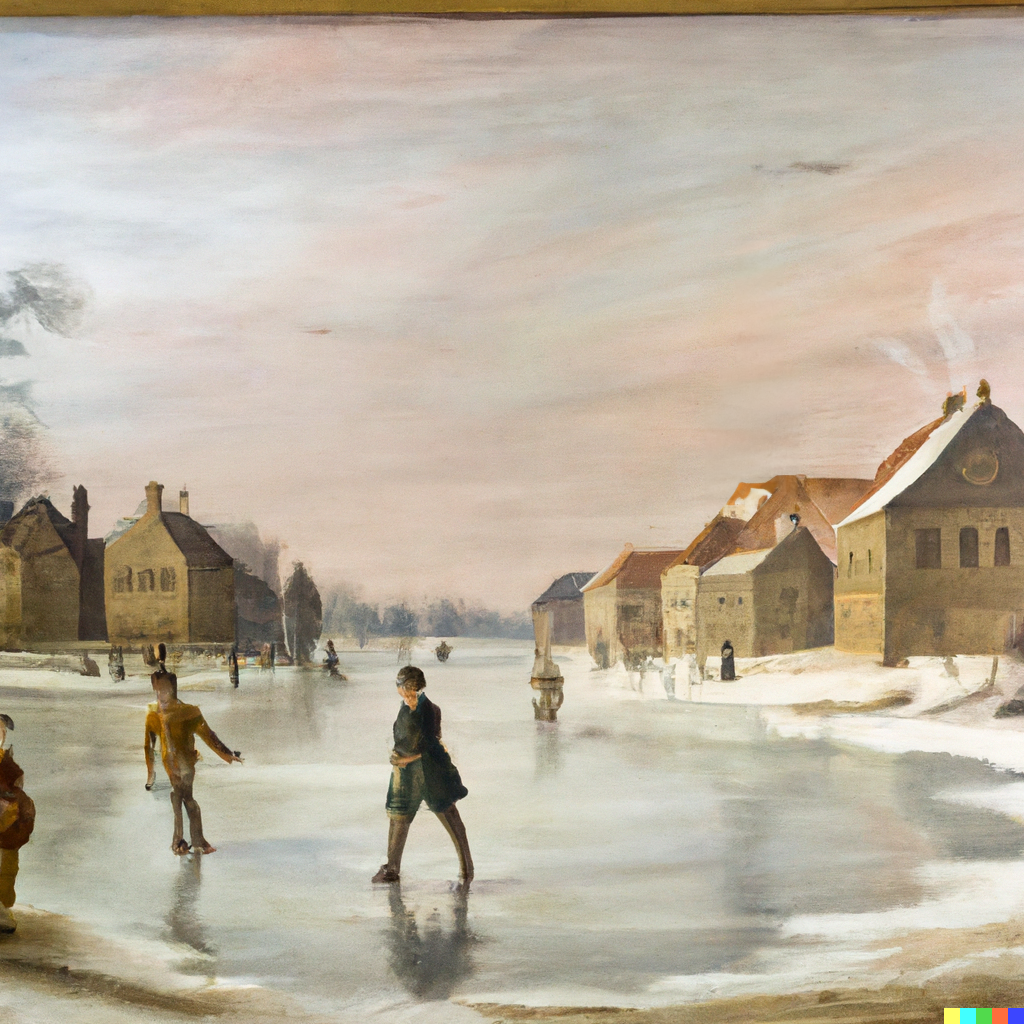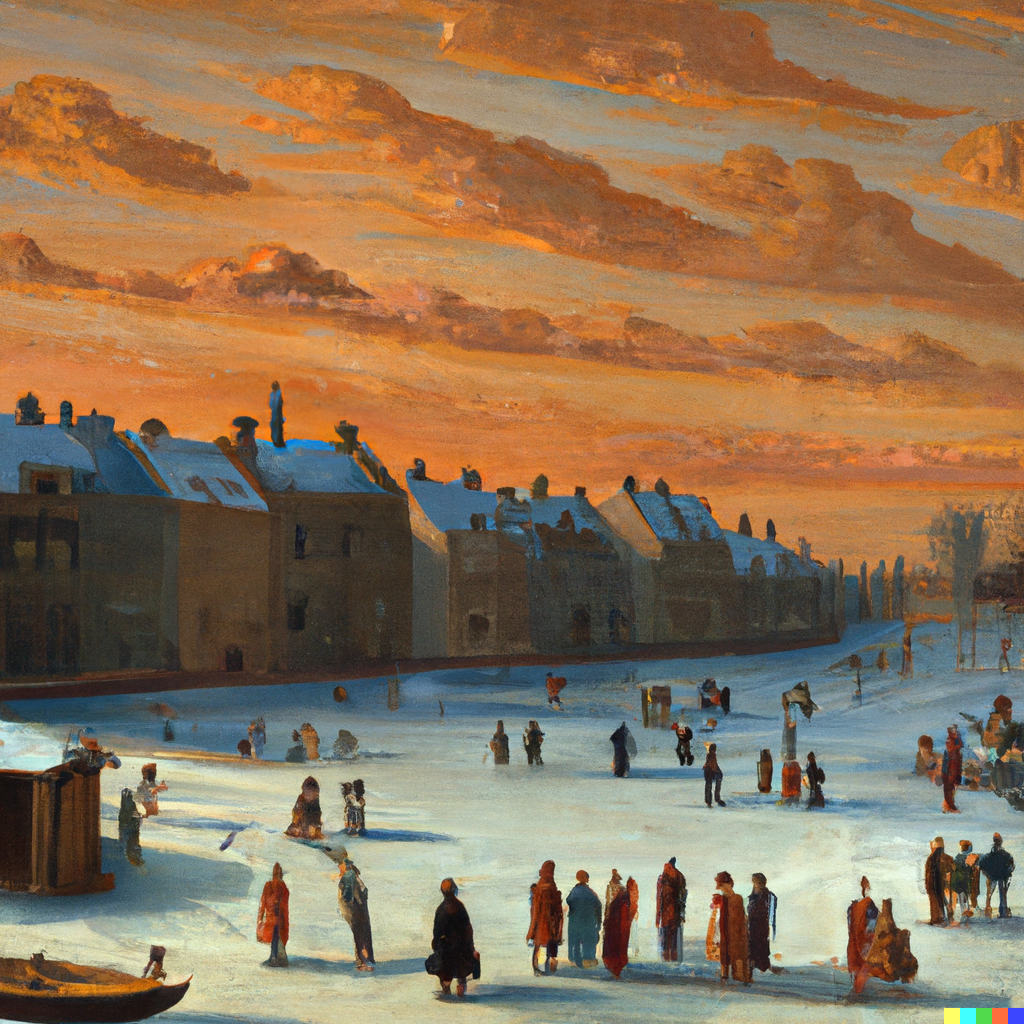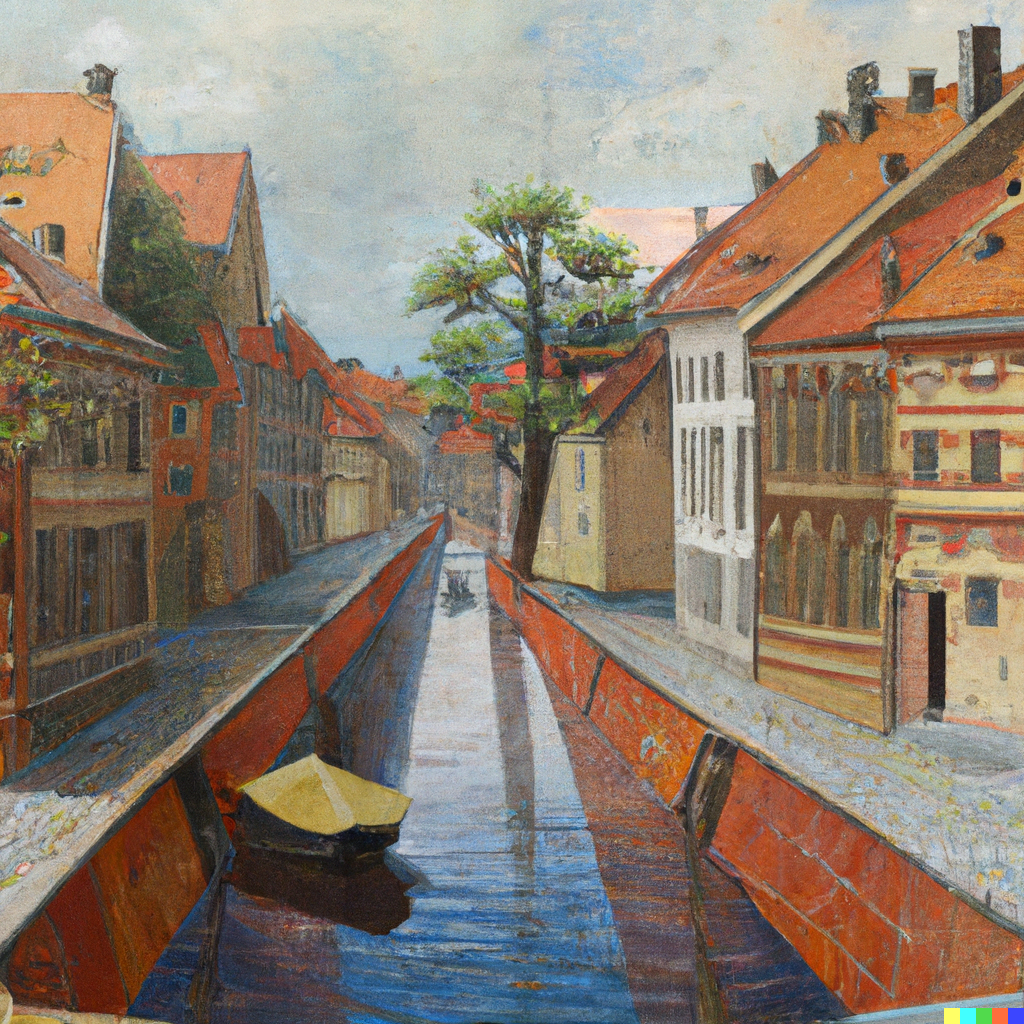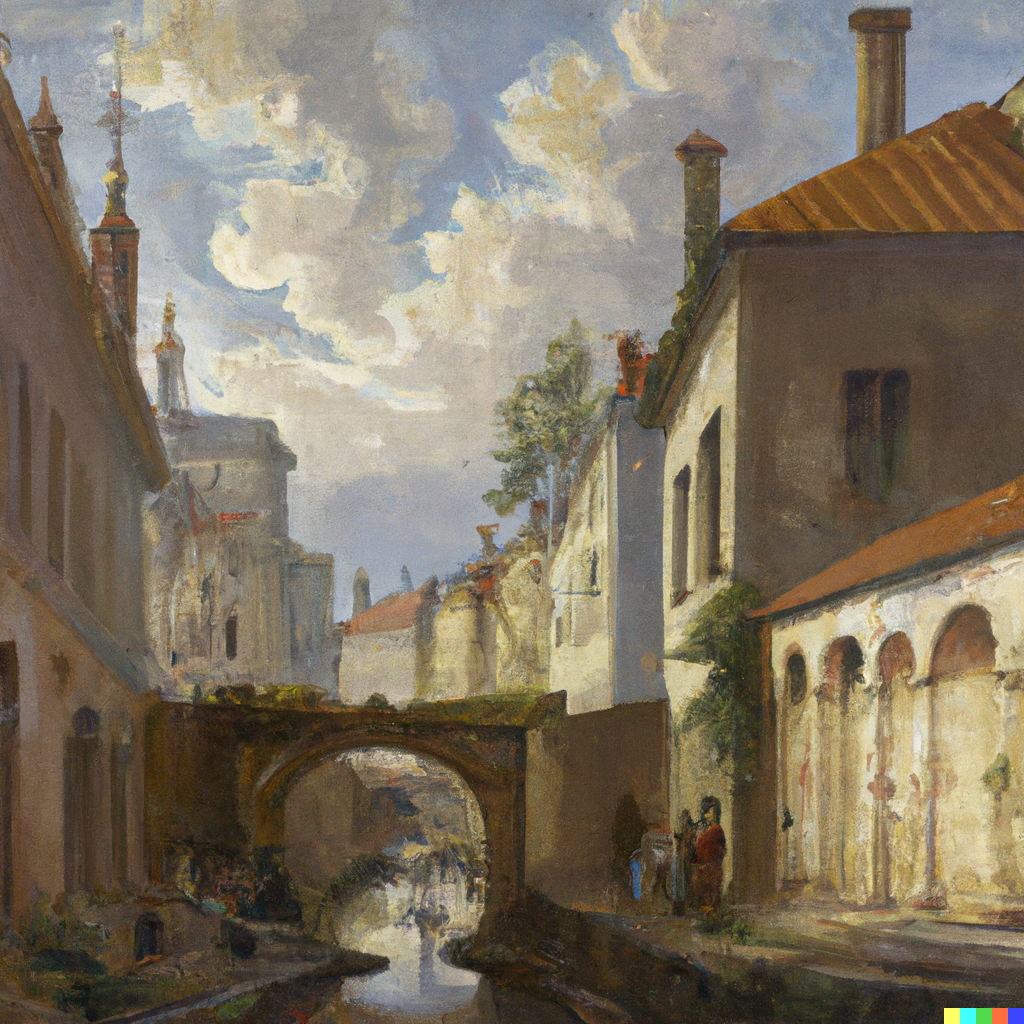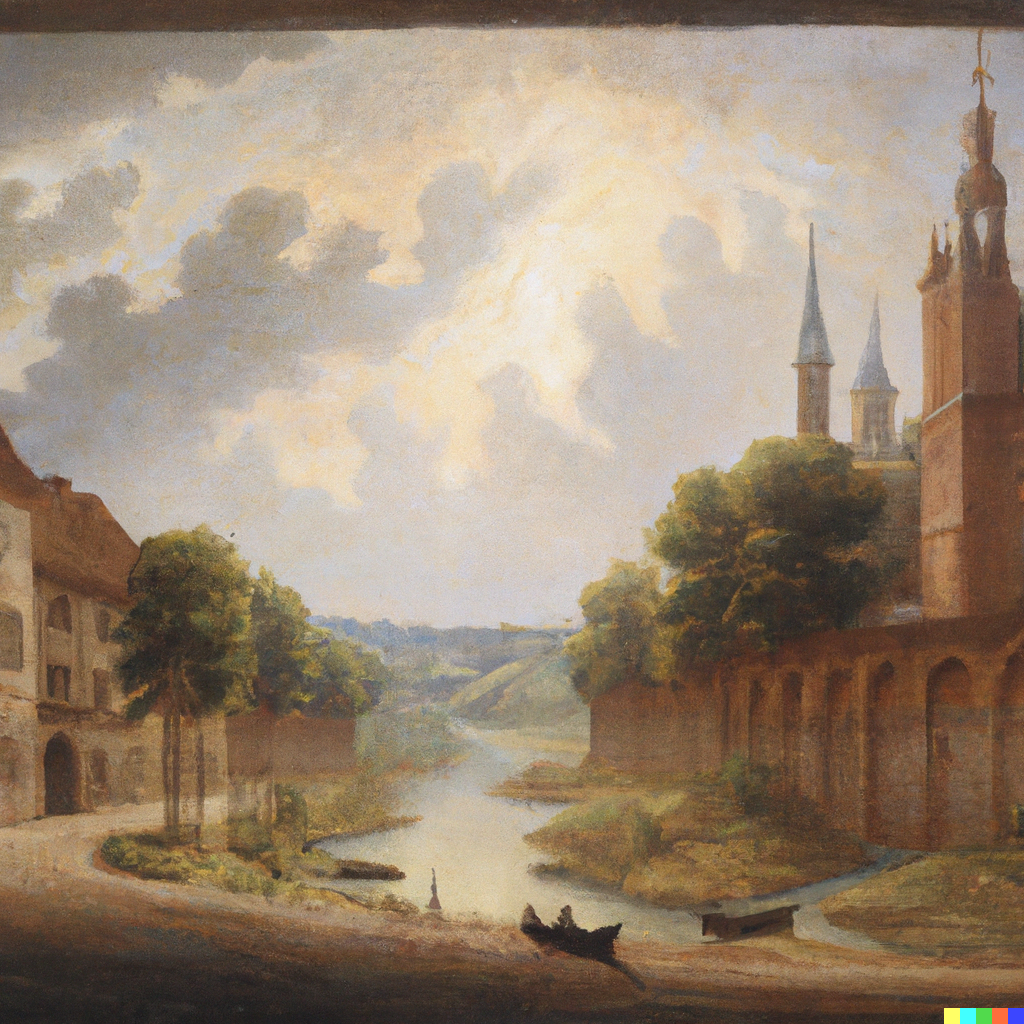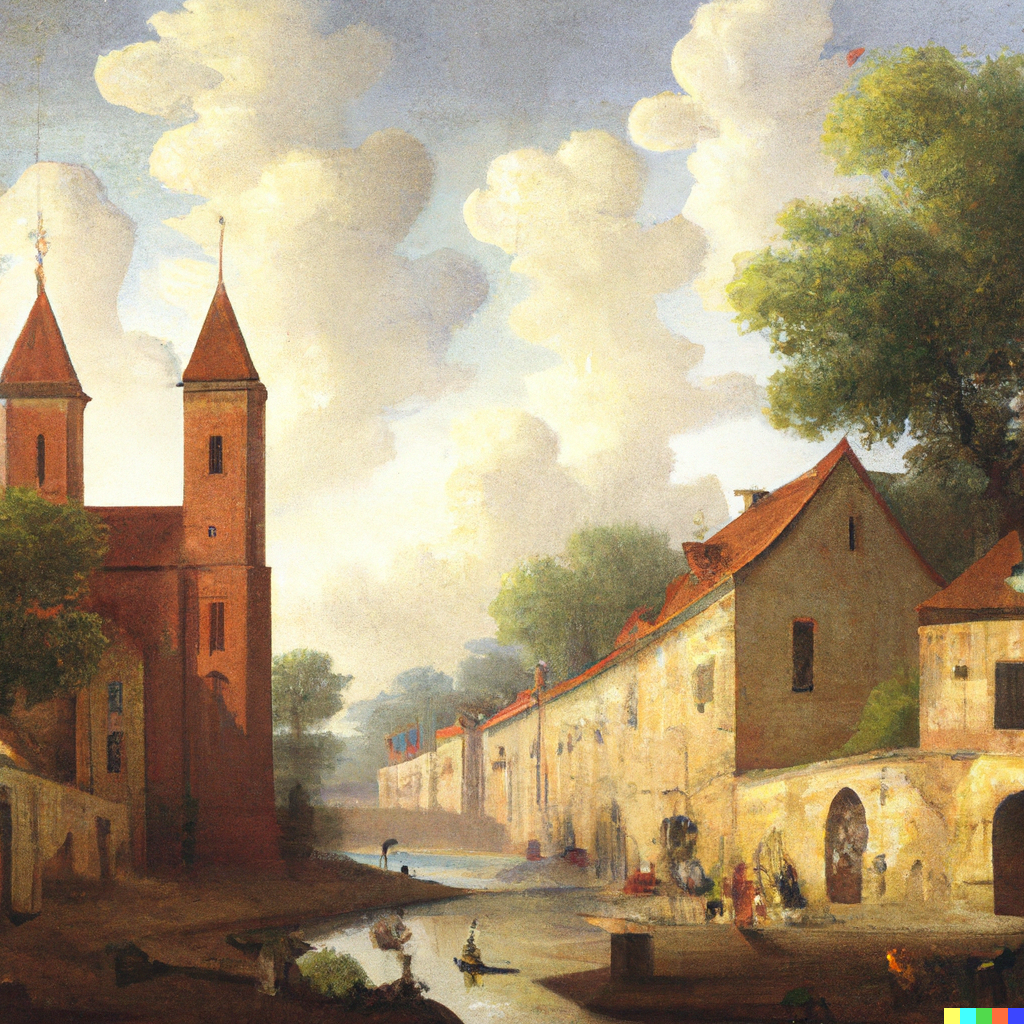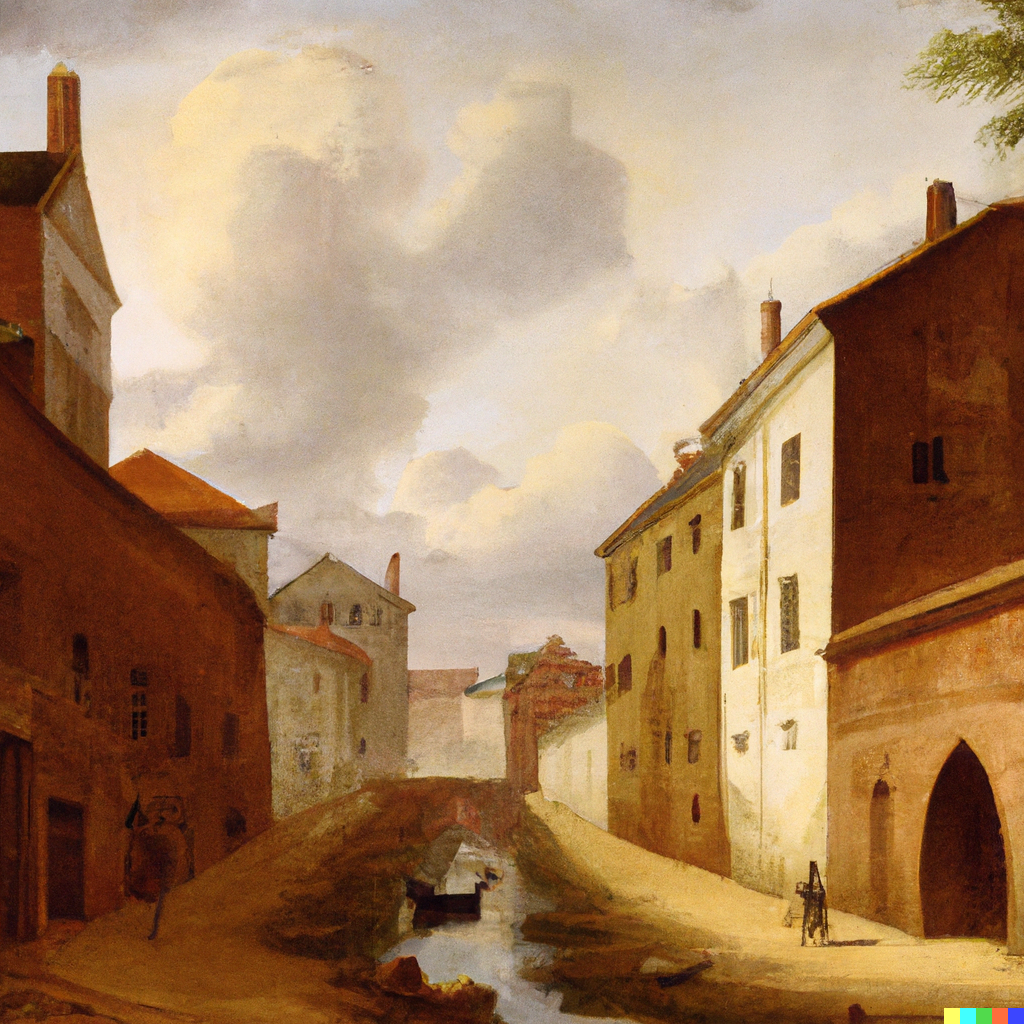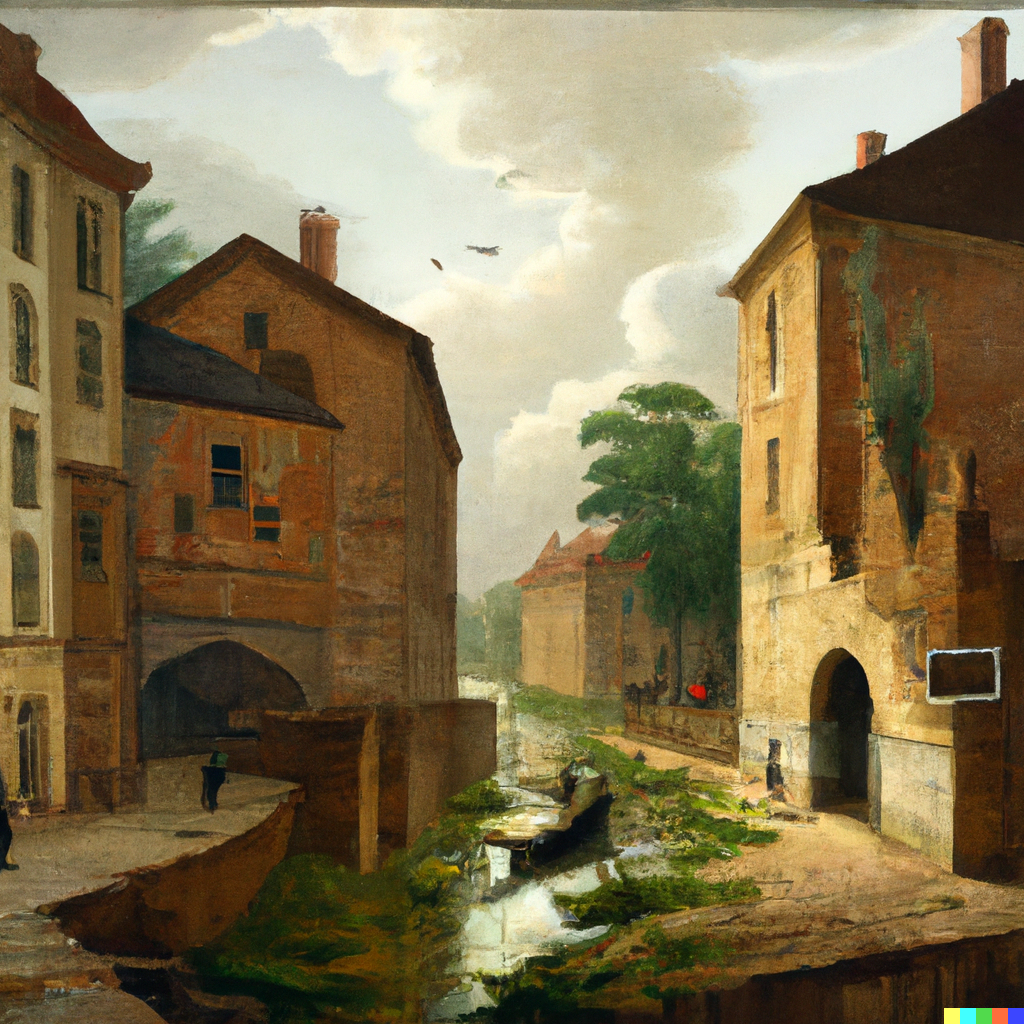The demise of Twitter and Facebook together with the rise of Mastodon is one of the biggest changes in online culture in the last decade and, naturally, I am covering it in my upcoming 2022 year in review. But in drafting it, the section on Mastodon kept growing until I thought it best to break it out into a separate post. The first part, an overview of Mastodon and its rise, is likely to be most interesting to general readers. The second part is a set of observations about how Mastodon could be improved, intended as an offering to improve the platform on its own terms, not to replicate existing social media. While I am relatively new to Mastodon, I have also been on the Internet for over thirty years and I started on more decentralized platforms like USENET, email lists, and forums, not to mention a scholar of network culture for well over twenty years so I have seen a lot of things work and a lot of things break.
I. The Rise of Mastodon
After a decade and a half of corporate social media, the current system, dominated by Facebook and Twitter, is spent. Who would have thought that algorithms designed to reduce engagement with actual friends and to instead promote celebrity and brand worship as well as political polarization would drive away people of all political persuasions? Who could imagine a VR world of cartoon avatars that look like legless small children would not be an attractive alternative to the workplace, be it real or Zoom? Who would think promoting genocide and allowing shootings to be live-streamed would be a bad idea? Increasingly, Facebook is a brand for old people like America Online, Talbots, or Prevention. The broader public is finally sick of this mental diarrhea and the result has been a rout for social media stocks. Like Facebook, Twitter had been in decline for years and Elon Musk’s purchase of Twitter has been a massive unforced error, destroying both the network and any lingering shred of credibility he still possessed. As I wrote this last night, the site went down for hours. Both Twitter and Elon are shot, their glory days are over and the end is near. Facebook can hardly be far behind, as doomed as Mark Zuckerberg’s presidential ambitions.
Mastodon was founded in 2016 and while I signed up for it a while back, I didn’t find it a compelling place for things that interested me—partly because I hadn’t encountered any good guides on how to do so and partly because it had few active users. Even though Mastodon still has less active users than any major social media network, as anyone who has been involved in technology in the last forty years will tell you, it’s not the number of users that matters, it’s how steep the growth curve is and starting with the Twitter exodus in November the numbers of monthly active users has grown at least tenfold from 300,000 to 2.5 million. Moreover, the engagement I am getting on Mastodon is far greater than on Twitter: a ratio of about 2 posts for every new follower on Mastodon, as opposed to 48 to one on Twitter. Within a month, I have found myself with almost half as many followers on Mastodon as on my two-year-old Twitter account (I purposely burned my previous account out of frustration during the end of the trumpenjahren). Moreover, whereas many of my Twitter followers are random bots, confused political extremists who have made a colossal mistake in following me, or accounts that haven’t been used in a year, my Mastodon friends are chiefly interested in experimental technology, art, and music, are native plant enthusiasts, are people who dream of a less corporate network culture, e.g. exactly the kind of intelligent friends I’d like to engage with. What interests me is the community of individuals working with art and technology I have met. I have seen more interesting work in a couple of months on Mastodon than I have in years on Twitter. I think part of the reason for this is that while Mastodon is about as technically challenging as a toaster, that is still enough to scare off many people (like this reporter), so it has the advantage of being a relatively good place, at least for now.
Crucially, Activitypub, the system underlying Mastodon, is a protocol, not a platform owned by a corporation (see this article on protocols vs. platforms by Mike Masnick). Mastodon is a non-profit that rejects VC funding and does not insert advertising in its feeds. But Mastodon isn’t just an open-source alternative to Twitter, it is a decentralized system that uses individual servers, (“instances” in Mastodon parlance) that are linked (“federated”) together. It is possible, although challenging and relatively expensive (unclear how much, but I would budget about as much as to operate a website or $100-$300 a year), to create one’s own instance and while there are instances that have hundreds of thousands of users (such as the one I am on, mastodon.social), there are also quite a few instances with only a few dozen users.
Whereas in traditional social networks content moderation is the purview of a large corporation, at Mastodon it devolves to the administration of each instance. Terms of service are up to each instance and if the administrators of one instance feel that another instance is not moderating content appropriately, they can stop federating with it. Extremist social network Gab, for example, is an instance, but most other instances refuse to connect to it. If it turns out that mastodon.social—which is clearly progressive politically—is not federating with instances that have reasonable albeit right-wing views, I might leave it for an instance that is more broad in its thinking, the same goes if extremists from either side begin to take over. This is only a hypothetical situation, but it gives me an out that other social networks don’t. There are few easy solutions to content moderation and as law scholar Alex Rozenshtein argues in this piece, the debates are likely to be “messy and public.” I noted that one Mastodon server devoted to archivists, librarians, and museum workers also bans images of insects that aren’t marked as sensitive, requiring a direct click to see. This would be quite disheartening for a curator of entomology! I suspect instances with overly restrictive regulations will be less popular in the end and that will largely be a good thing. That said, for now, I personally avoid posting political positions and avoid following anyone who posts too many. I don’t need another shitshow like Twitter and I certainly don’t need to get my news from people posting on social media.
Again, joining Mastodon isn’t difficult for anyone with a minor degree of tech savviness: you start by choosing an instance at joinmastodon.org based on what you want to see, where you live, or maybe based on your profession (for example, journalist, mathematician, or infosec), then you start following people. You can follow me at @[email protected] but, if you have a Twitter account, a good way to follow individuals is to use movetodon, which scrapes the profiles of people you follow on Twitter to identify their mastodon account. Your main feed on Mastodon is composed of the people and hashtags you follow, but there are also both local and federated feeds, which show the most recent posts for either condition. In this case, being on a server that matters to you might make more sense.
II. Observations and Comments about Mastodon
First, discovery is something that Mastodon needs to work on. Understandably, search works for one’s server as well as for hashtags, but broader search across instances isn’t possible. This is apparently by design, to avoid trolls who search for topics to drop into. But the problem remains. How does one find something obscure, say posts about Nakagin Capsule Tower that aren’t tagged #nakagin? This seems to be a stumbling block that requires some really innovative thought.
Second, while it is possible to repost (or “boost”) a post (or “toot”), it isn’t possible to quote a post as this is seen as similarly seen as creating an atmosphere that encourages trolling. A number of Black social media users have complained that this undoes the call-and-response culture in their community. I would add that the real harm on Twitter isn’t from retweets, it’s from subtweets, in which someone takes a screenshot of a tweet and then adds a derogatory comment that the original poster, or lolcow, isn’t even aware of.
Third, the instance model is designed to encourage people to interact with their local community, as most smaller servers are based on self-identification. This is a great idea. One of the most destructive aspects of network culture has been a loss of subcultures and underground movements. Instead, we have a boring global soup. But having to choose an instance forces some individuals into making tough choices: is one’s sexual identity more important than one’s profession, is one’s country more important than one’s sexual identity, is one’s profession more important than one’s race? As of now, while one can see a local feed or a feed of everyone on Mastodon (useless at best), it seems impossible to see another server’s feed without joining it or making the effort to visit the server’s web page. The current solution preferred—multiple accounts—would make some sense for someone whose sexual identity and ethnic identity are important but who also wants to join a professional server, but what about someone whose identity brings together history, music synthesis, technology and art (e.g. me)? These are hard choices to make and it seems that being able to read and interact with feeds from multiple instances seems important.
Fourth and most crucially, Mastodon should create a distinct way to follow big accounts such as news sources and (gulp), celebrities of all stripes. The Long Tail is a ruse. The Internet has been prone to the Pareto principle or 80/20 rule (80 percent of the traffic goes to 20 percent of the sites… usually those numbers are even worse). Now Pareto wasn’t out there to promote democracy, he thought those 20 percent should rule society, an idea that immediately appealed to Mussolini. Social media companies have sought to encourage this, implementing algorithms to promote posts that get more likes instead of ranking posts chronologically. Facebook did this in 2009, constantly tweaking the algorithm in ways that made it worse and worse each time. Twitter ceased using chronological sorting and implemented its algorithm in 2016. By some uncanny coincidence, an idiot was elected US President in 2016, largely on the back of his Alzheimer’s induced tweets and, coincidentally Twitter also ceased being an interesting place to use that year. Social media algorithms set out to reinforce a model based on influence (as well as power and wealth) accumulating to a small number of individuals. They are terrible. But stars and influencers are also responsible for encouraging people to come to them (for example, one individual on Mastodon, who is also a well-known actor and social media personality follows under a hundred individuals but has hundreds of thousands of followers and added “boost this toot” and to one of his posts earlier last month). I didn’t disagree with his political message, but this seems deeply unhealthy to me as it reduces discourse to one-way communication dominated by the few. Now there might be situations in which this might make sense. For example, I might want to follow updates from my town, NASA, the location of Elon Musk’s jet, or a news source, and it seems ludicrous to expect them to follow me, plus as it is possible to follow RSS feeds (such as this blog) on Mastodon. But following a good number of these clogs up one’s timeline, which ideally should be a social feed from a community of friends. The solution here seems simple enough: create a section that we might call “channels” or “news” for these one-way accounts. That way, one could follow whatever one-way accounts one wanted while preserving the timeline for genuine interaction. This can be done with two lists now (say “friends” and “channels”), but that requires the active addition of accounts to each, which is needlessly time-consuming and means the timeline itself becomes useless. There is already a “News” tab on the official Mastodon iOS app, although not on the web interface, although this is already pre-populated with news sources and there appears to be no way to change this and is still meant to drive users to follow those profiles.
Fifth, from up in Section I, thinking of instances as communities or subcultures is an incredible step forward in building real places online, but it’s important to accommodate the natural human tendency to identify with multiple communities. Being able to register with, say, up to five instances to read and write to their local timelines would be better than just allowing local and federated timelines or at least make it possible to follow more than one local timeline.
